Shooting FT with a CCA/DIANA 430L
So, I decided to shoot the Maryland State Championship 2021 edition, with the same CCA/DIANA 430L, the excellent Vortex Optics Diamondback Tactical FFP 6-24 X 50 FFP EBR2C mrad and the very consistent H&N Baracuda FT (4.51/9.57) pellets.
I THINK the system acquitted itself quite nicely, as can be seen from the Match Results:
Shooting from an industrial/floorer knee pad, with no straps, jacket, or special stock (no hook, hamster, nor heavy weight) and a 24X scope, no clicking; this gun's 52 points was highest among spring-piston shooters, and only 4 points behind the only other score in the WFTF Division.
And the power level did play an important role in this match, as several targets failed to fall with the sub 12 ft-lbs hits if the hit was lower into the KZ, or if it was at the farthest reaches.
This is the second match I shoot with this system, so I am now more familiar with the trajectory and the wind drift.
Reading into my D.O.P.E.:
With a humble piston sporter, the success rate at the near targets was 79%, while the success at the far targets was only 67%.
A small explanation of all the info that goes into the DOPE might be useful:
P=position (Free, Standing, or Kneeling); R=Range (in meters), S=score.
By not putting down the hits you mentally challenge yourself to keep the card "clean".
Paper is waterproof and you write with either a "Sharpie", or pencil, to keep the whole thing waterproof.
The little dots by the "zeroes" is the believed POI for that miss.
The small "P"s means that I protested the target.
Notes are important, and I try to put them down just after the shoot, so I don't forget things.
EG: The far target on lane 5 was suspected by Keith Walters (my shooting squad mate) to be illegal, when ranged and the KZ measured through the reticle, I thought it was about a 53 TDR (½ mrad @ 32 meters is about 5/8" at 35 yards), when the targets were brought in I measured the KZ at 18 mm's (my pocketknife has a mm's ruler LOL!) so, a bit less, but very close the max stated in page 6, "Targets", Section "I" of the new rules (Feb 2021).
Keith brought it down, TWICE! He is a great shooter (together with Brian Van Lieuw, they posted the highest scores of the match; great shooting in anyone's book!), hopefully he will make the switch to WFTF after the end of the season, as the 2024 World's are slated to be held in the USA and it would be interesting to have him there.
So, the shoot was not an easy one, the scope was ranging accurately (within 1 meter either way), the rifle was putting the BFT's where it was aimed, and I was very happy with the performance of the system.
Now let's see some pictures:
It has also been an interesting "trip" to shoot the H&N BFT's; they are not for every barrel but, when you find a barrel that shoots them well, even at 730 fps, they can hold their own.
AND, this also shows that "simple" equipment can take you far in the FT game. That the FT game is not about power, but about accuracy, precision and Marksmanship.
So, next time you have the opportunity to go to a shoot, just "giddy-up-go" because you are sure to have fun, learn more than a few things, and meet some great people!
Keep well and shoot straight!
HM
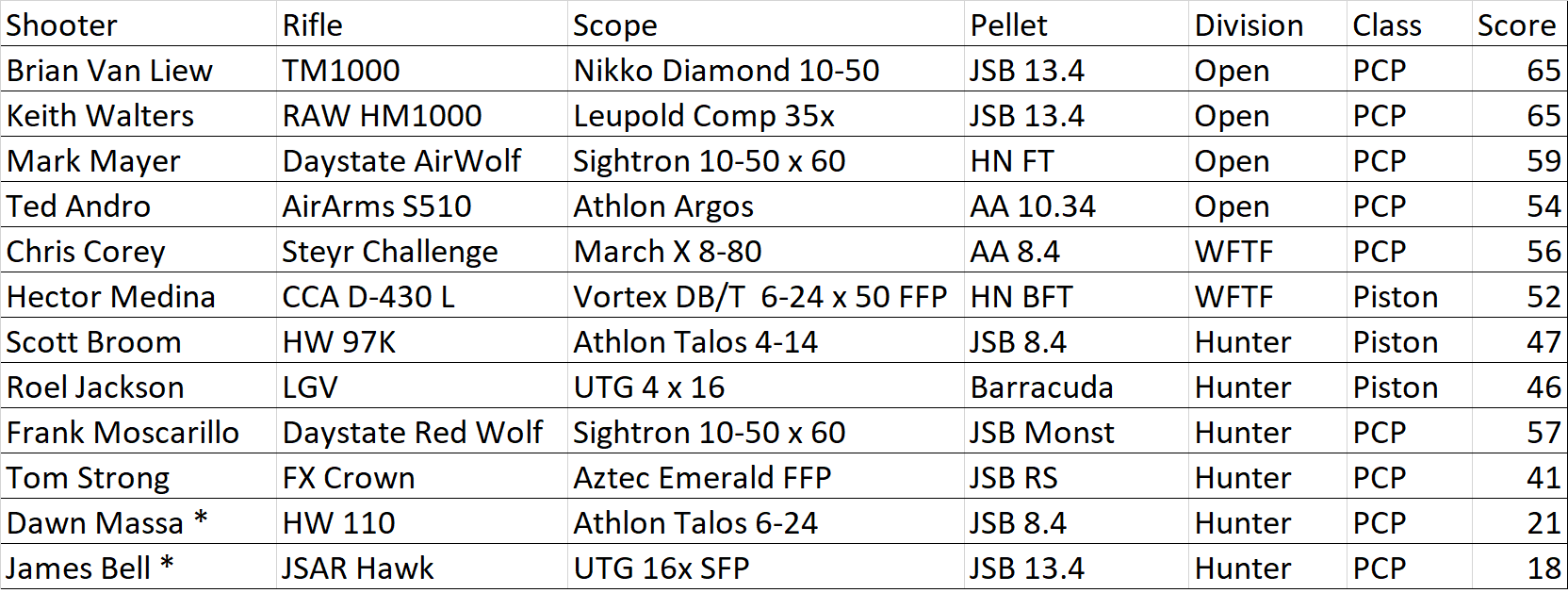
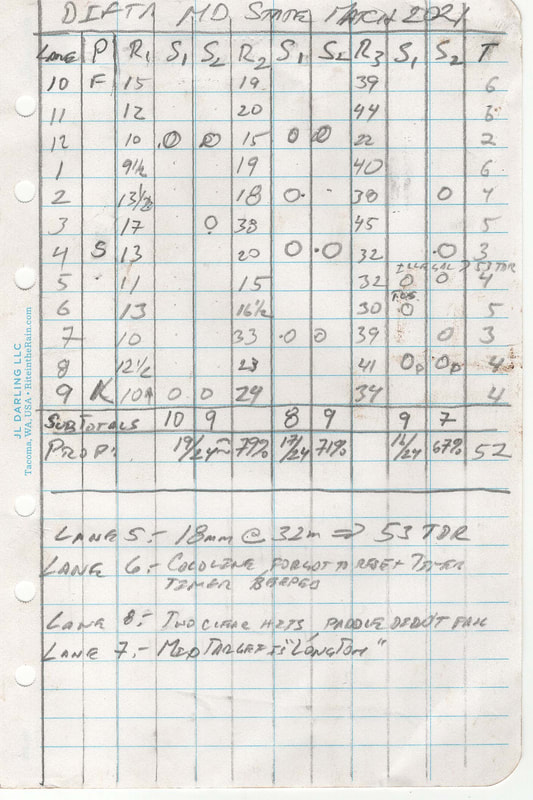
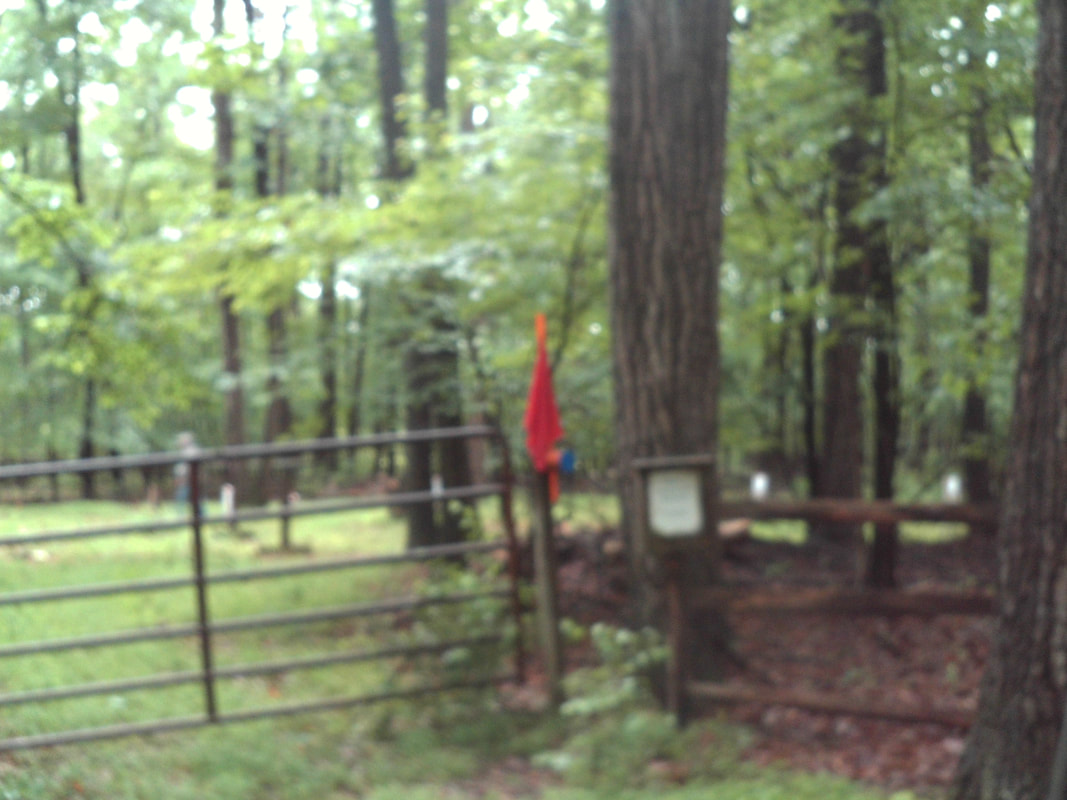
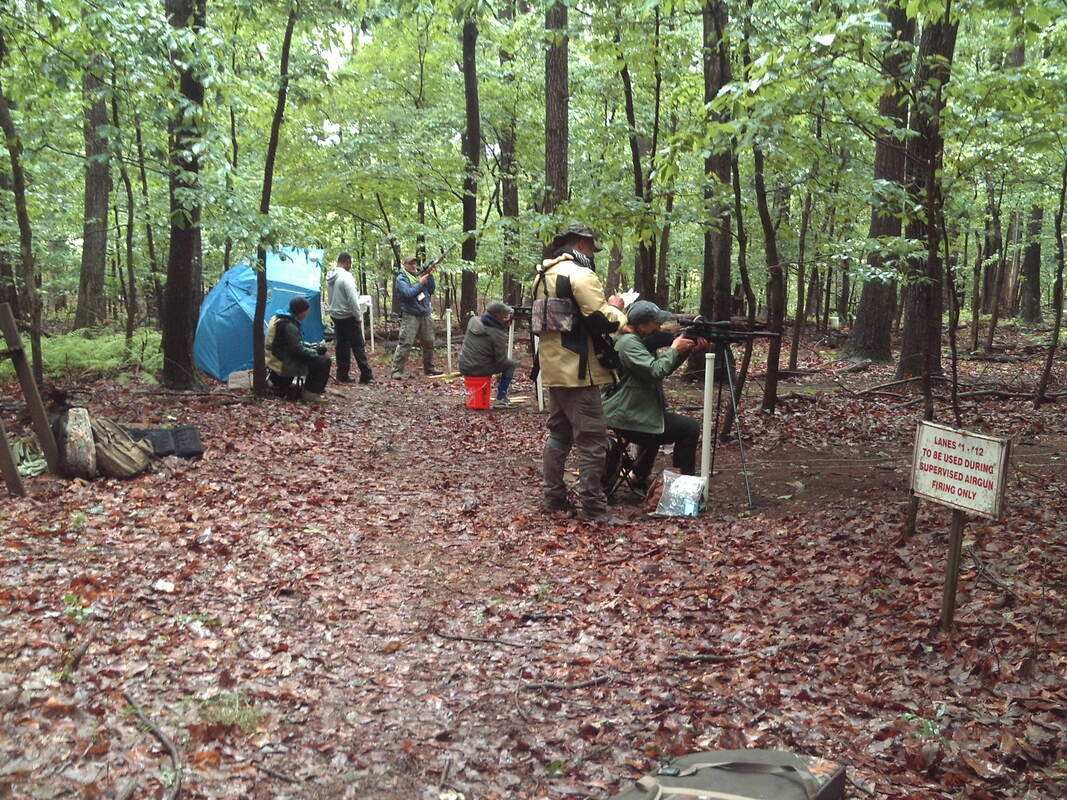
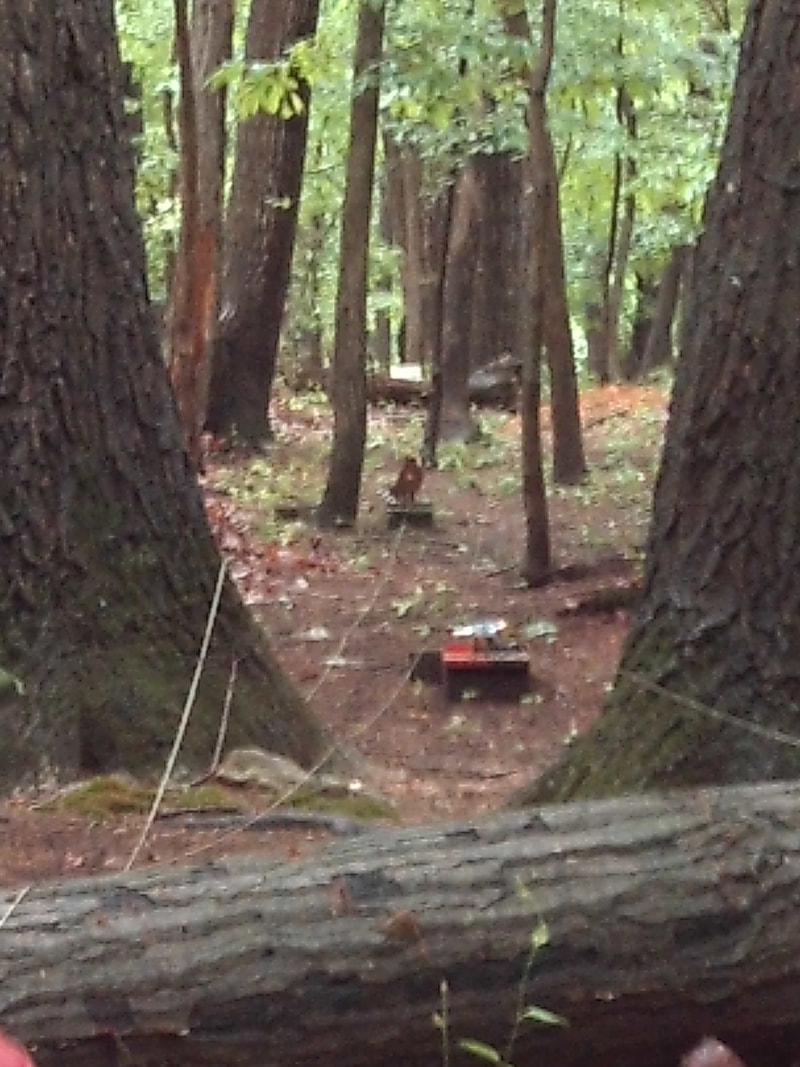
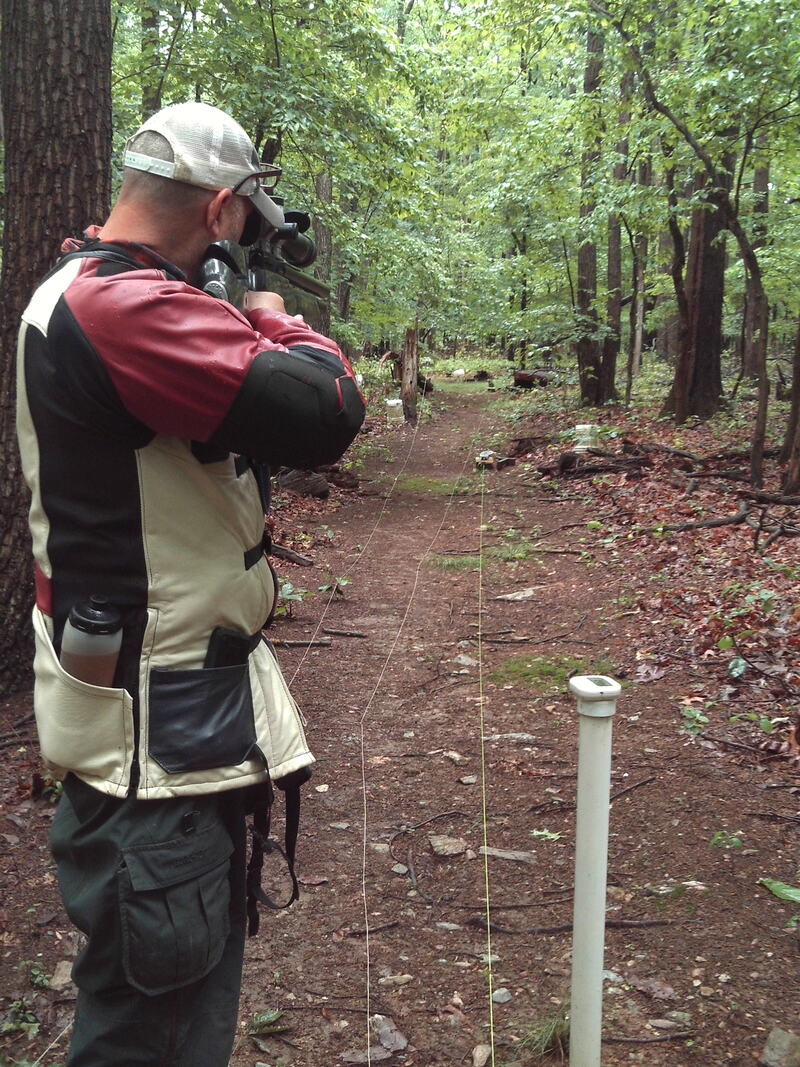
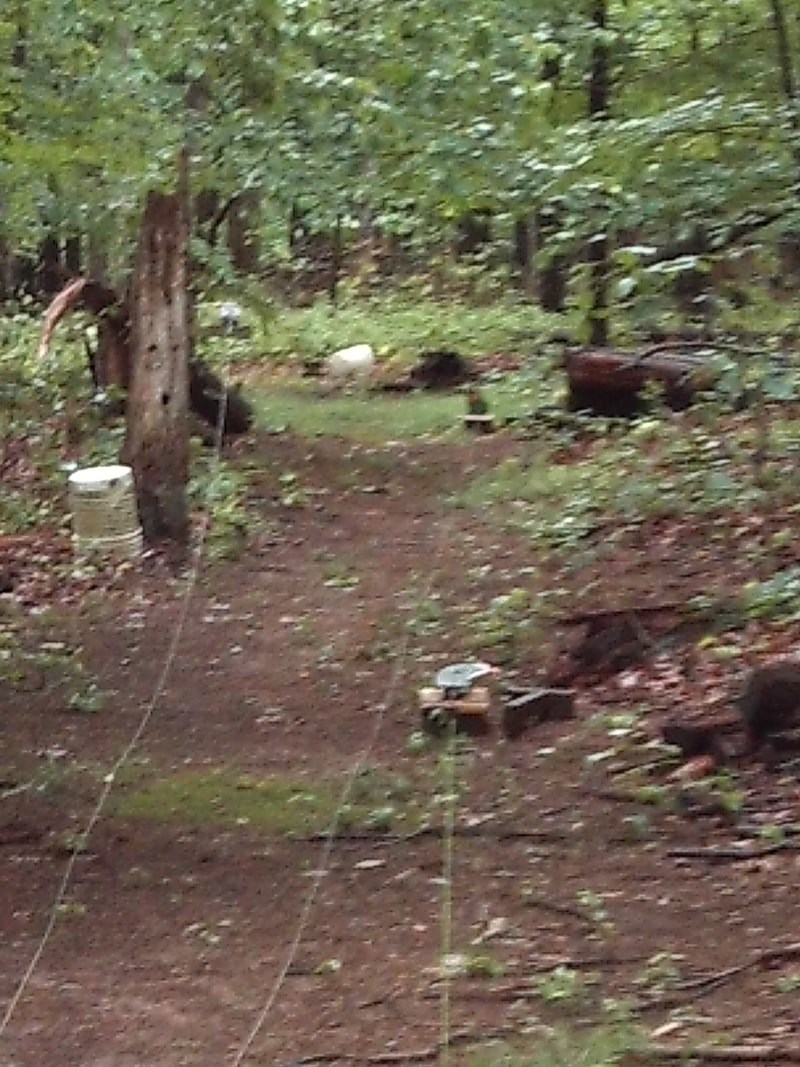
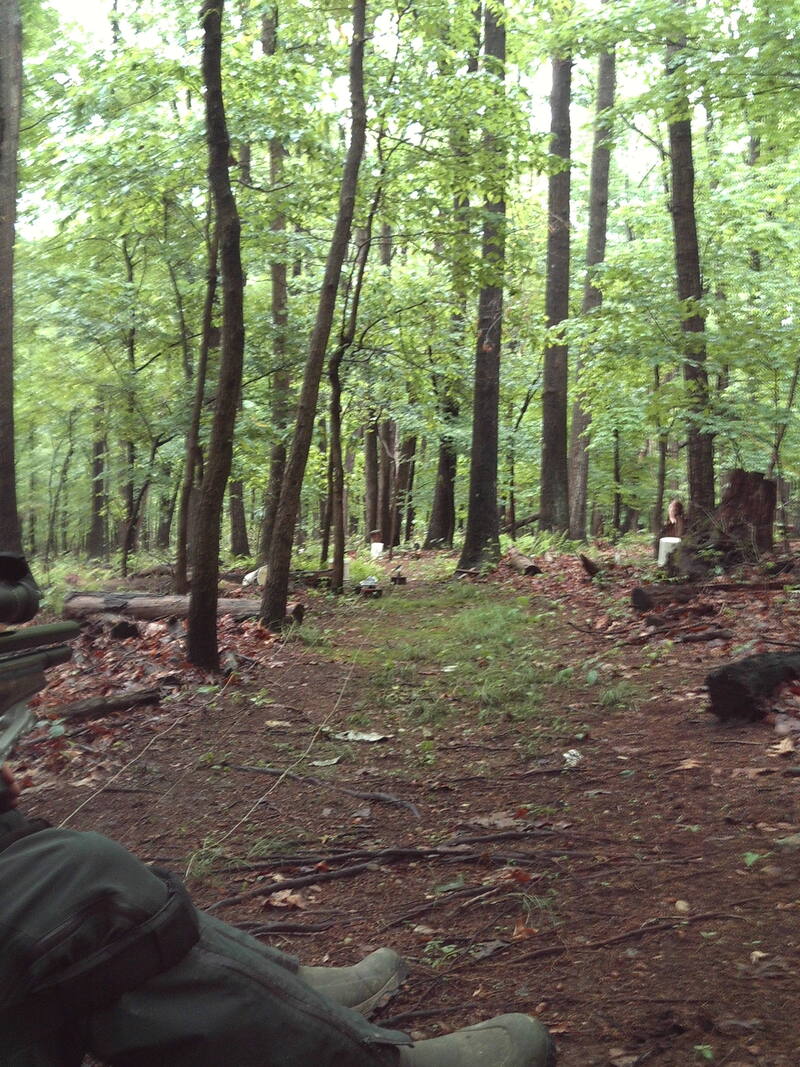
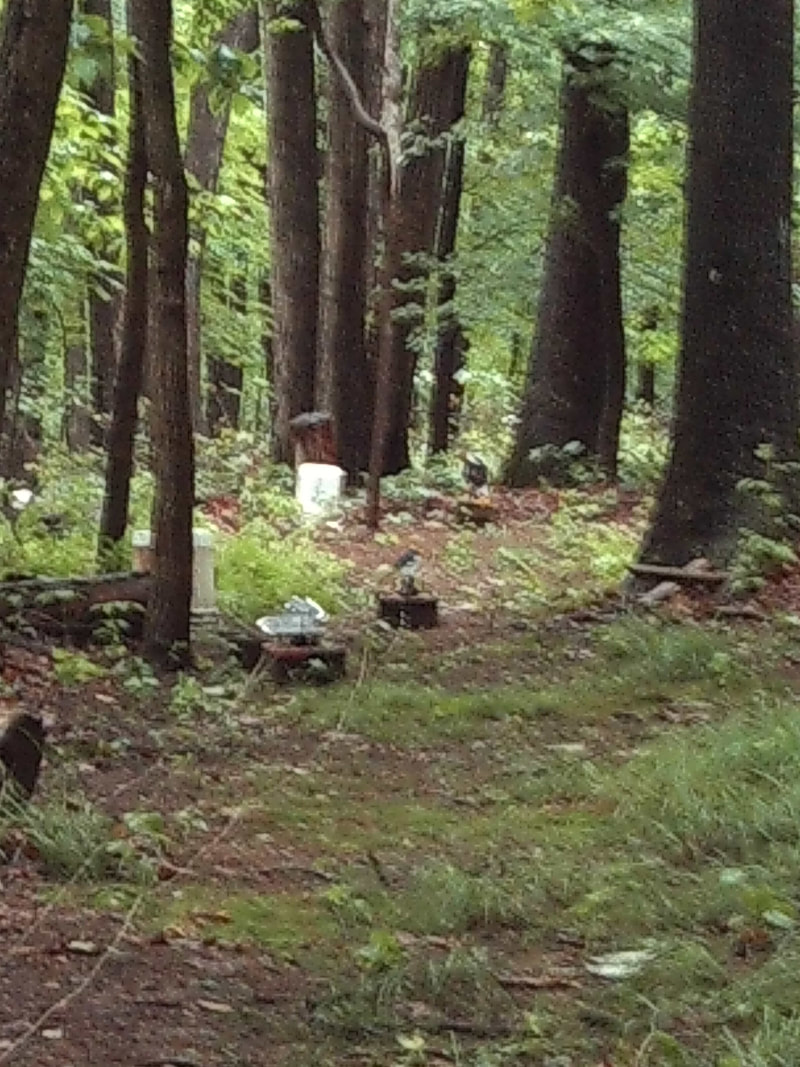
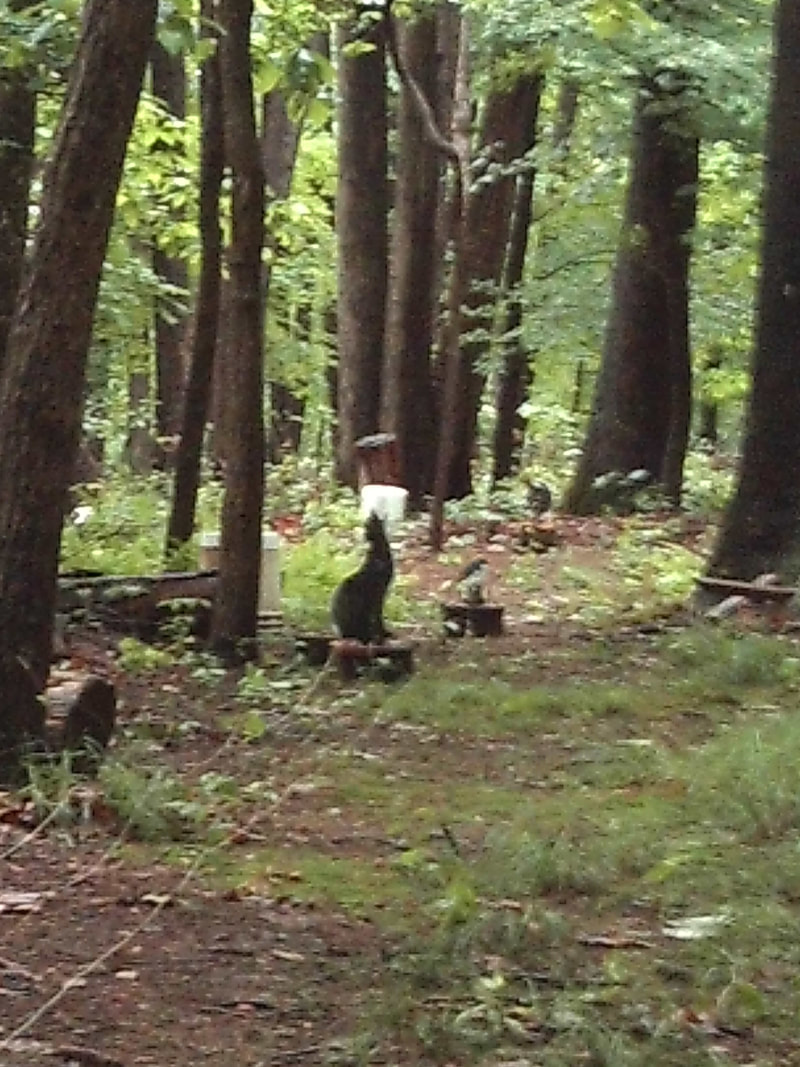
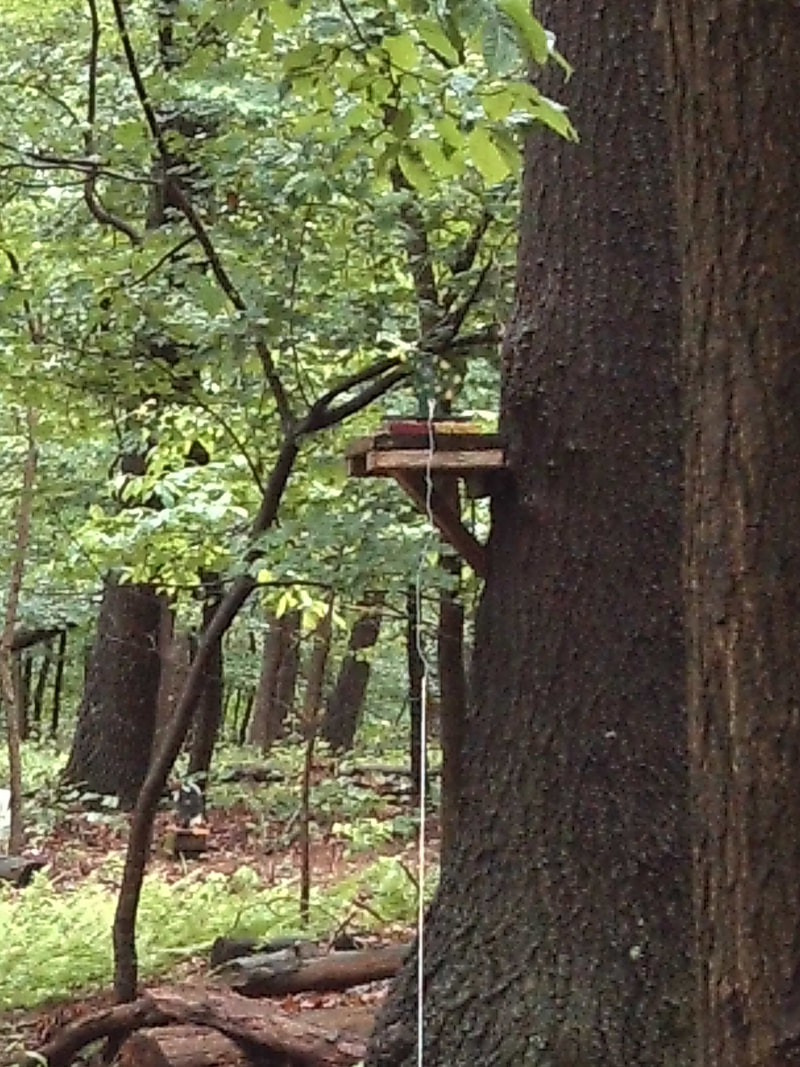
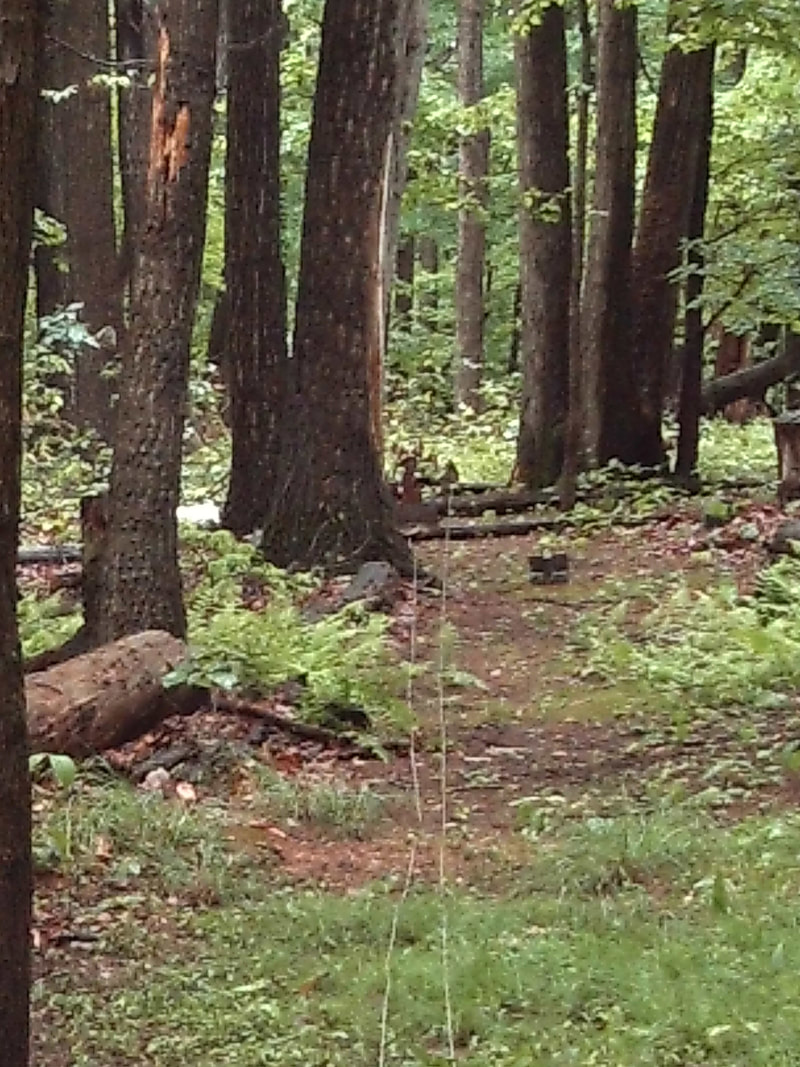
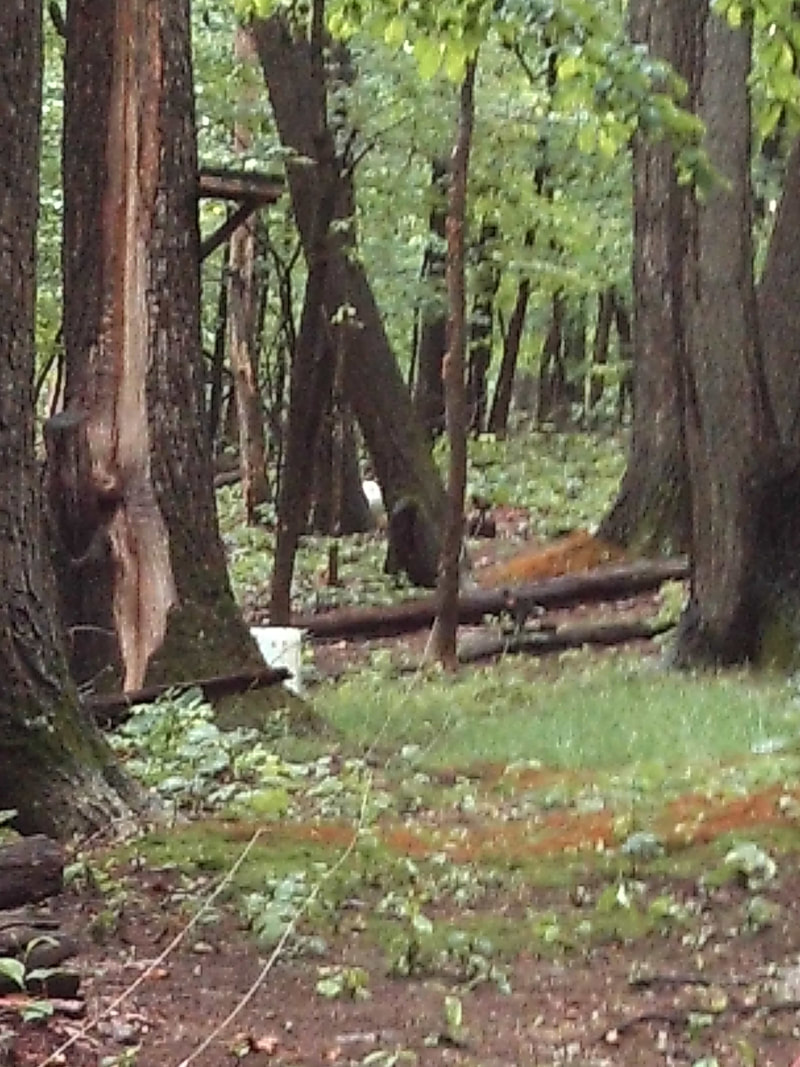
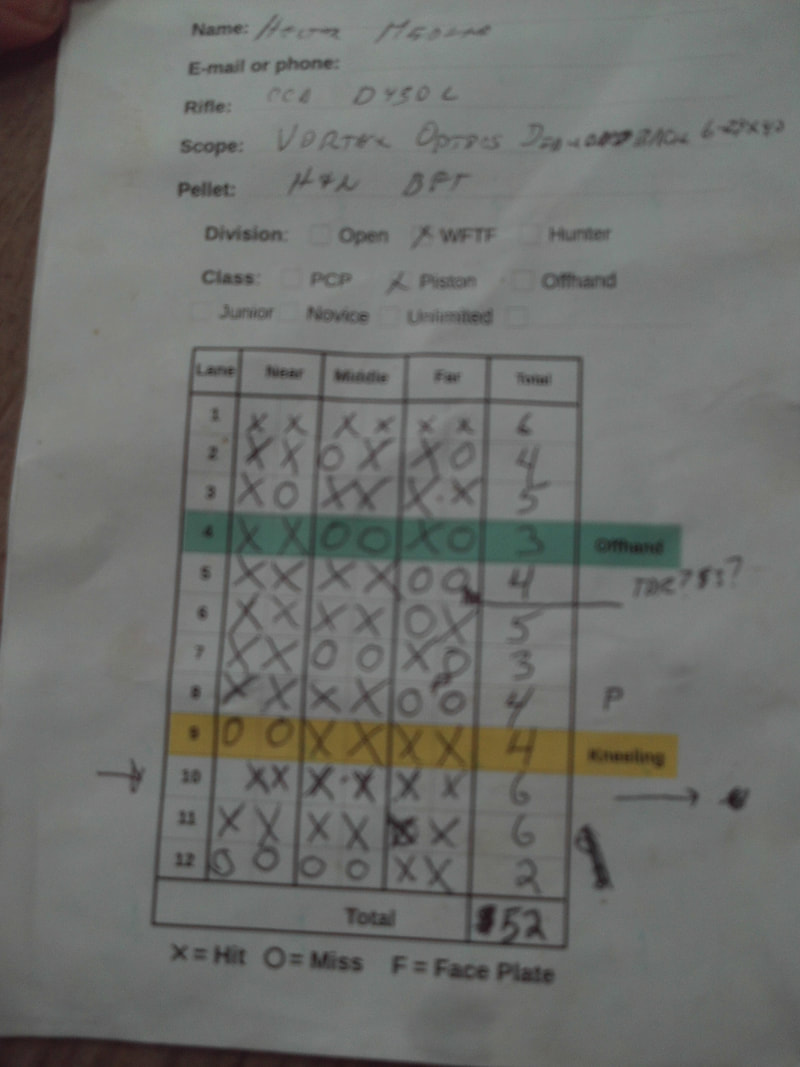
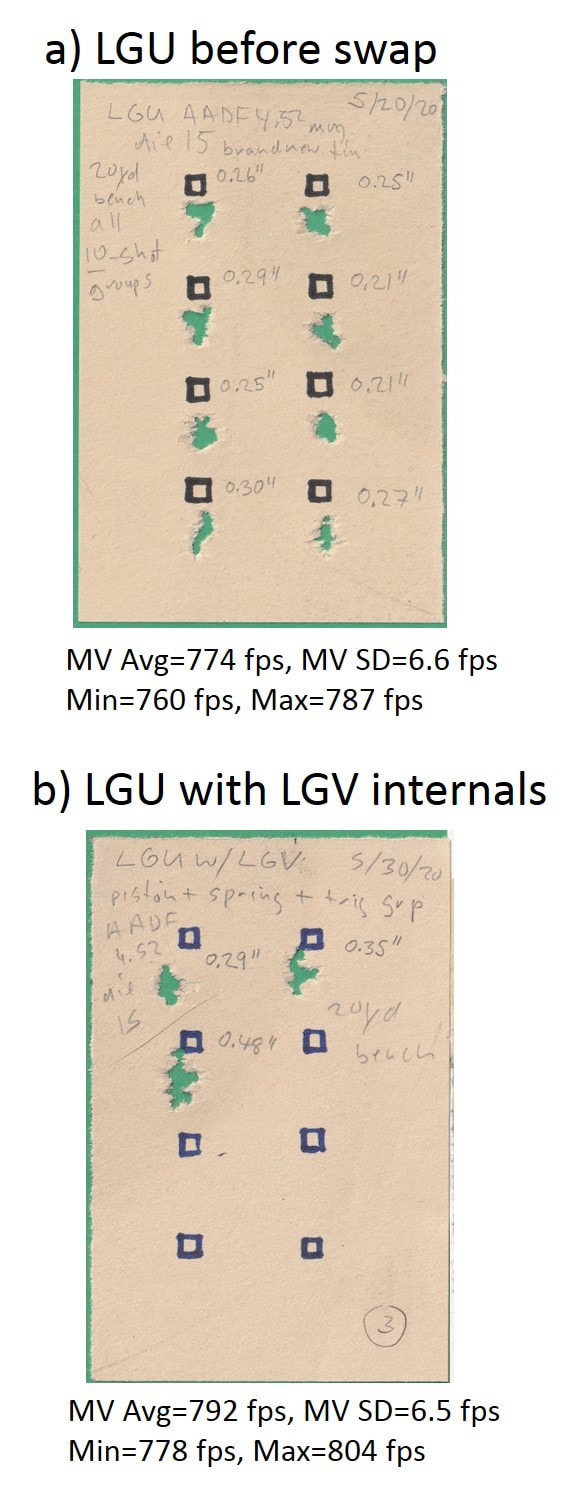
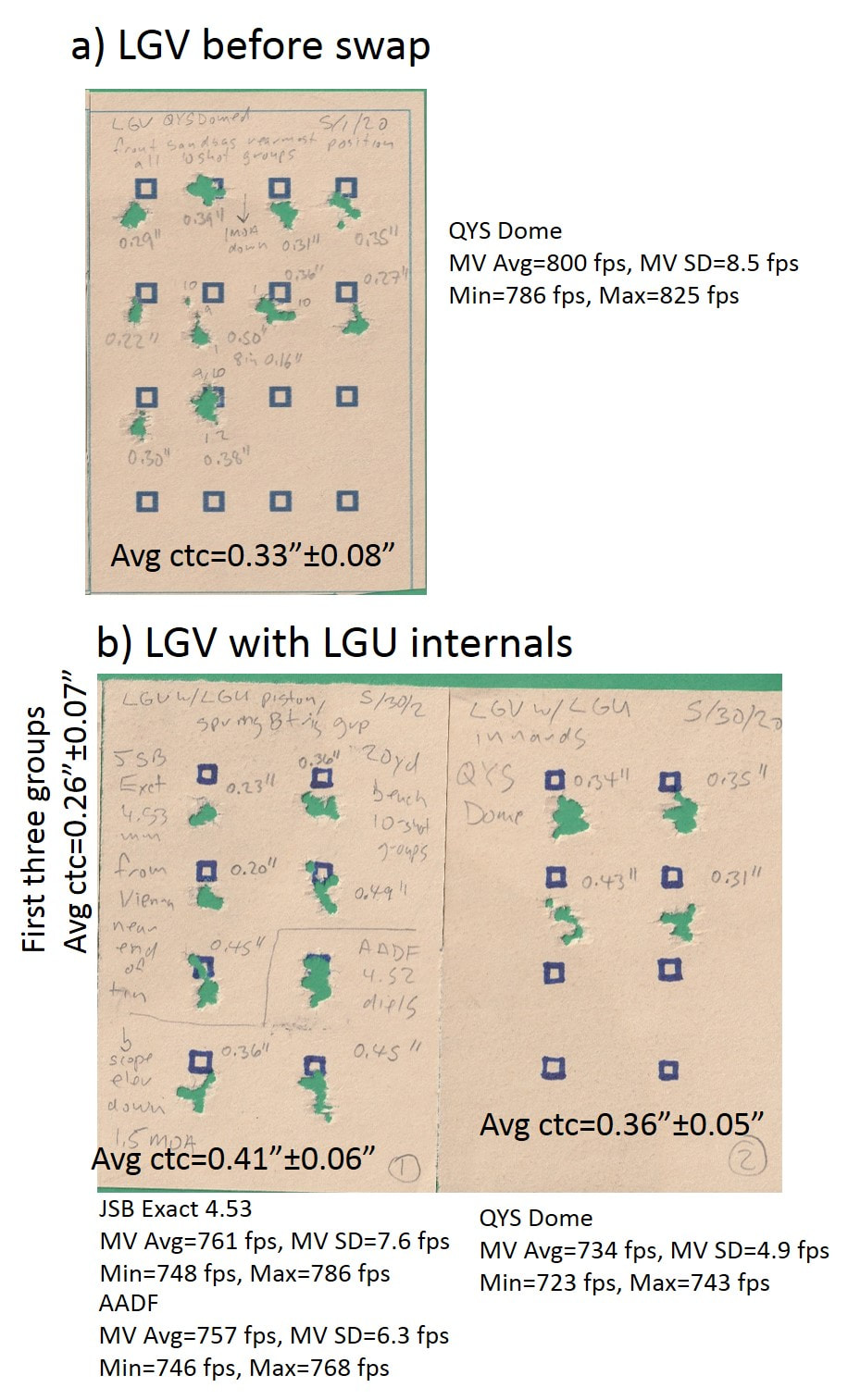
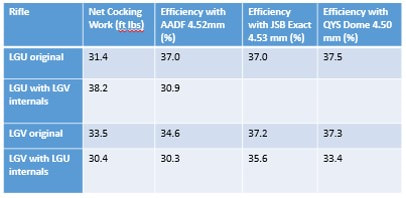
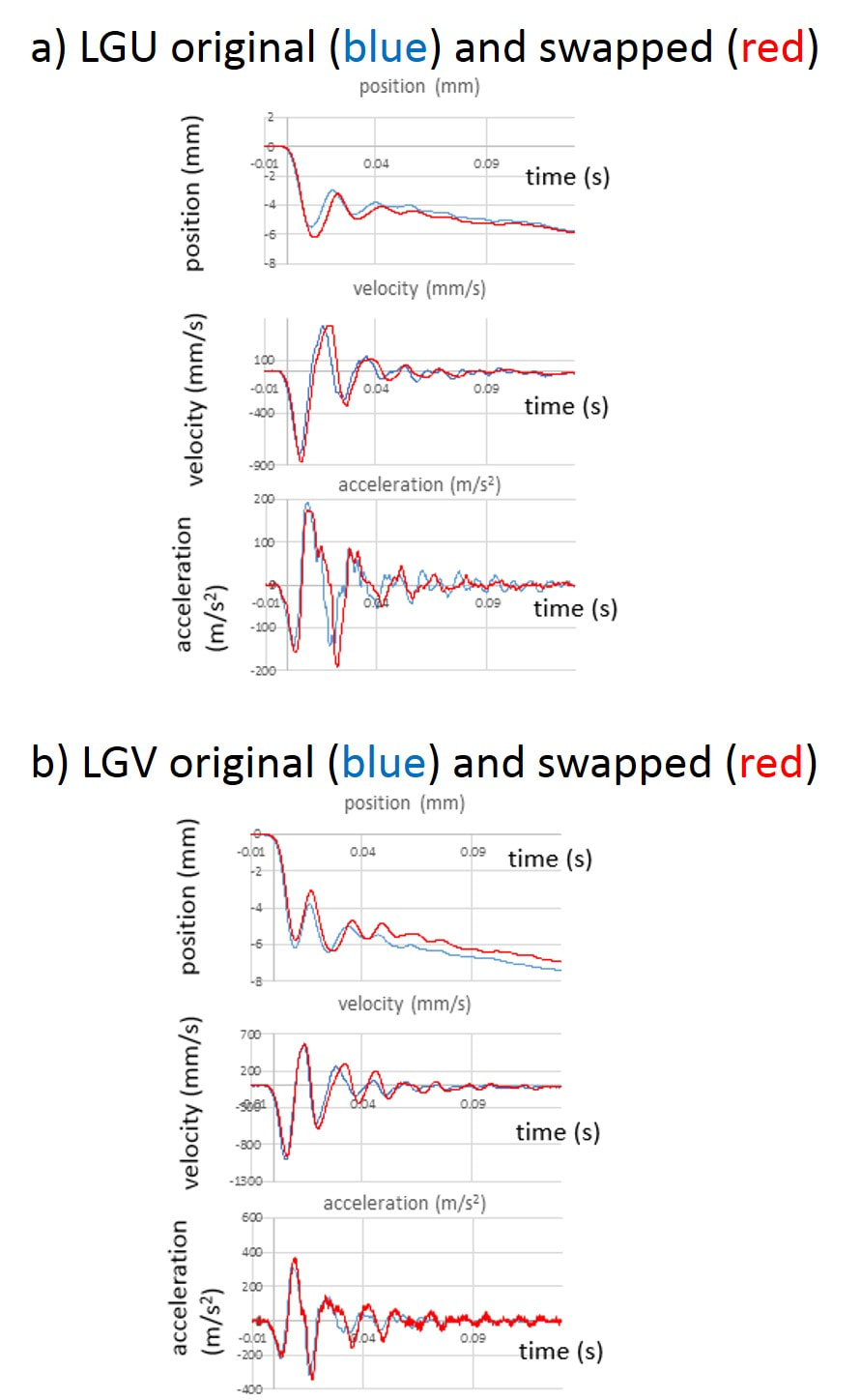
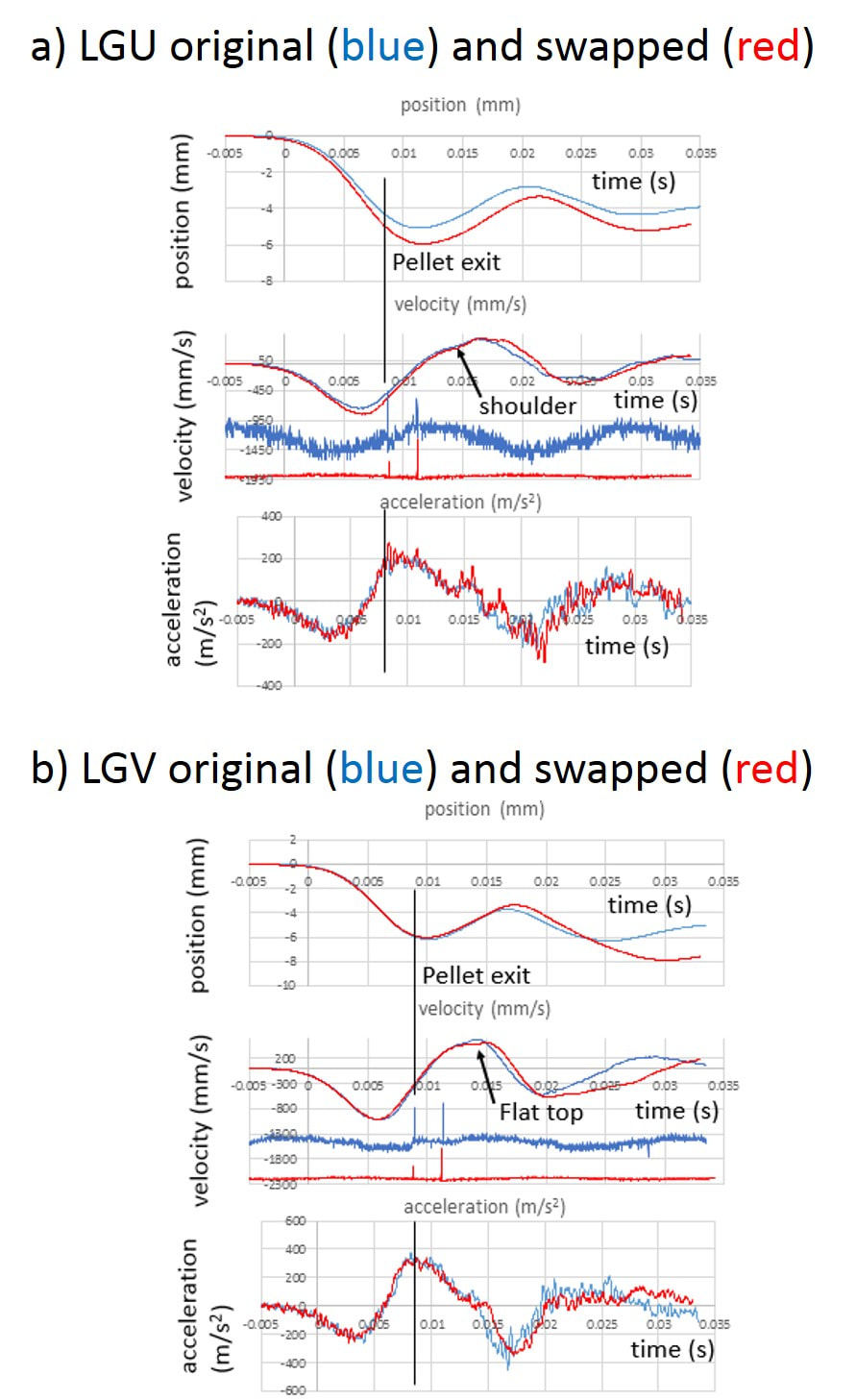
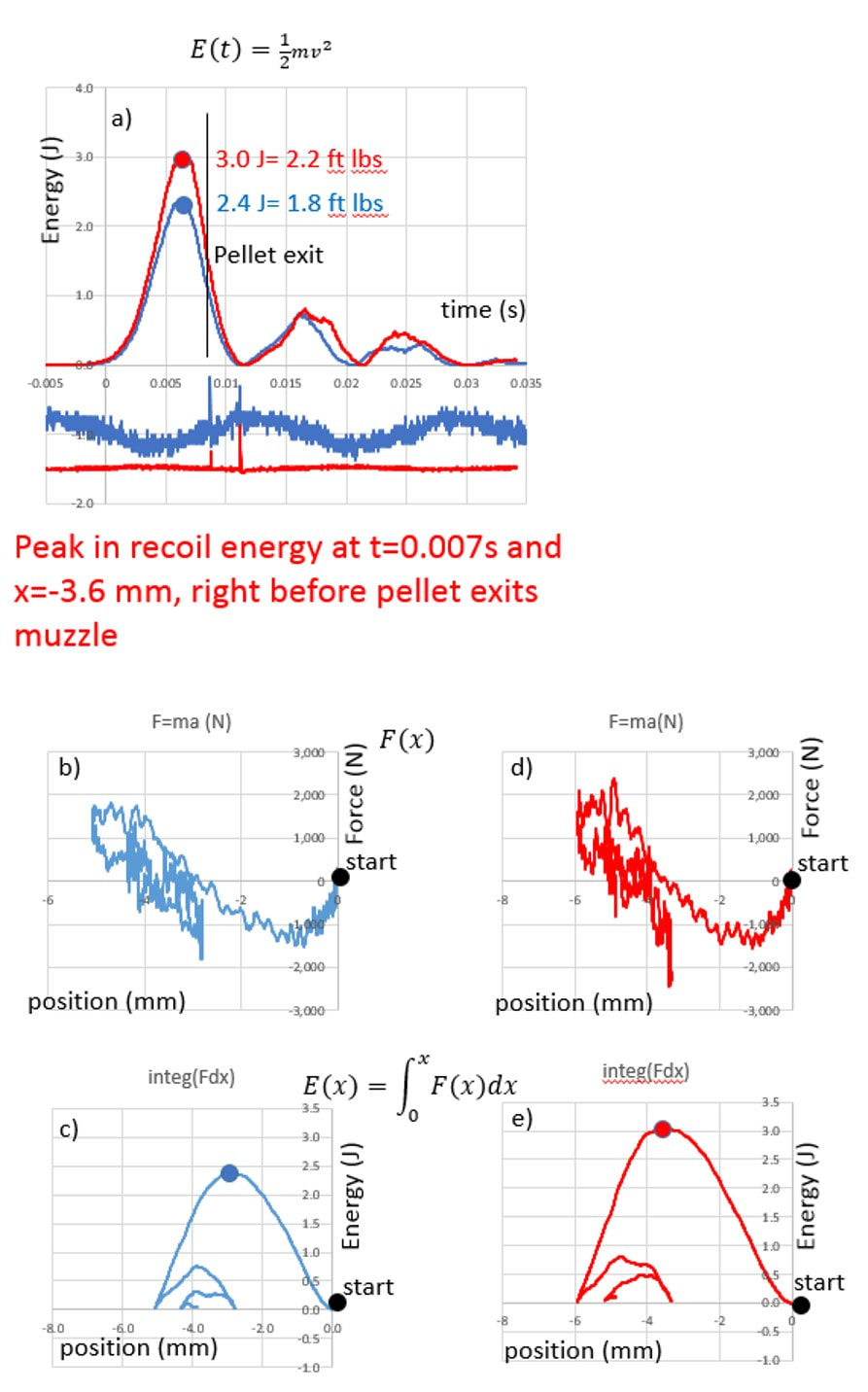
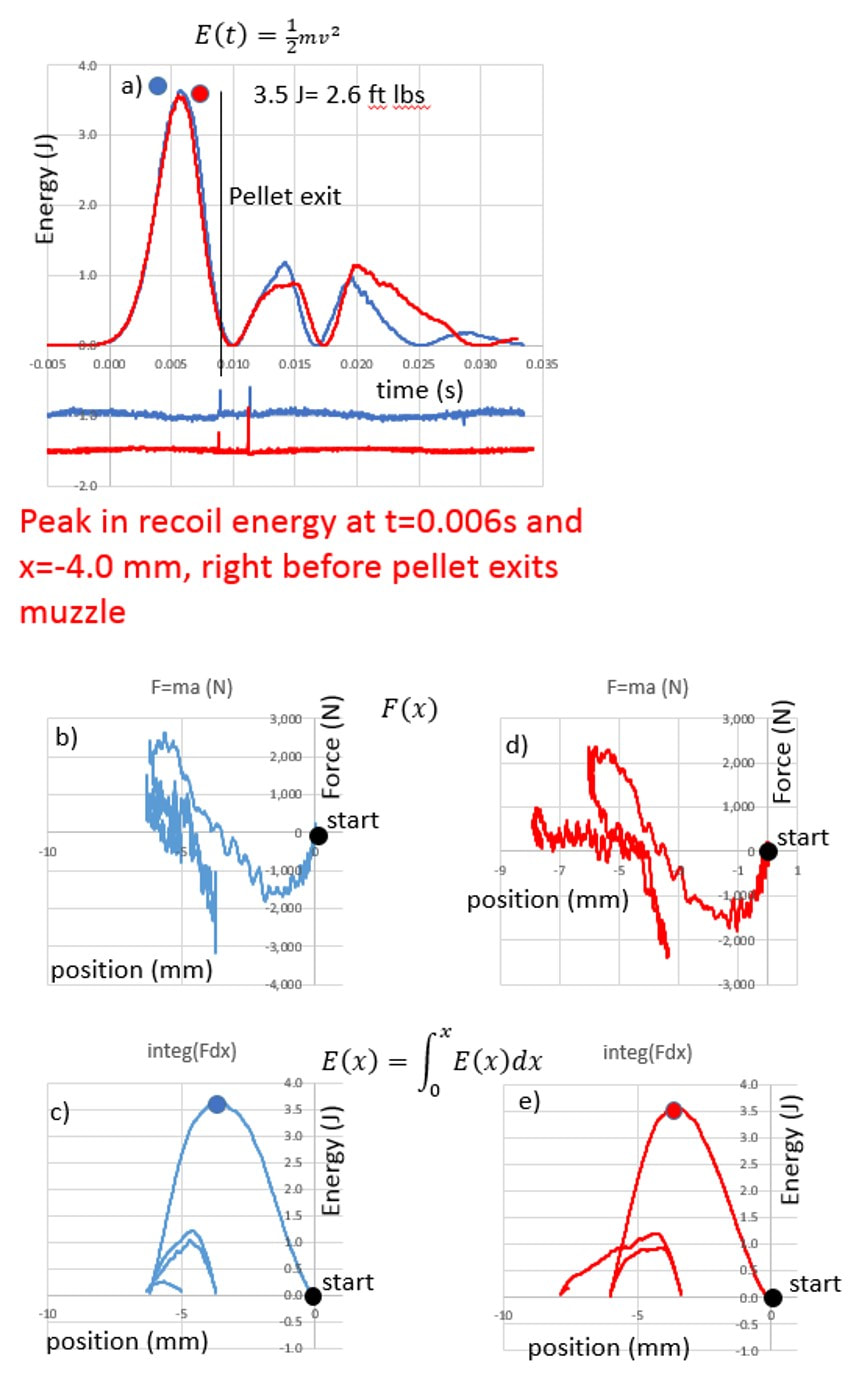
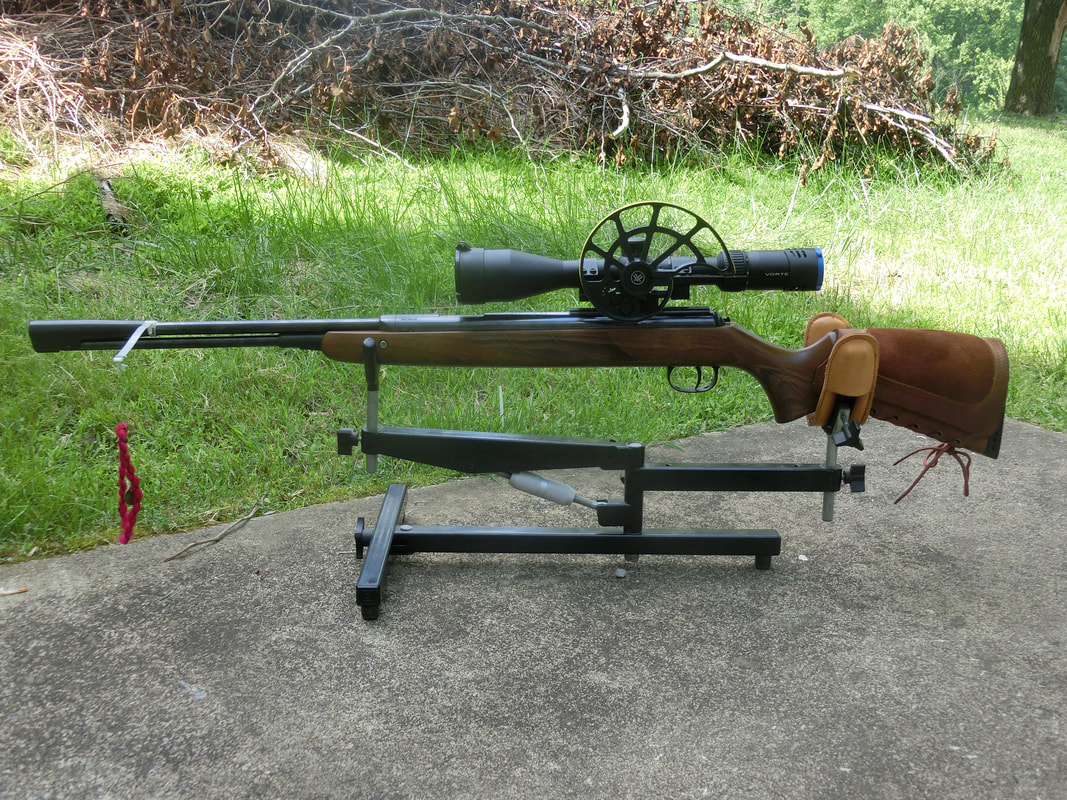
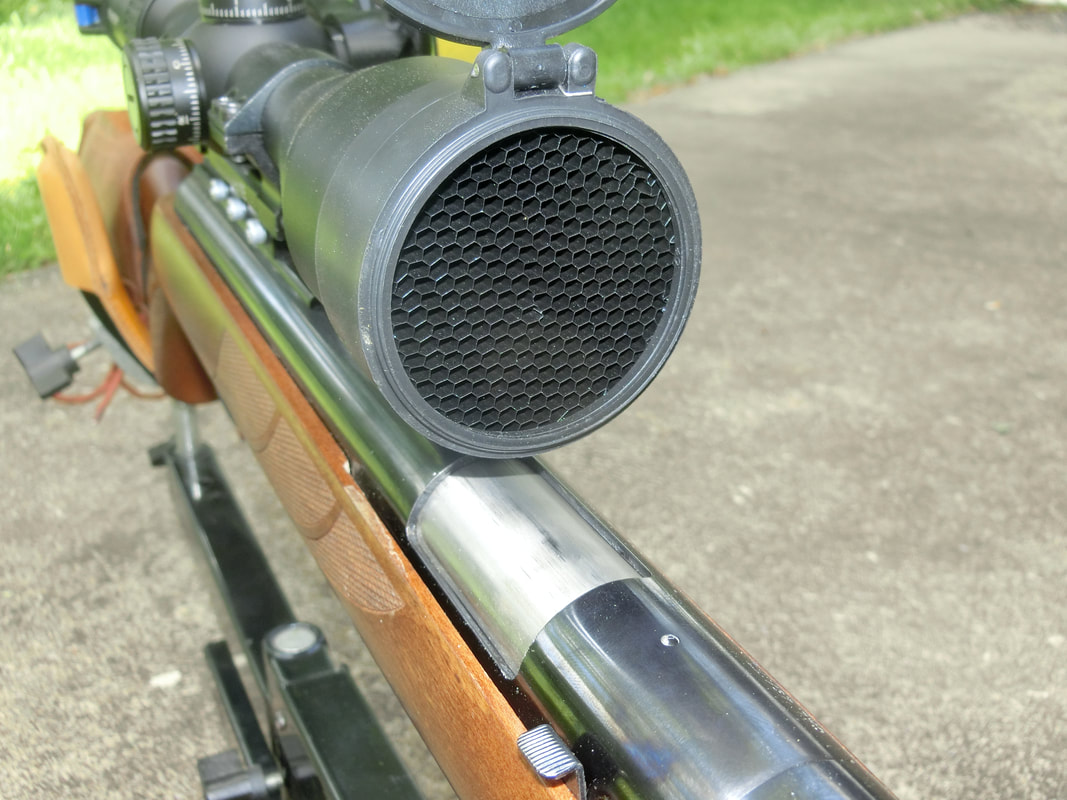
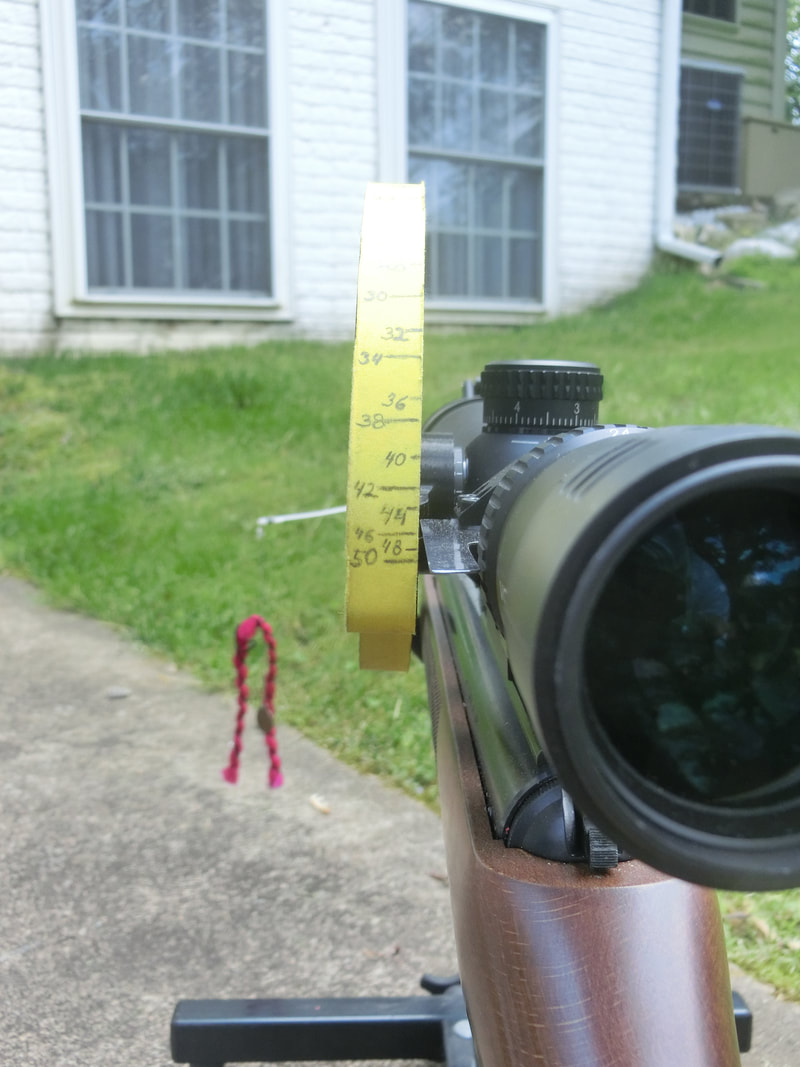
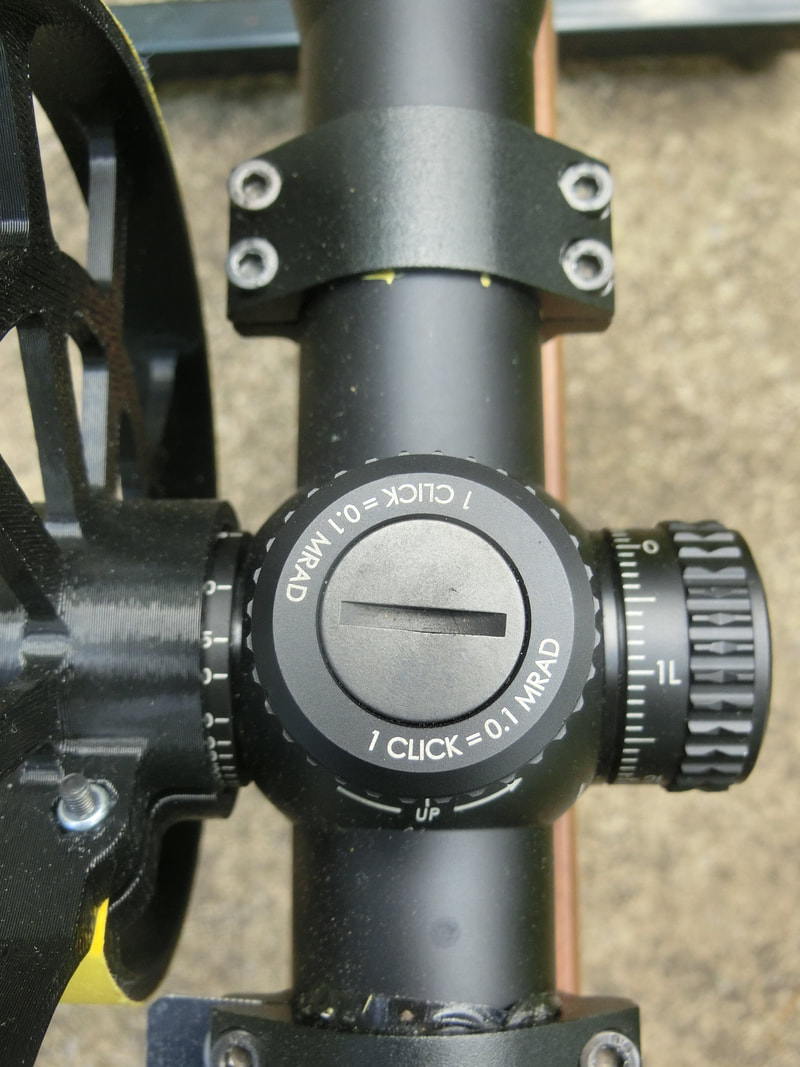
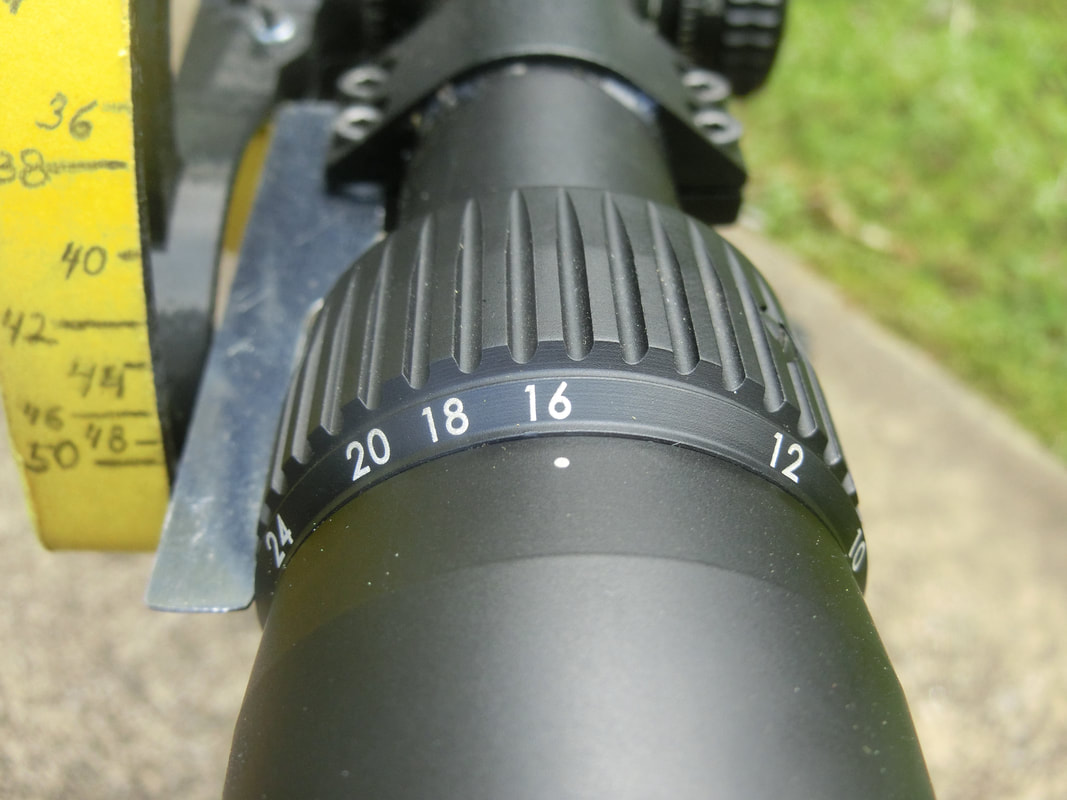
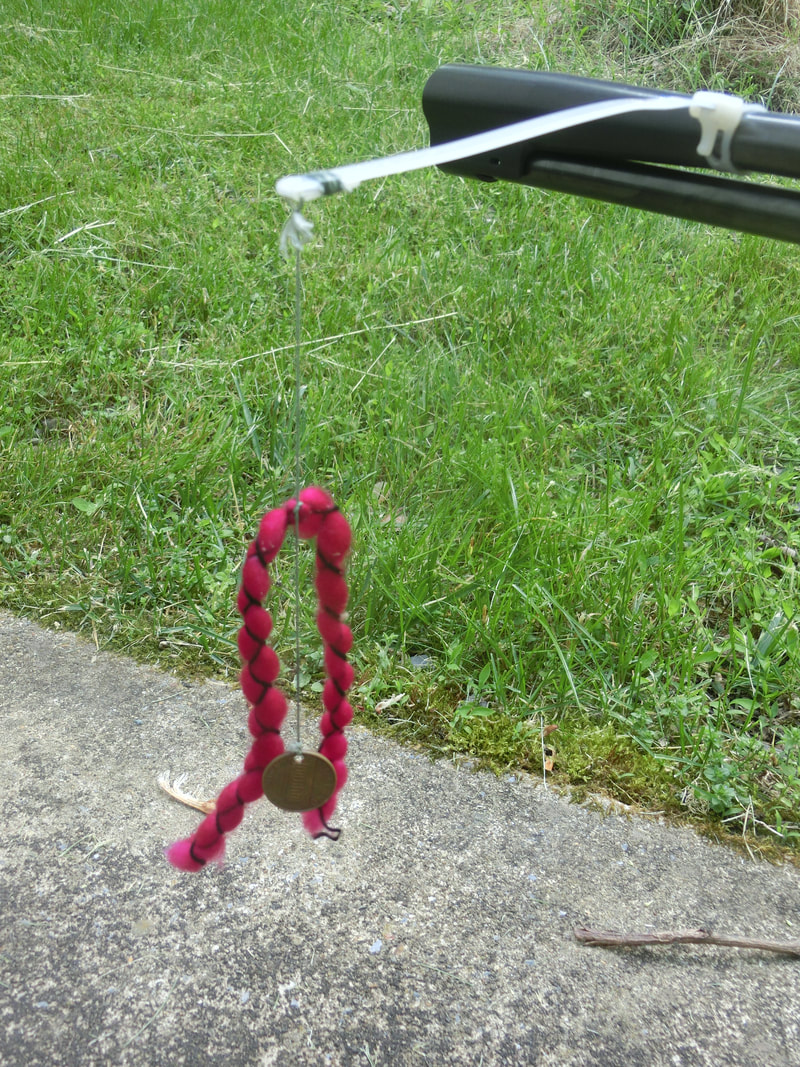
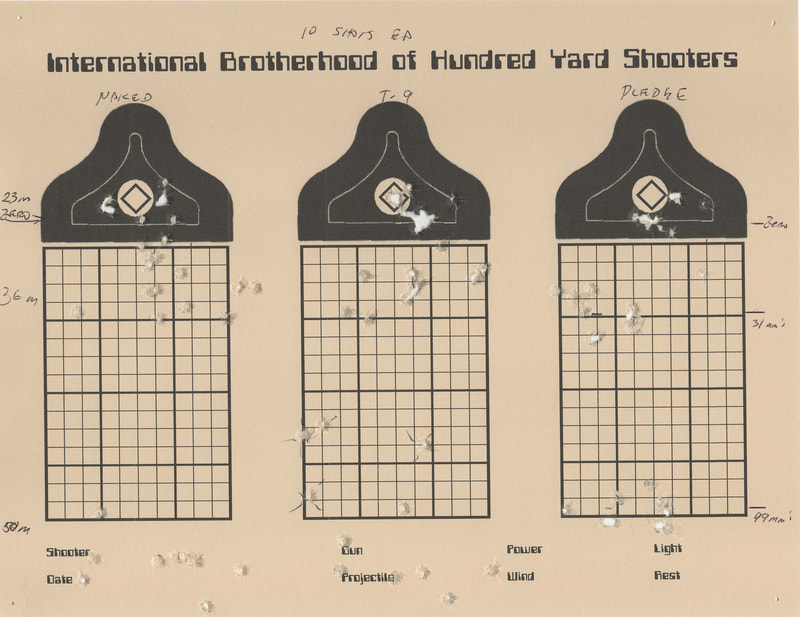

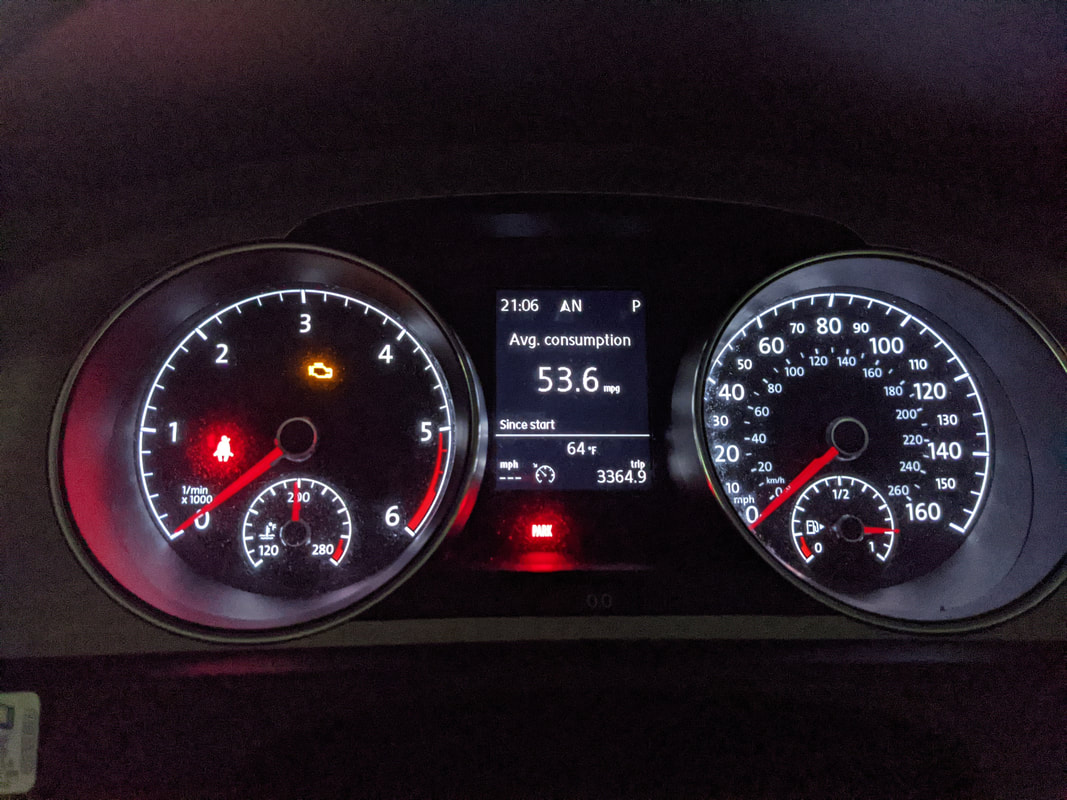
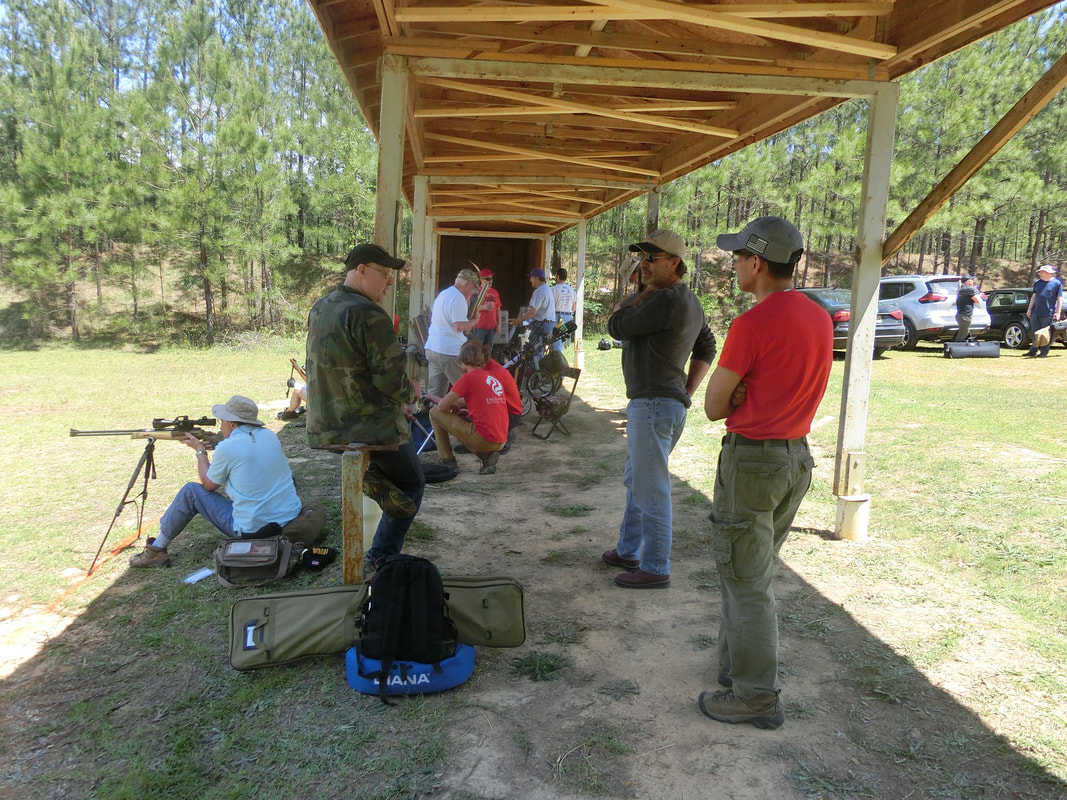
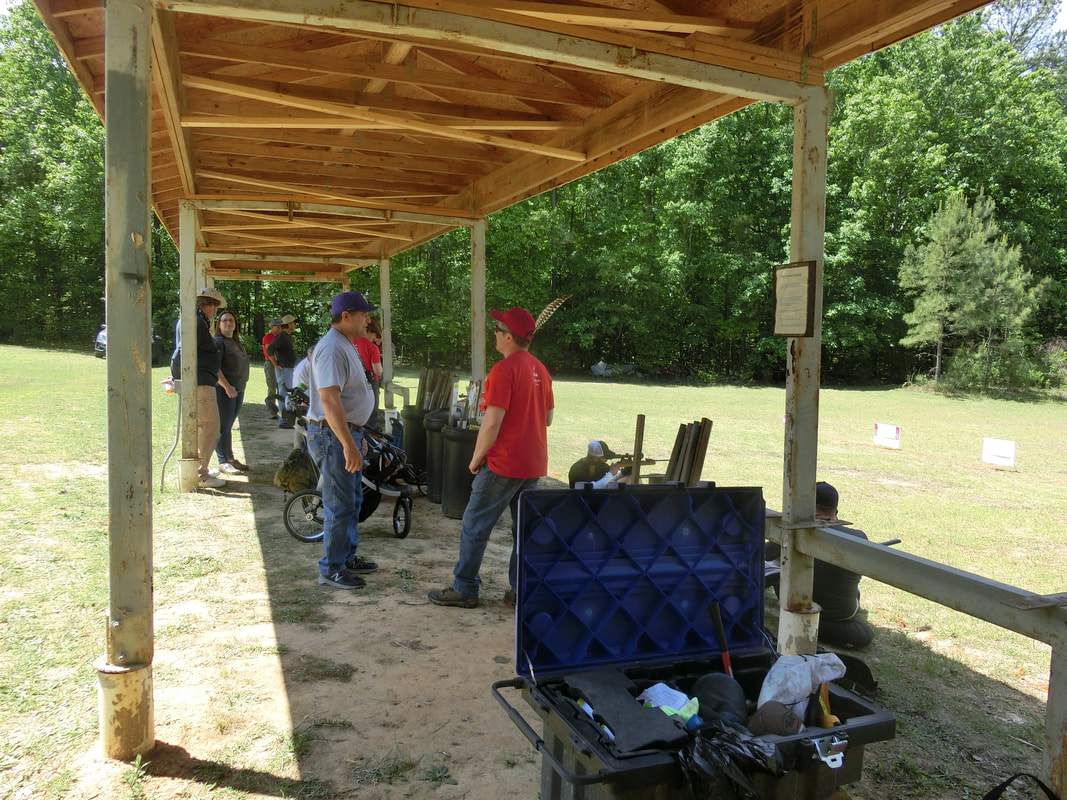
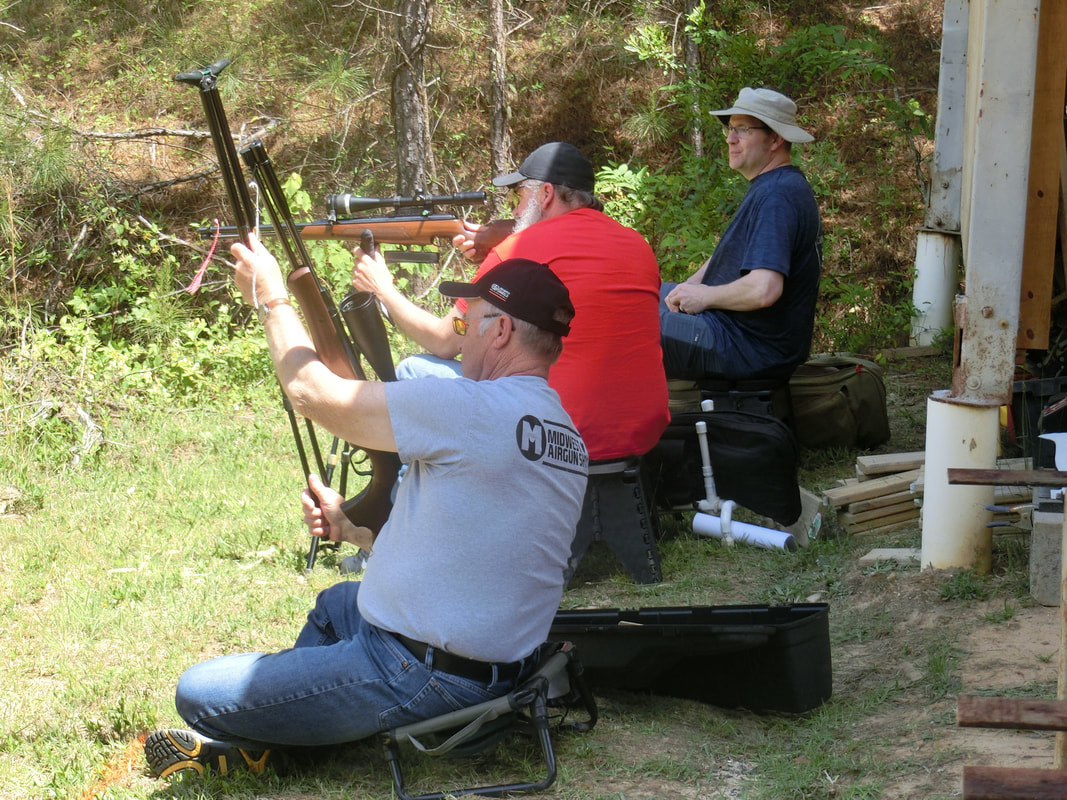
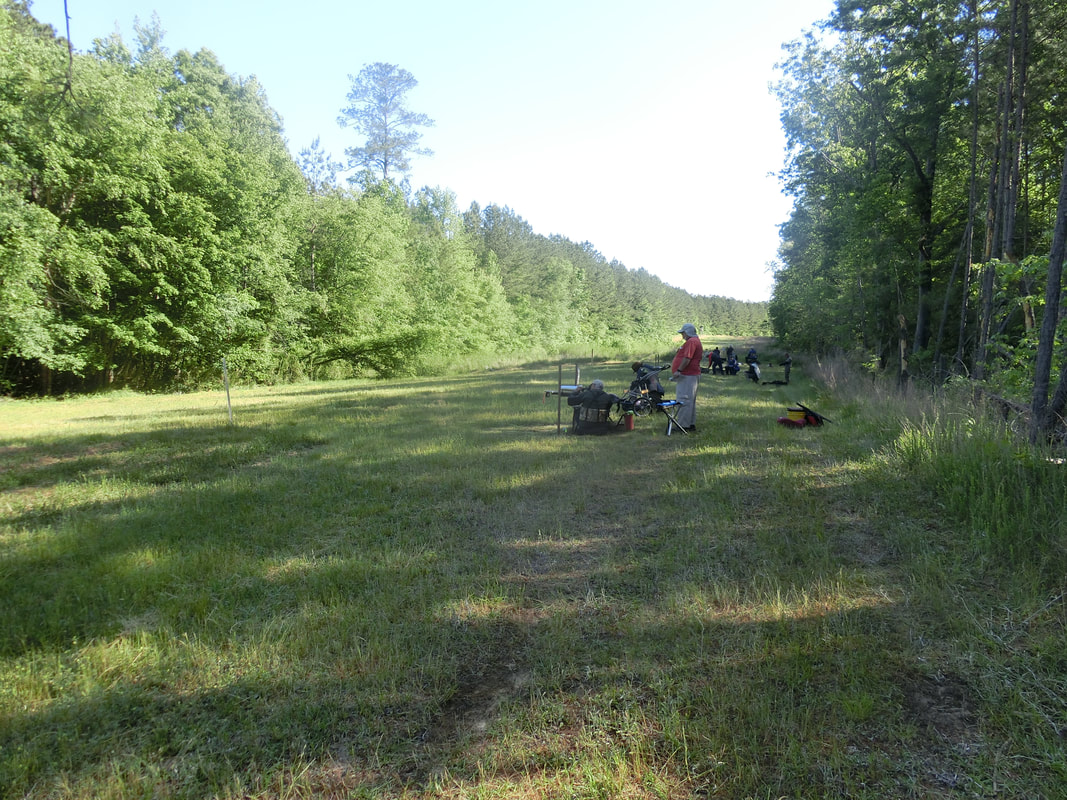
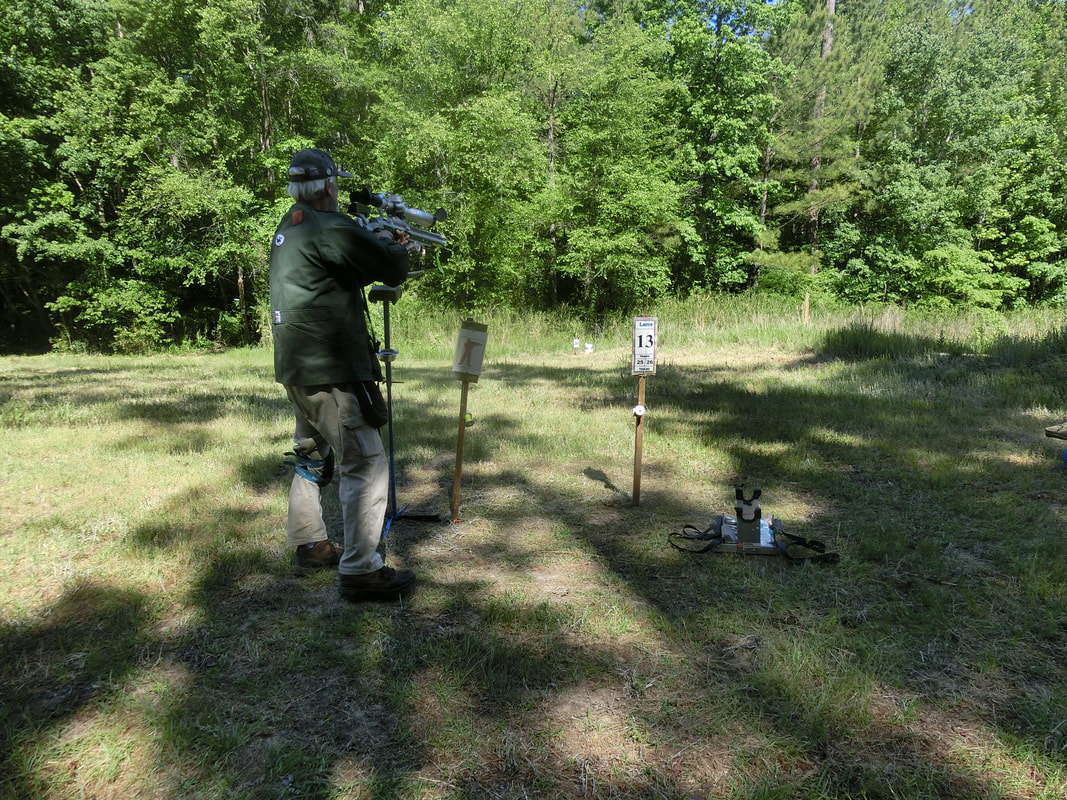
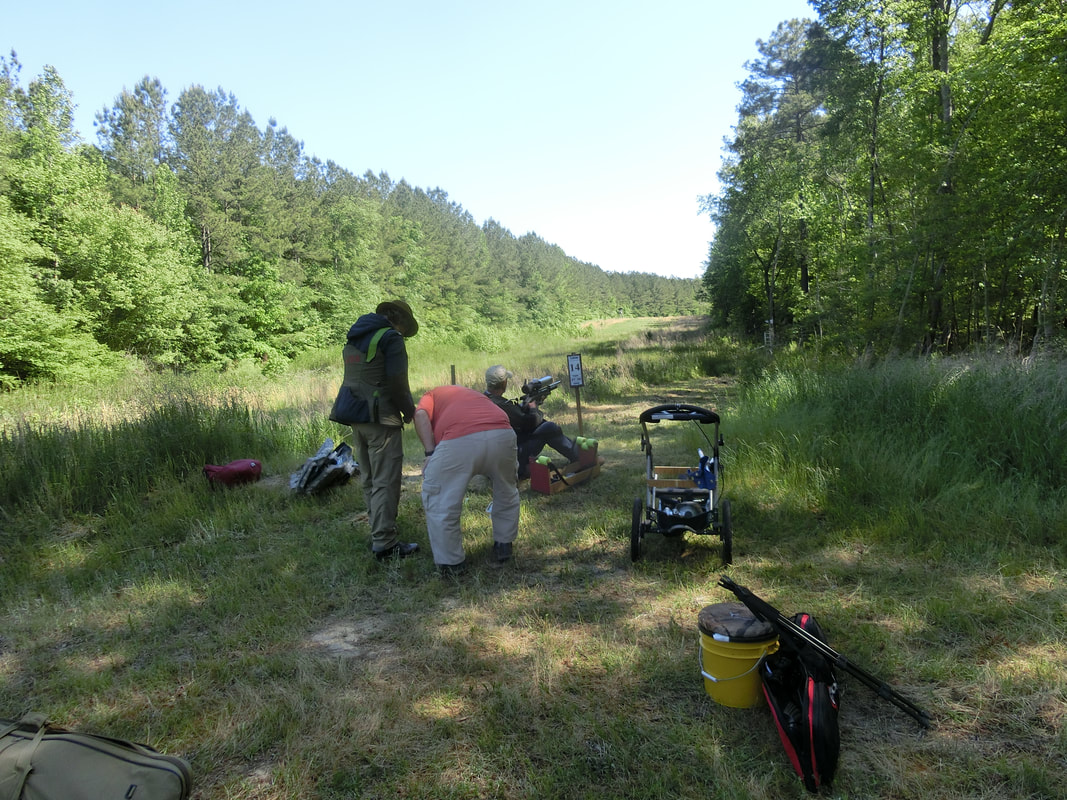
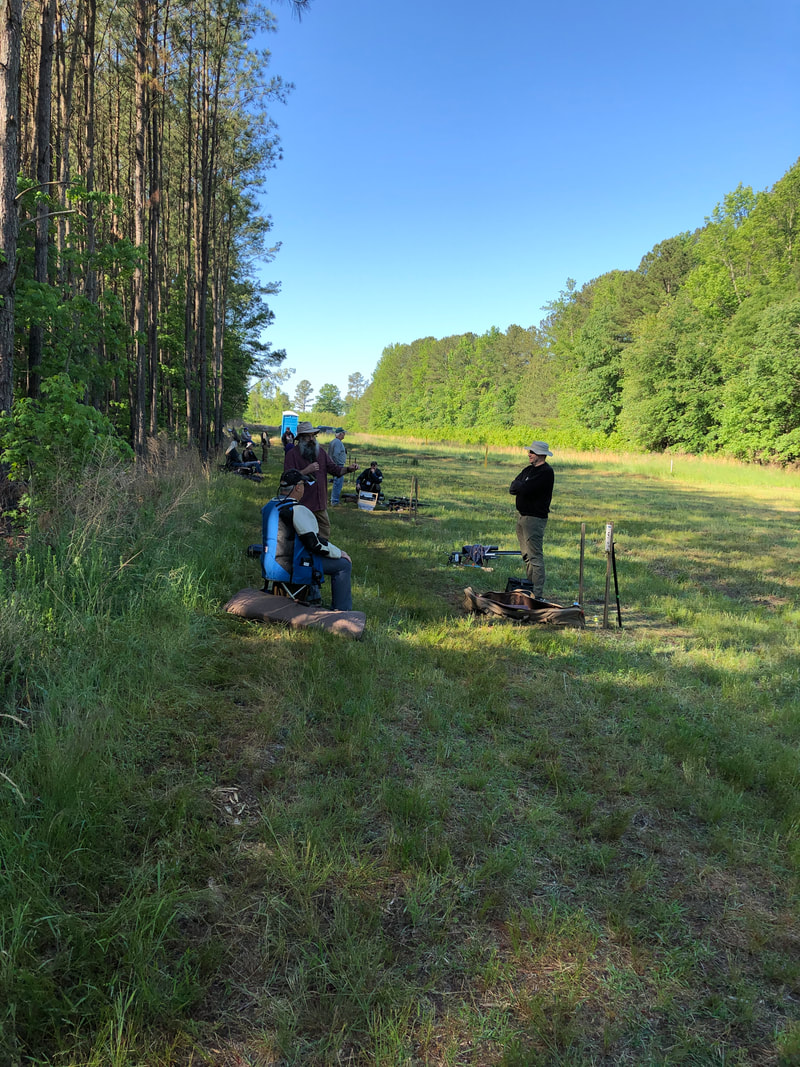
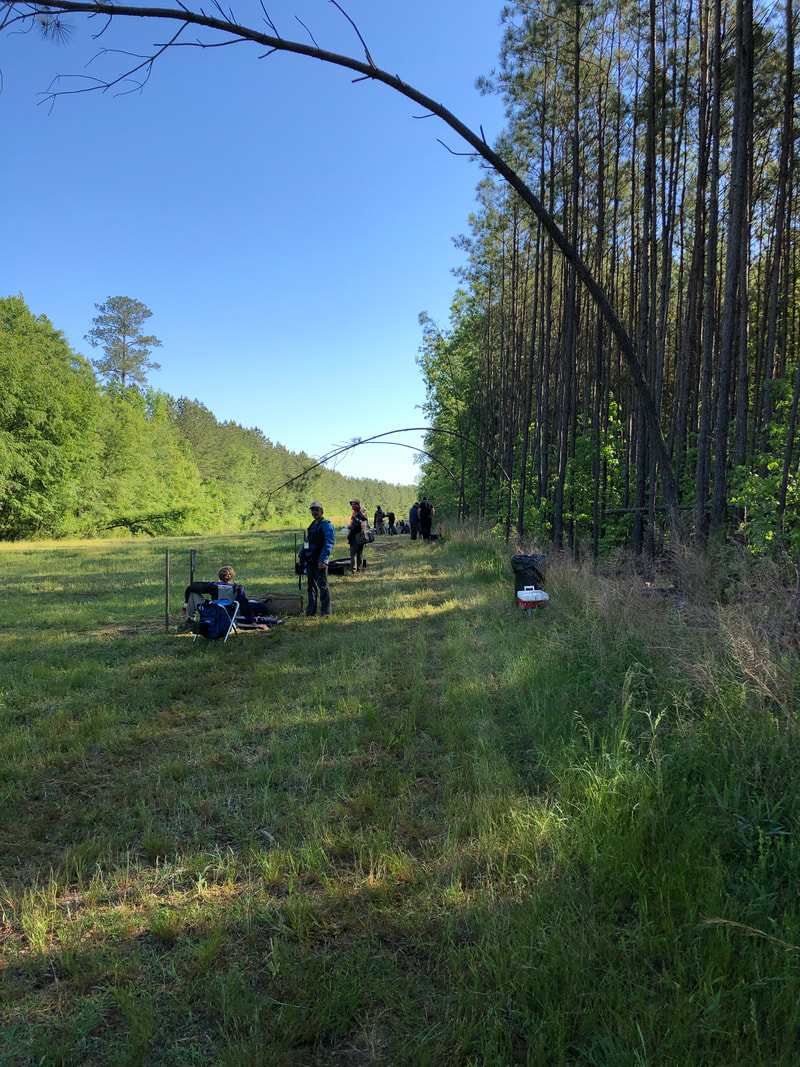
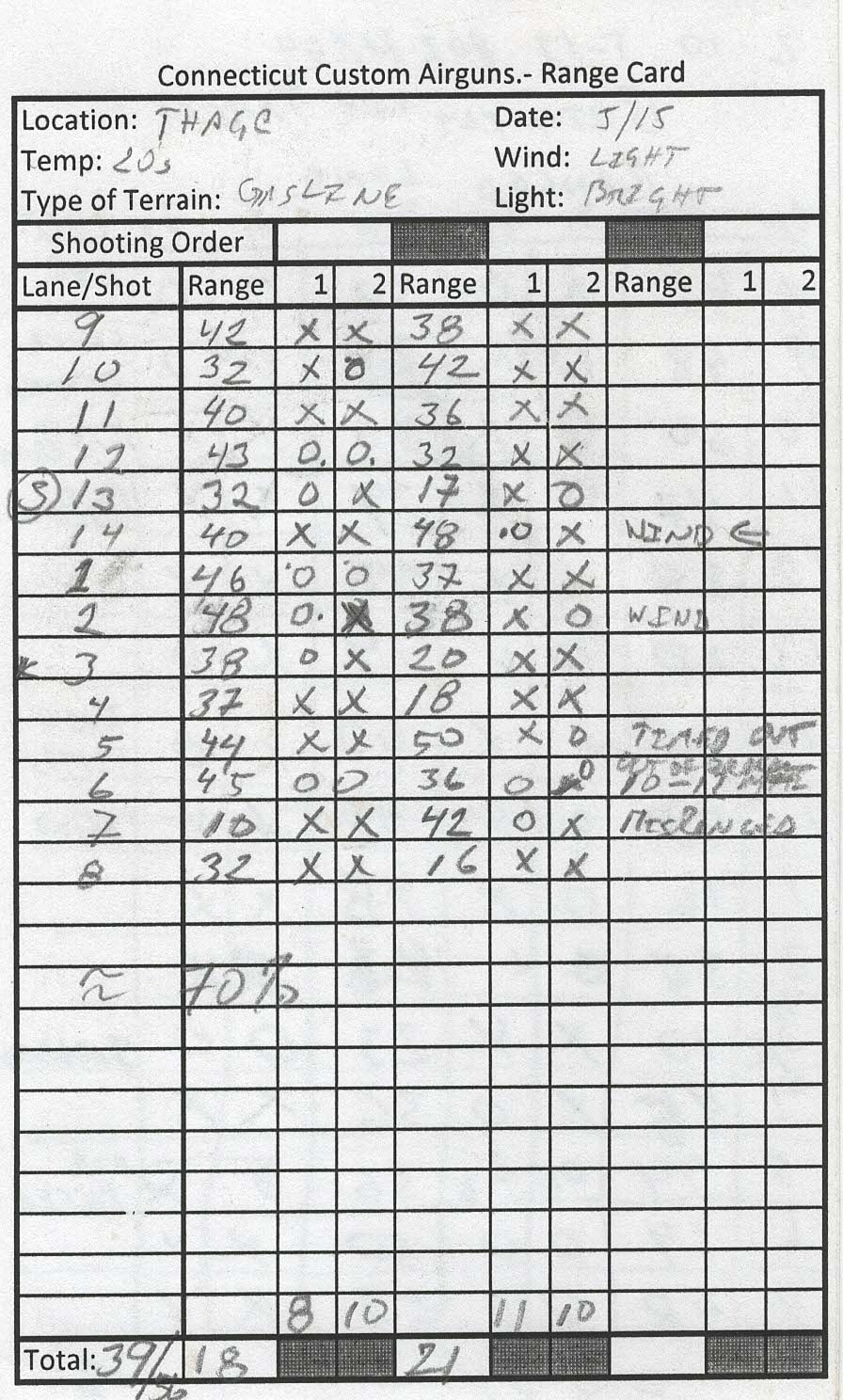
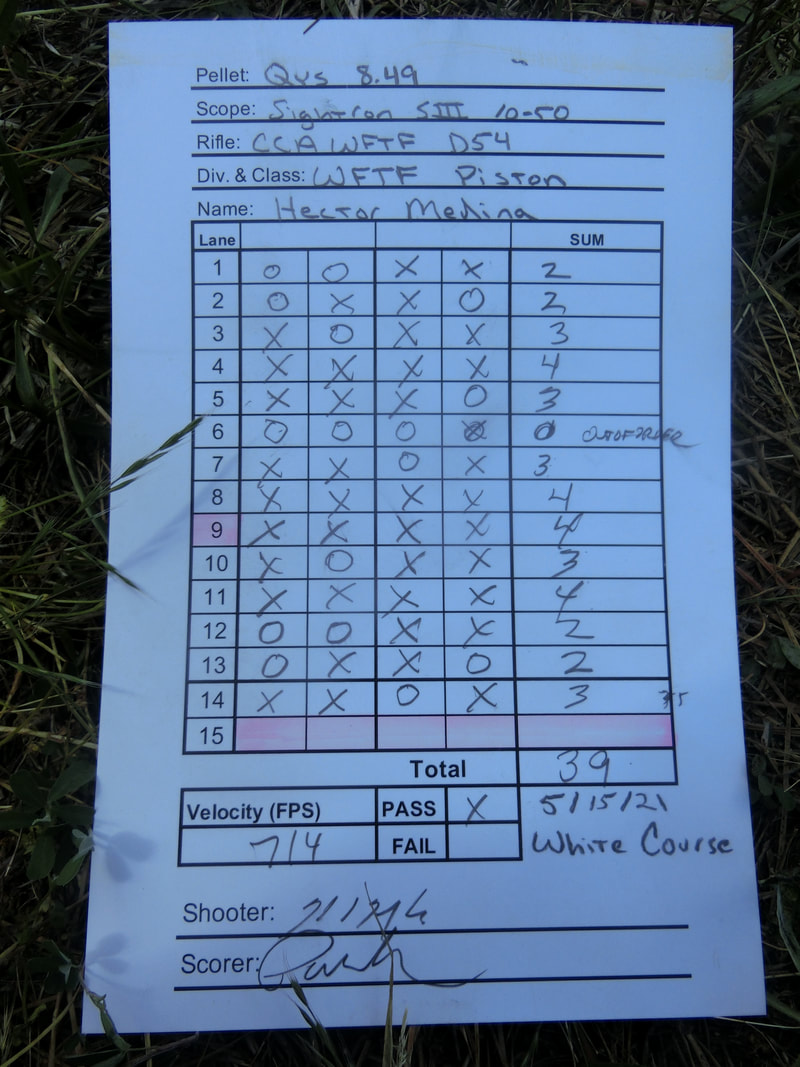
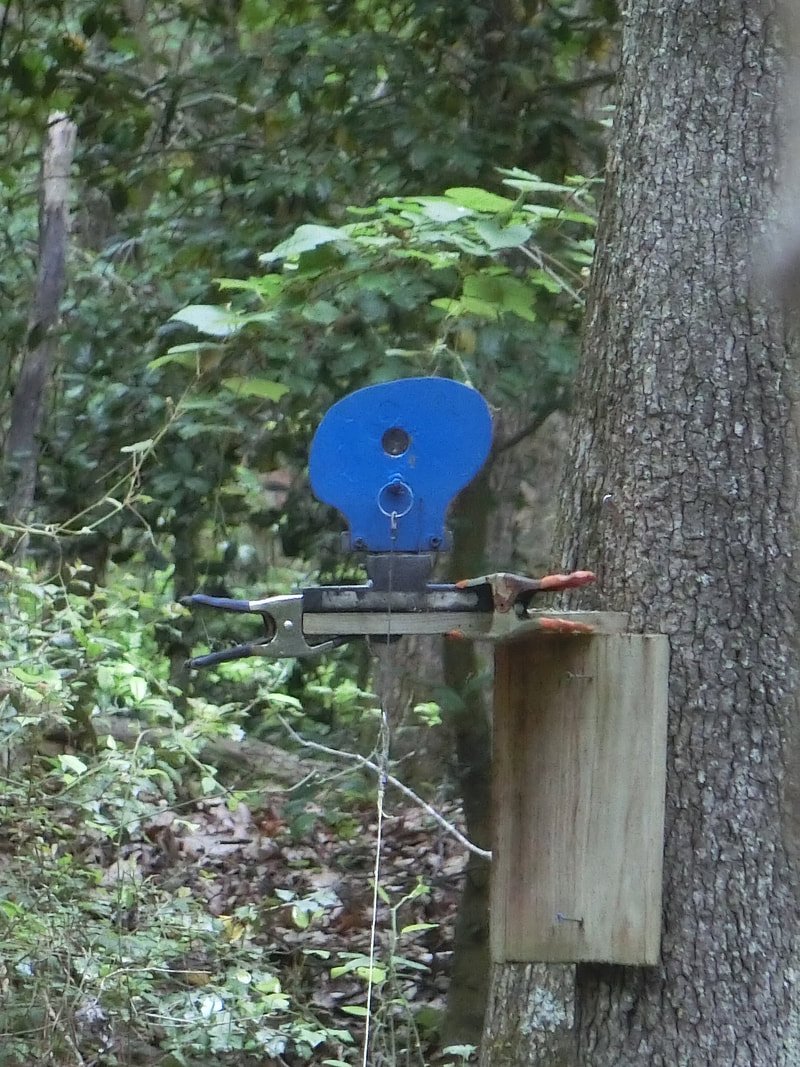
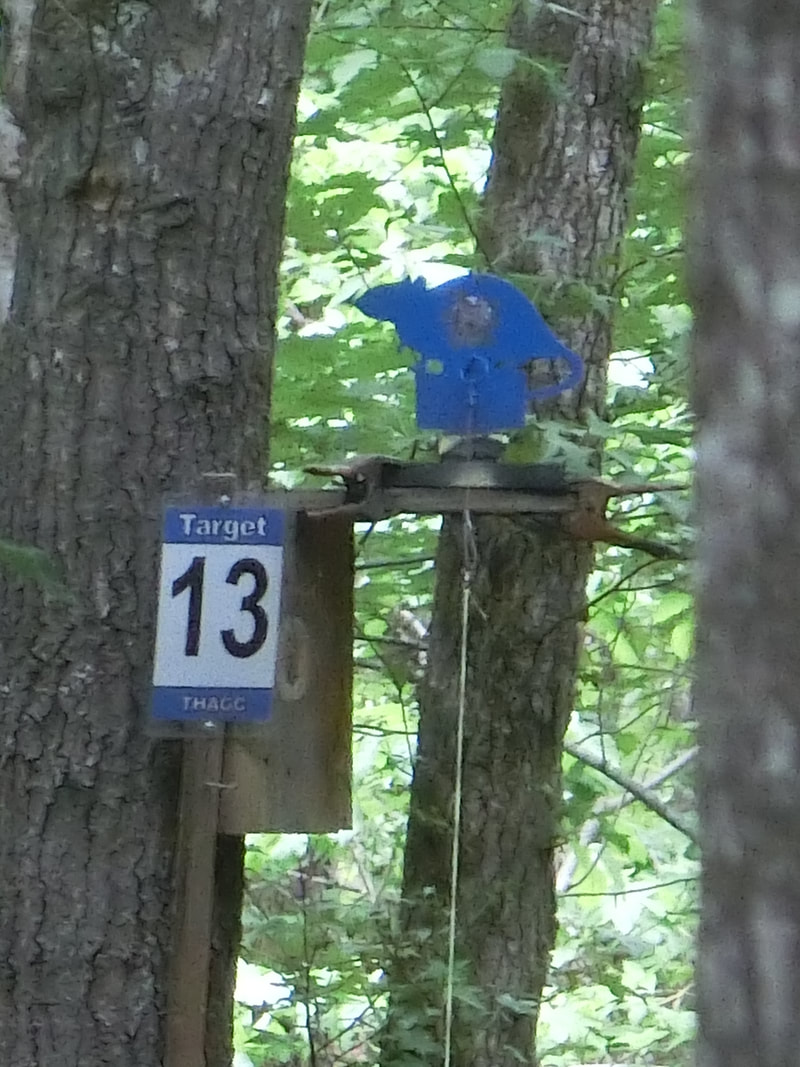
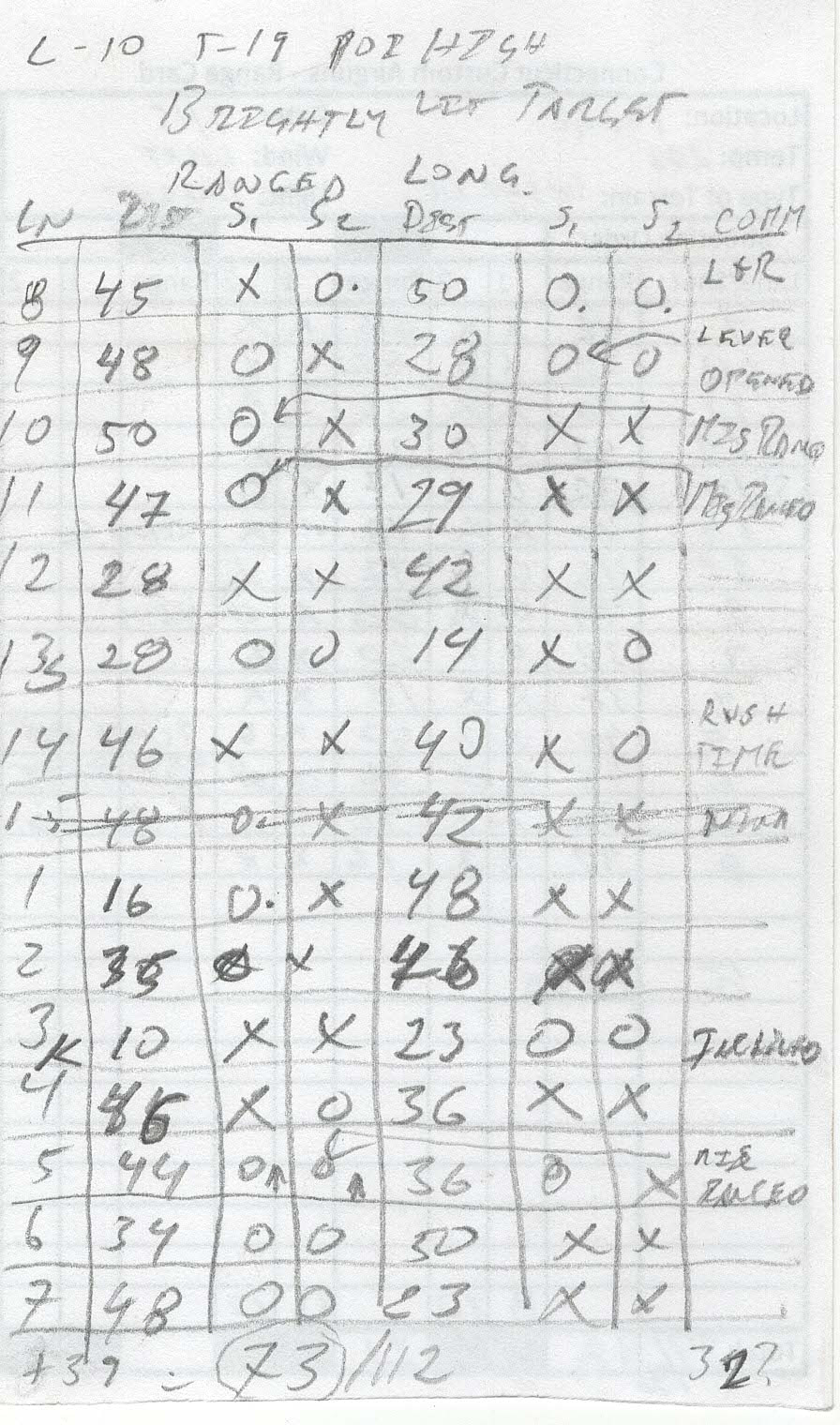
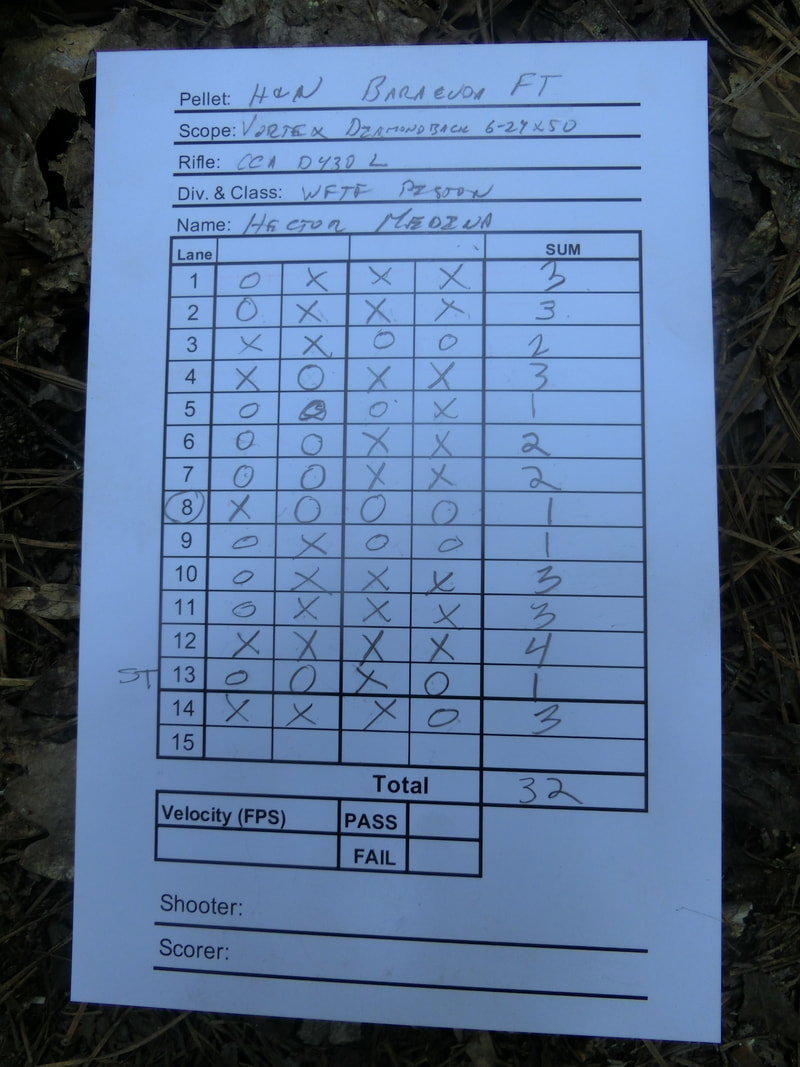
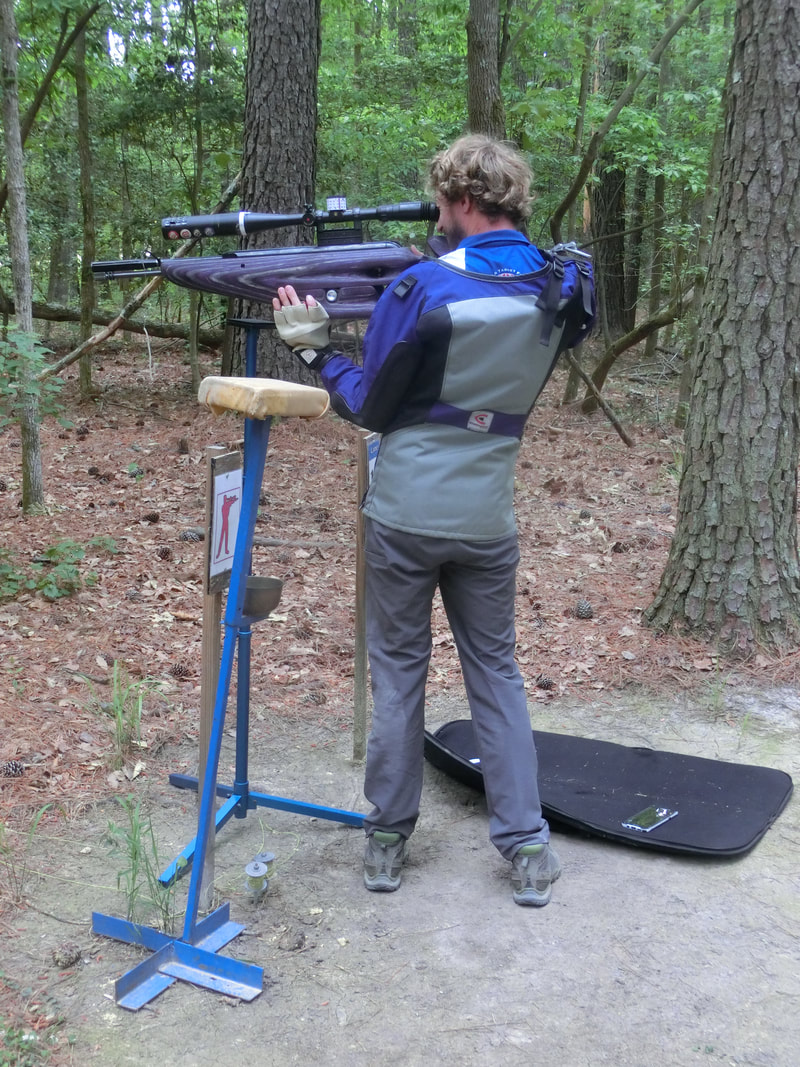
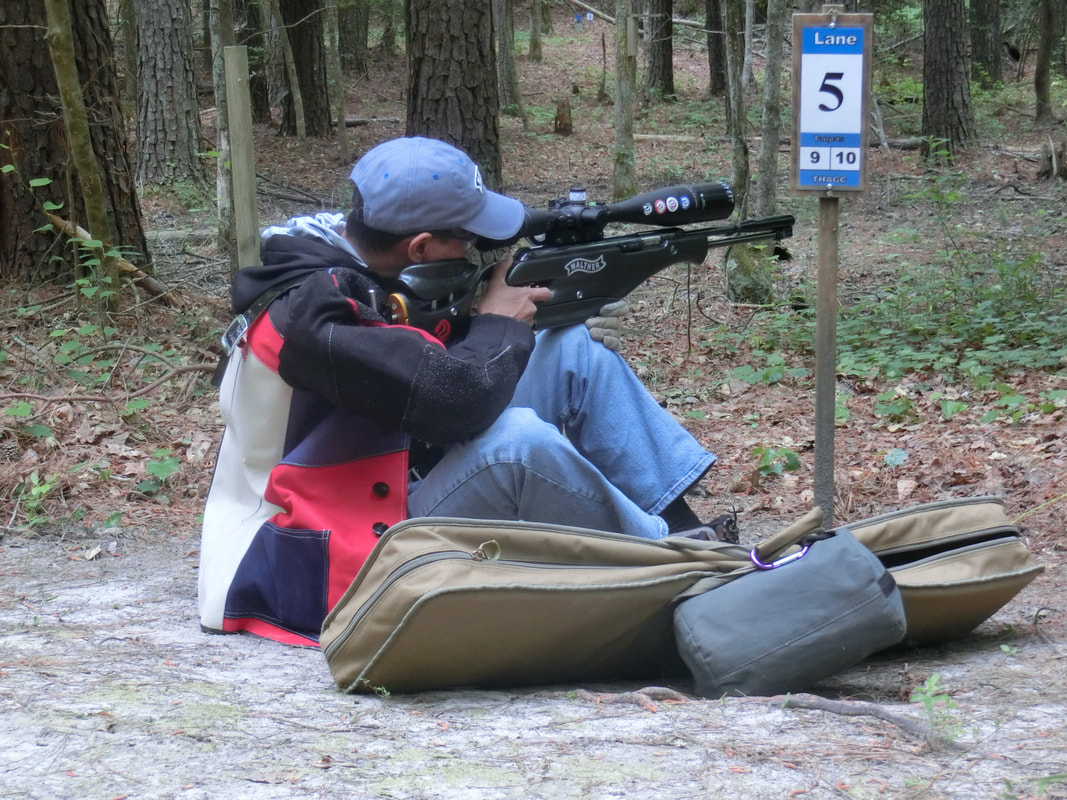
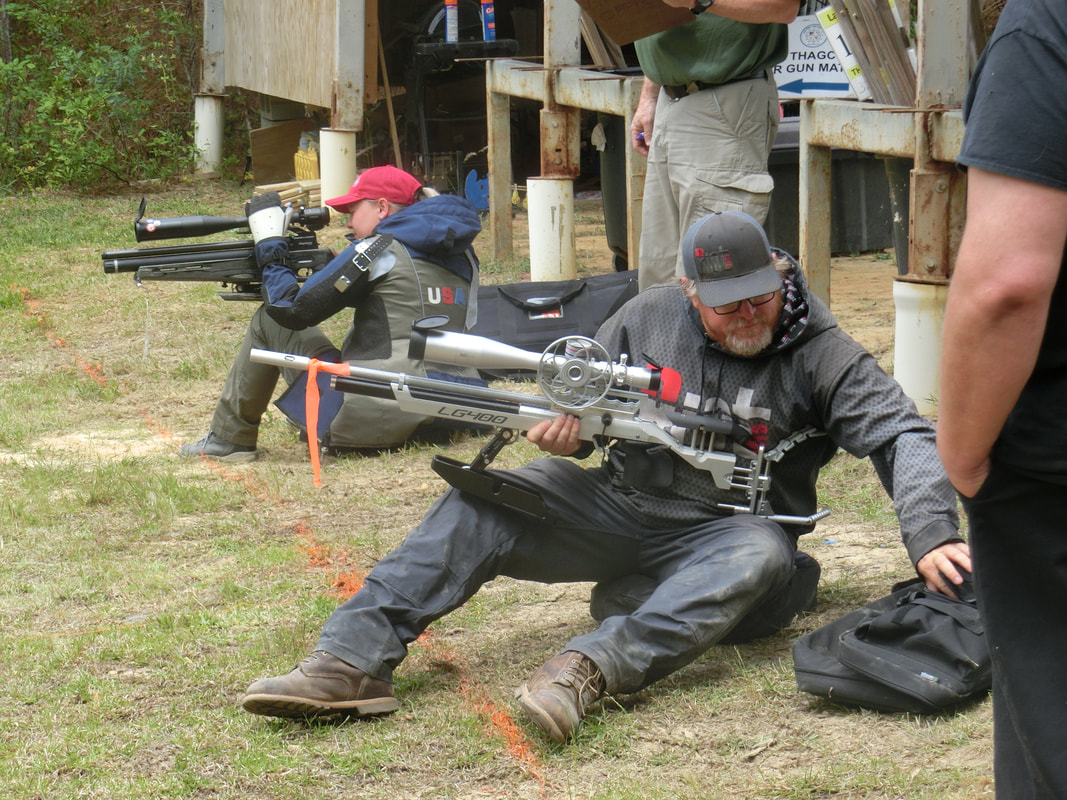
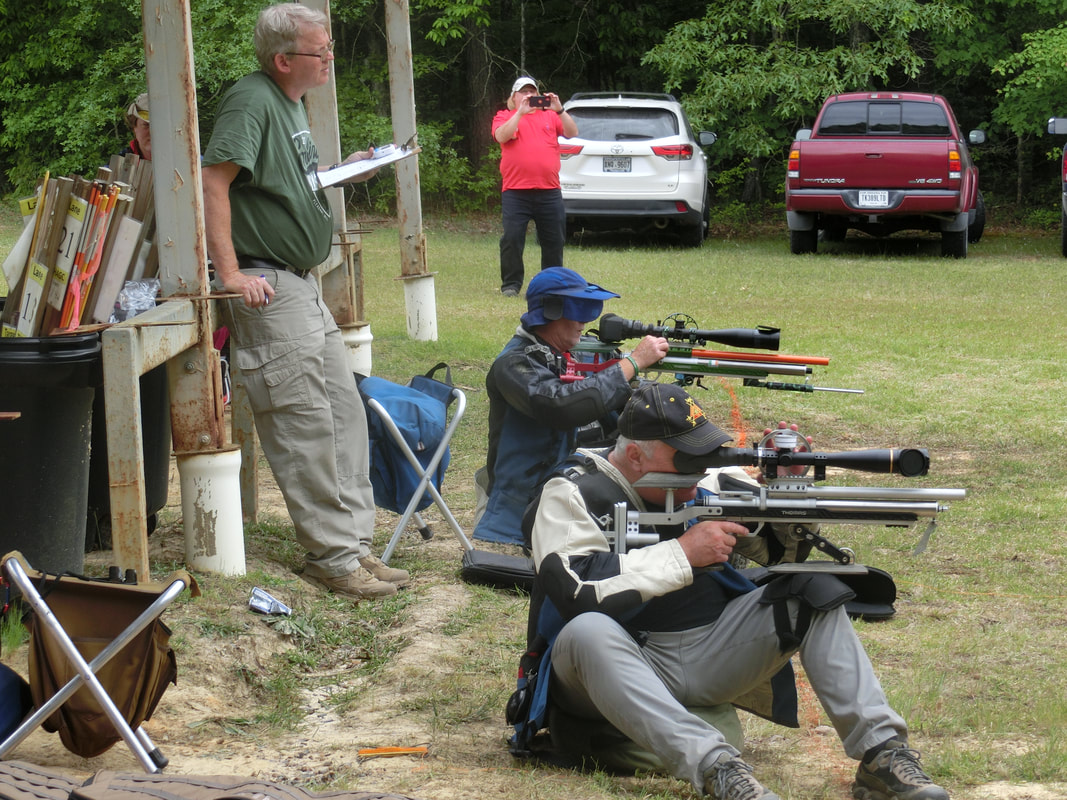
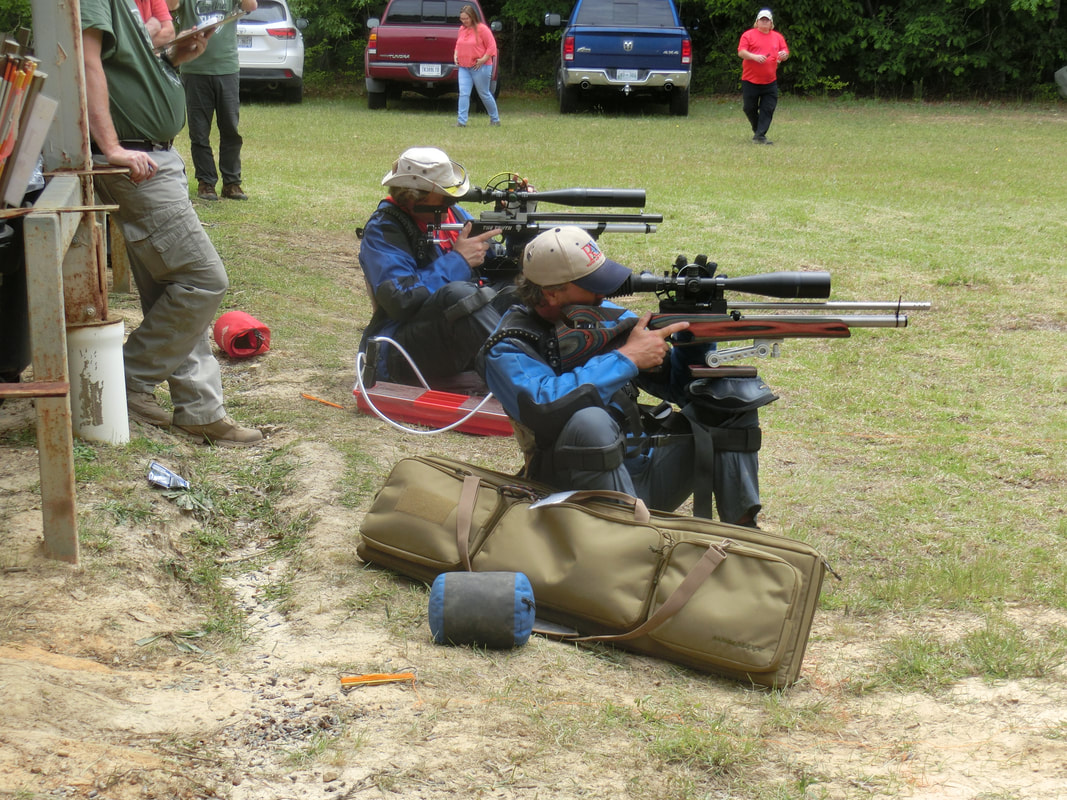
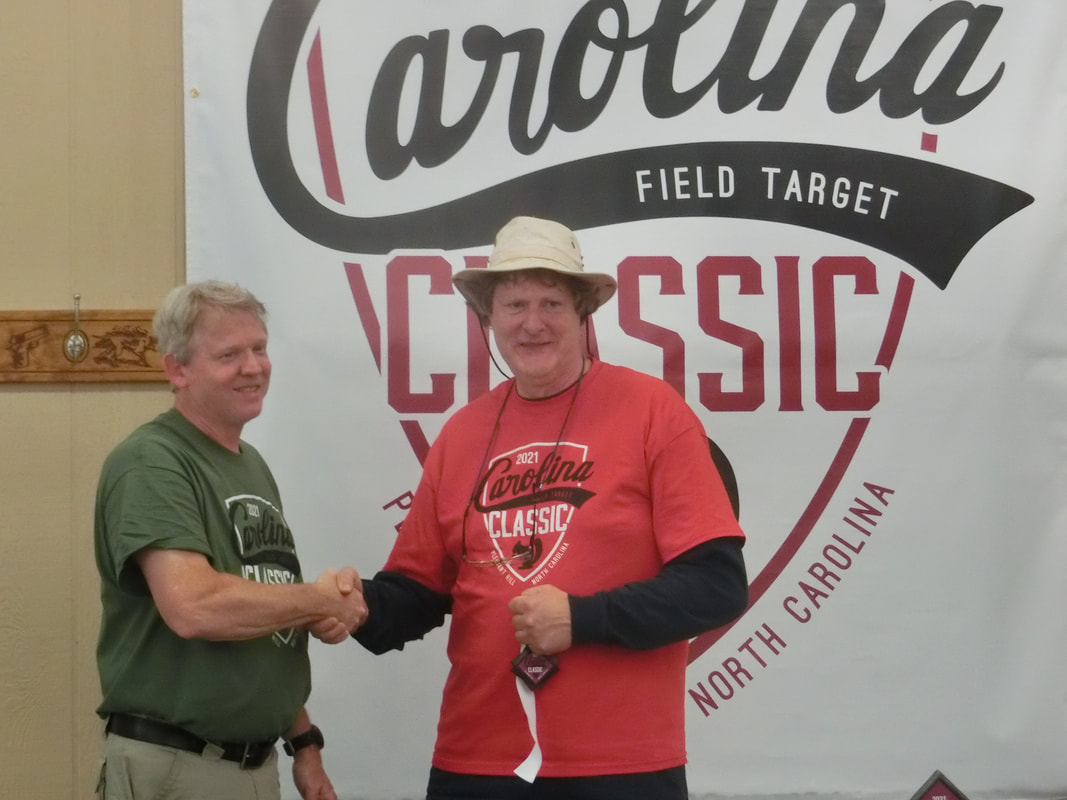
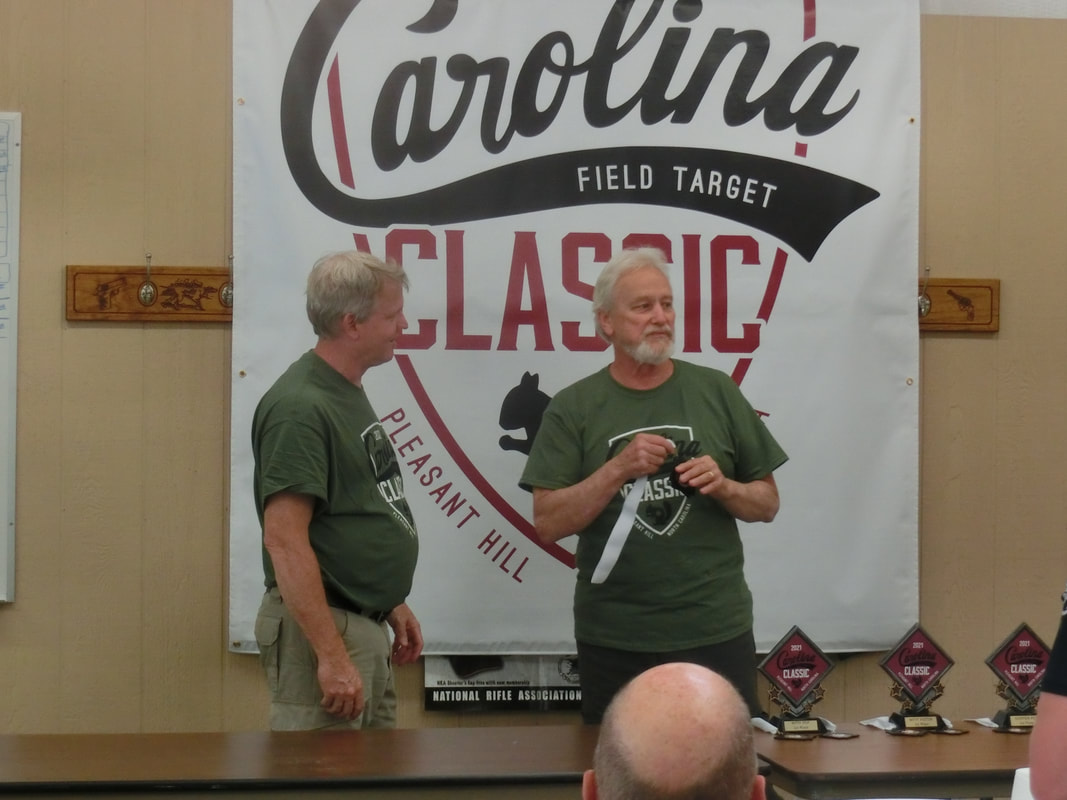
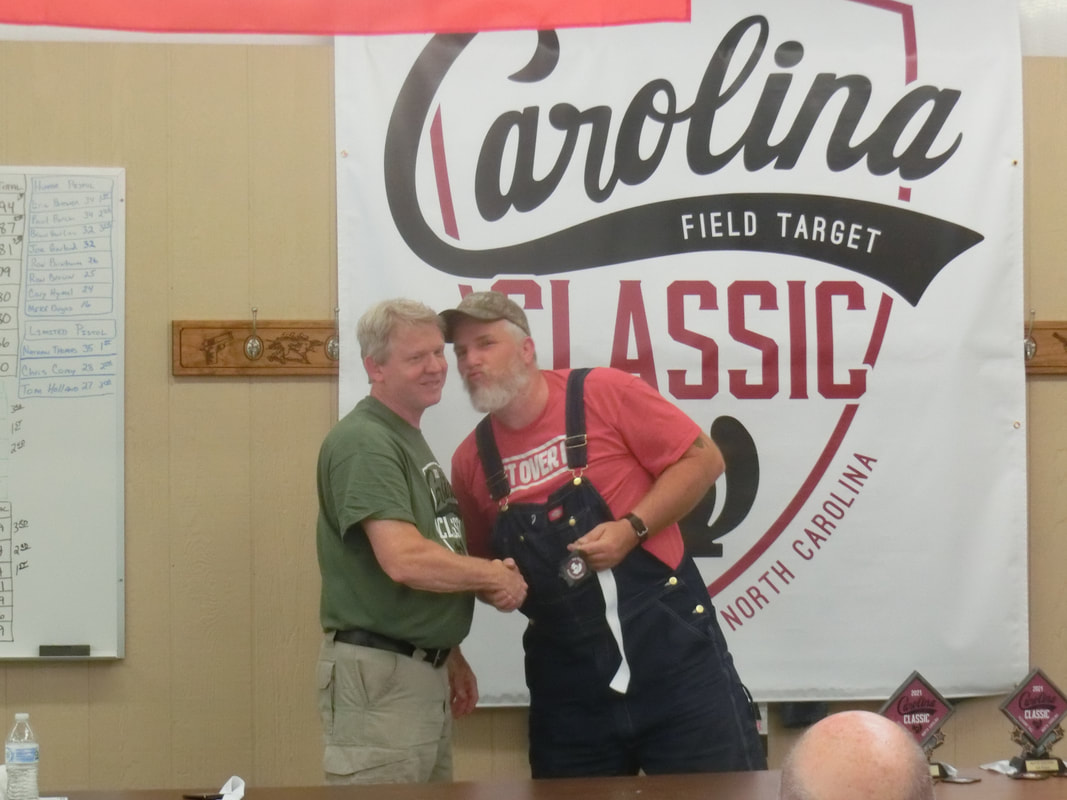
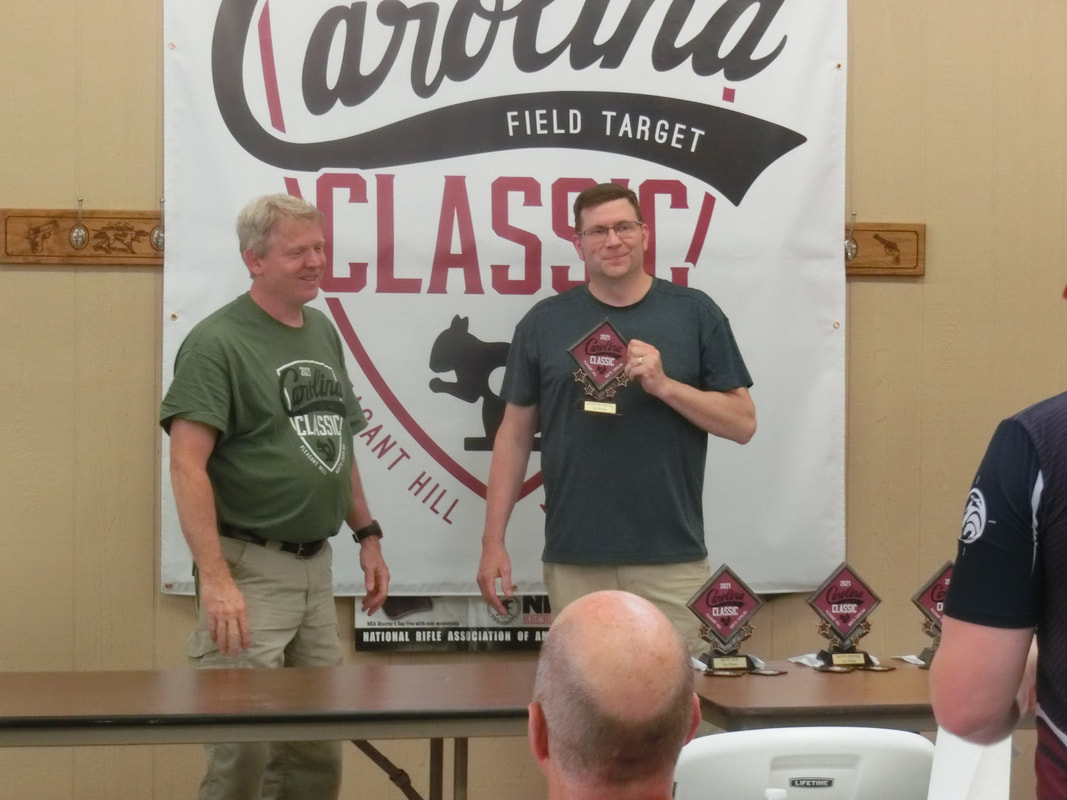
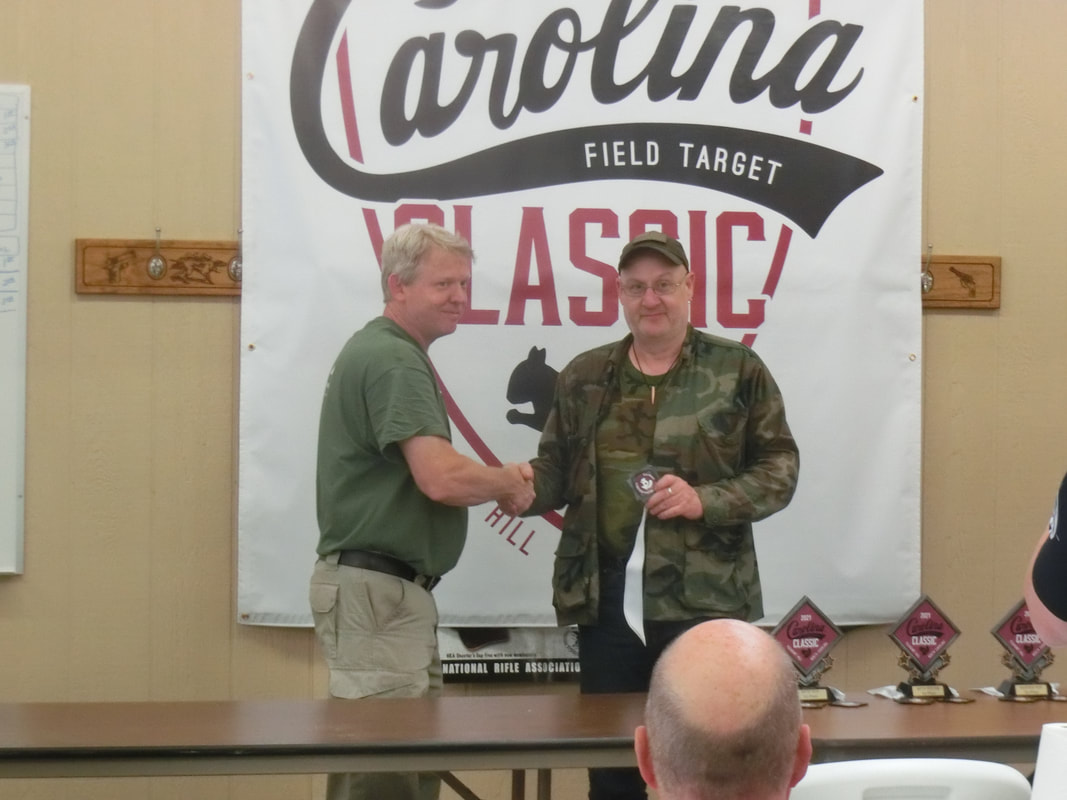
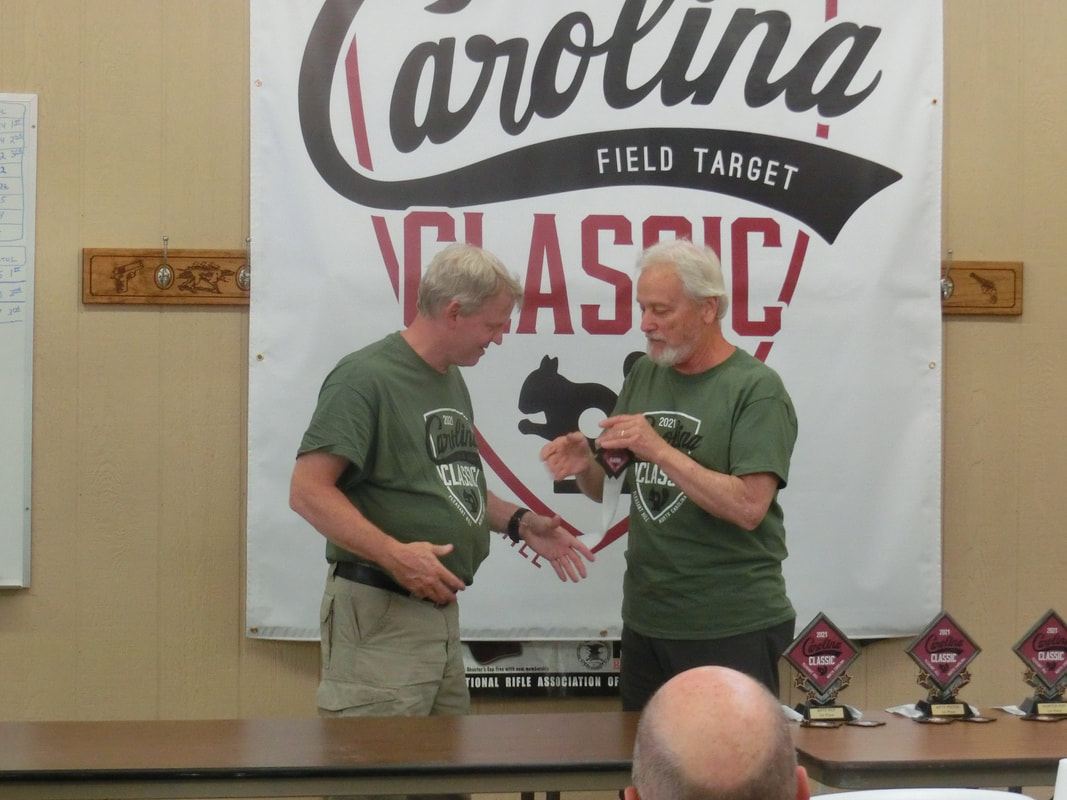
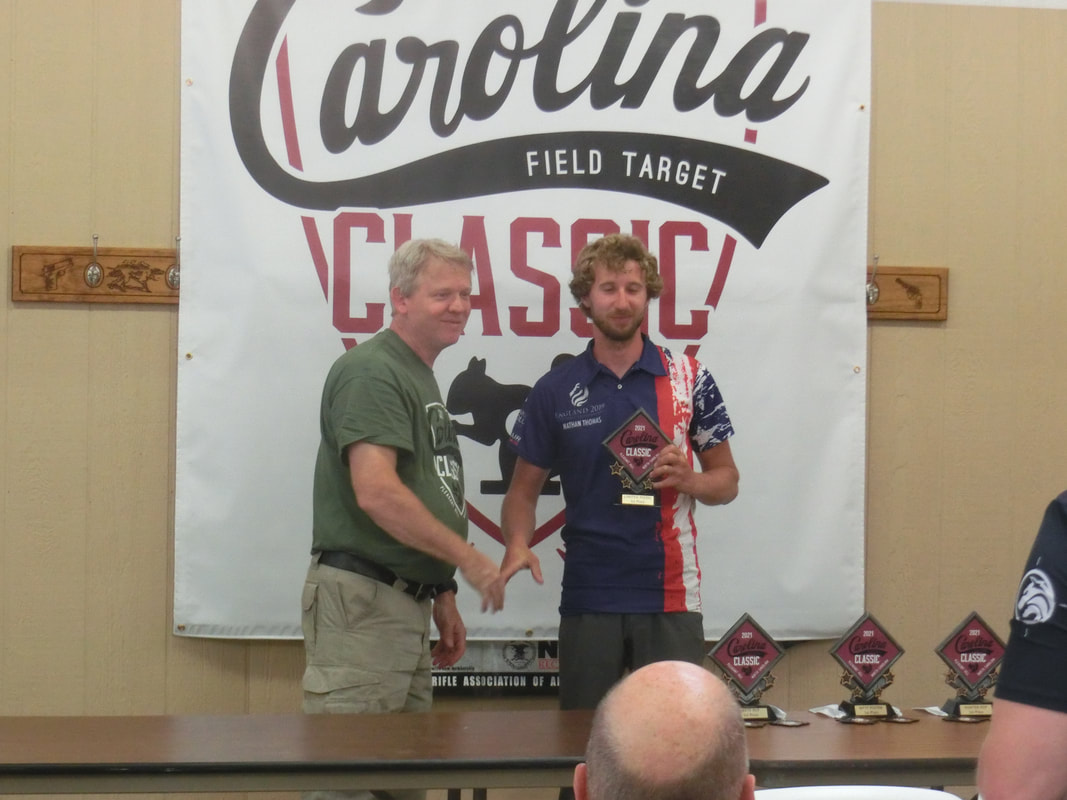
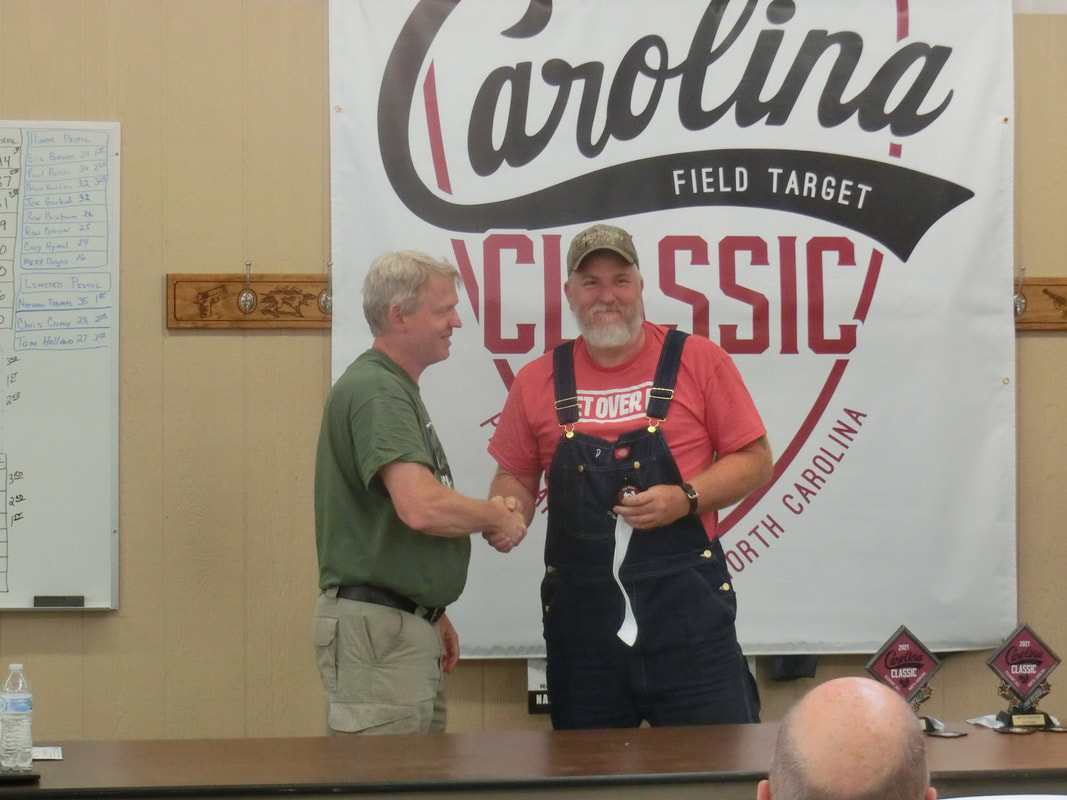
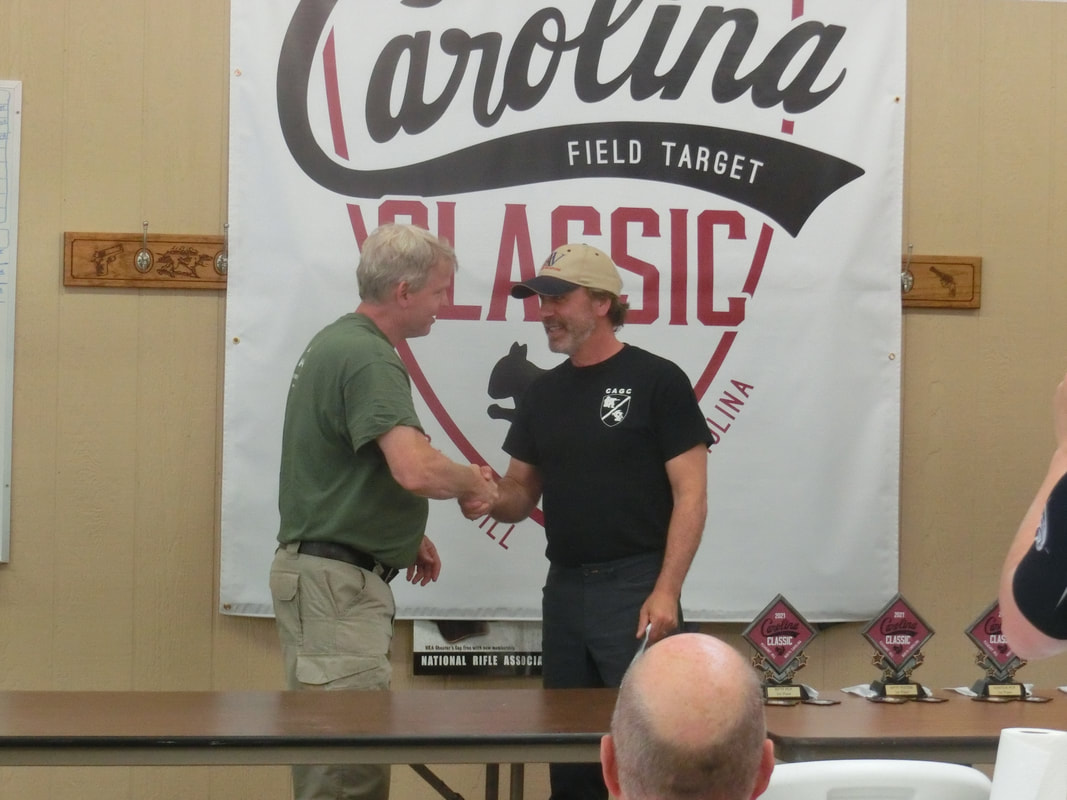
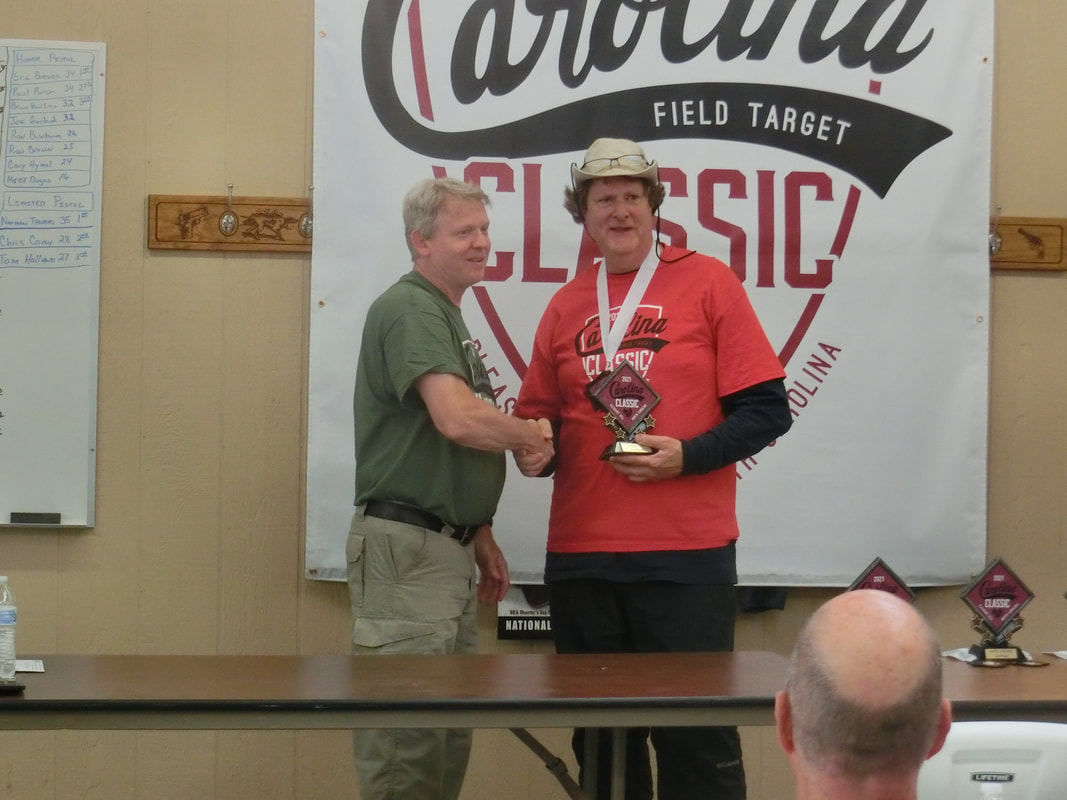
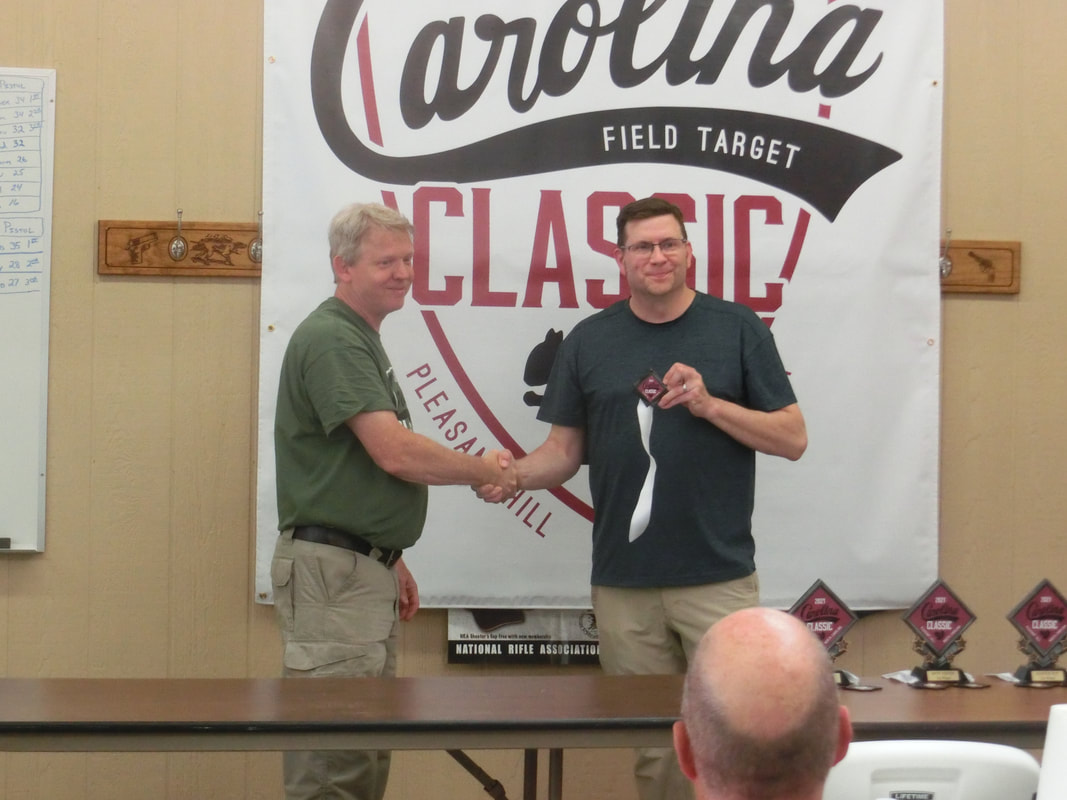
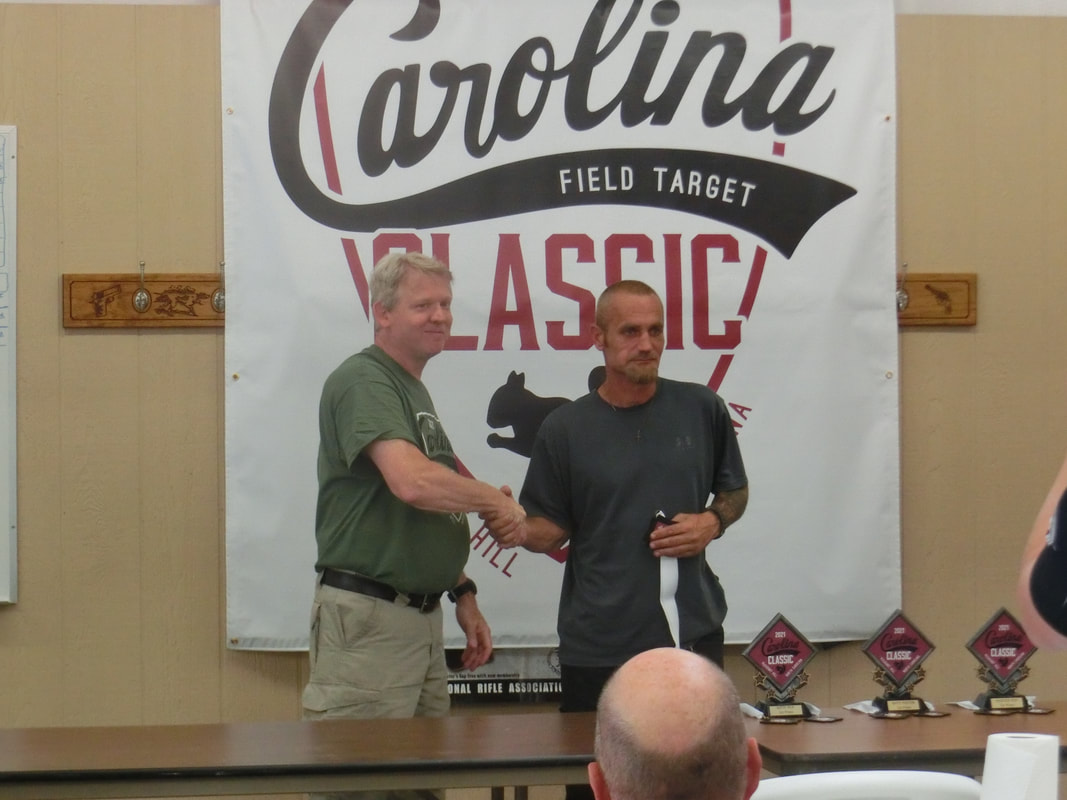
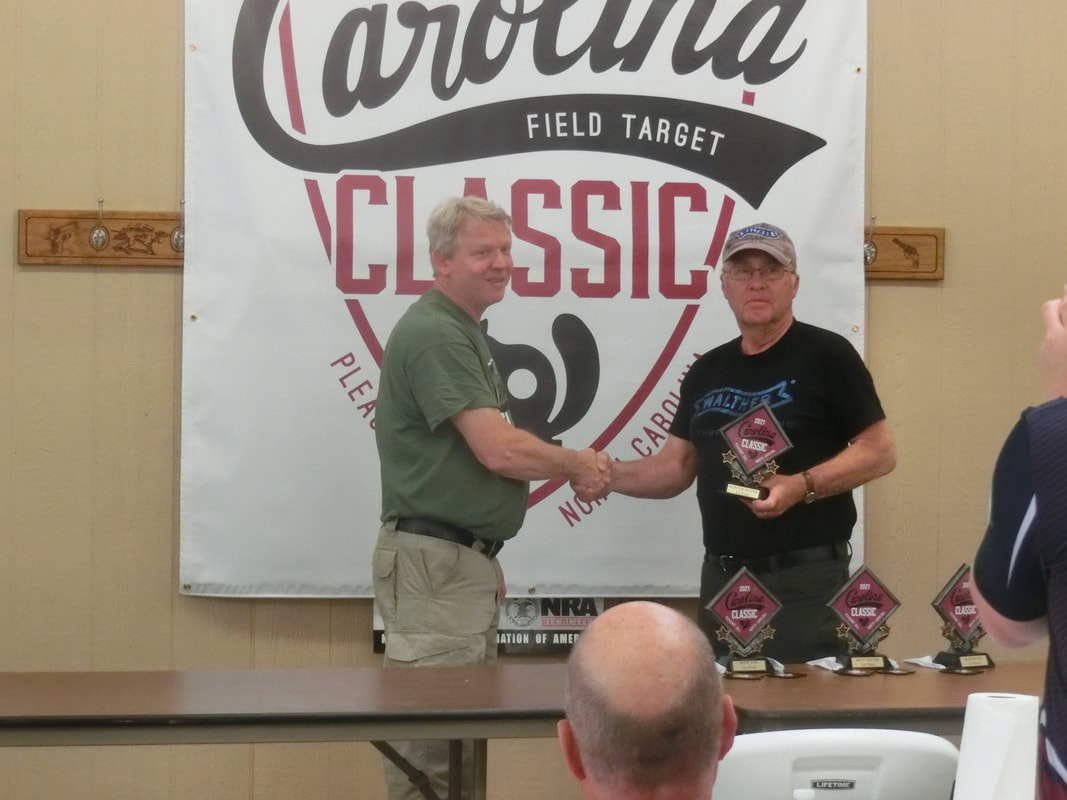
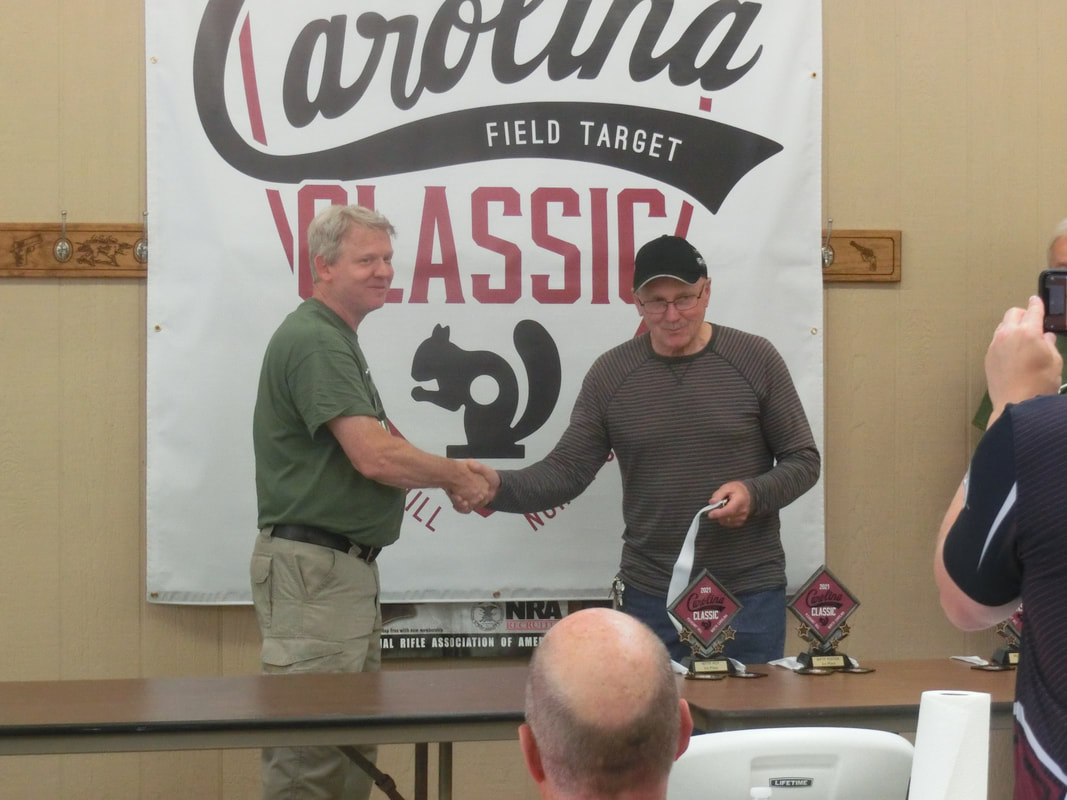
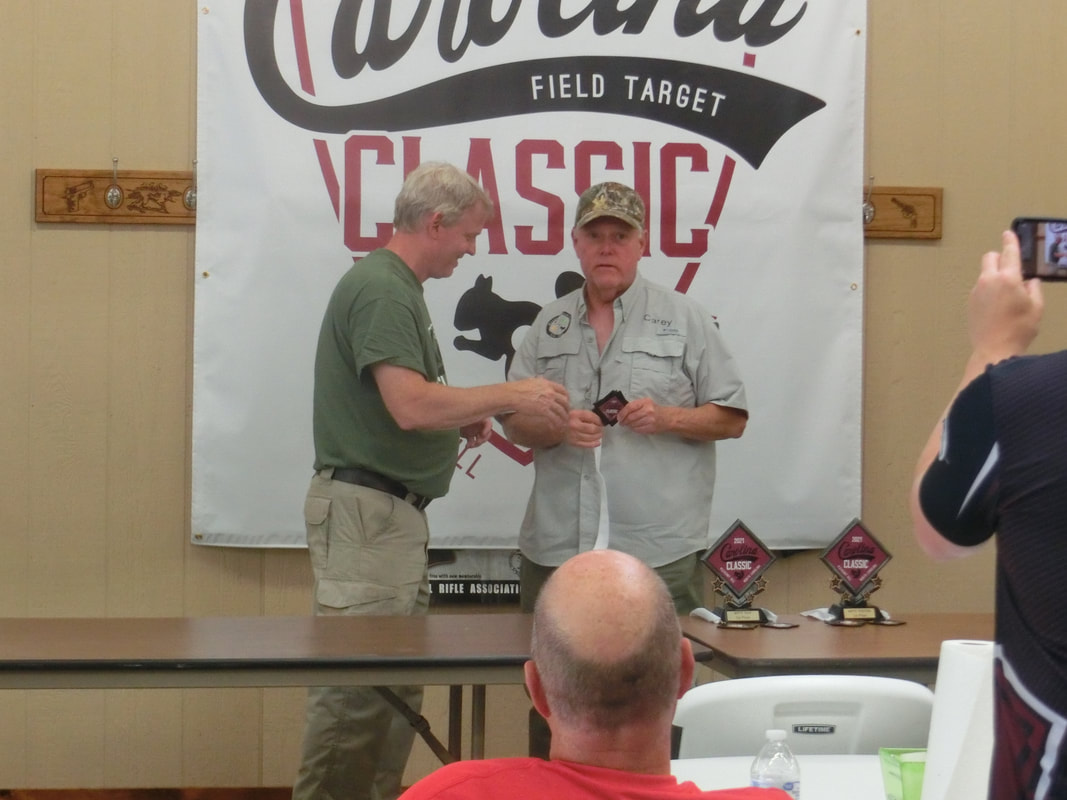
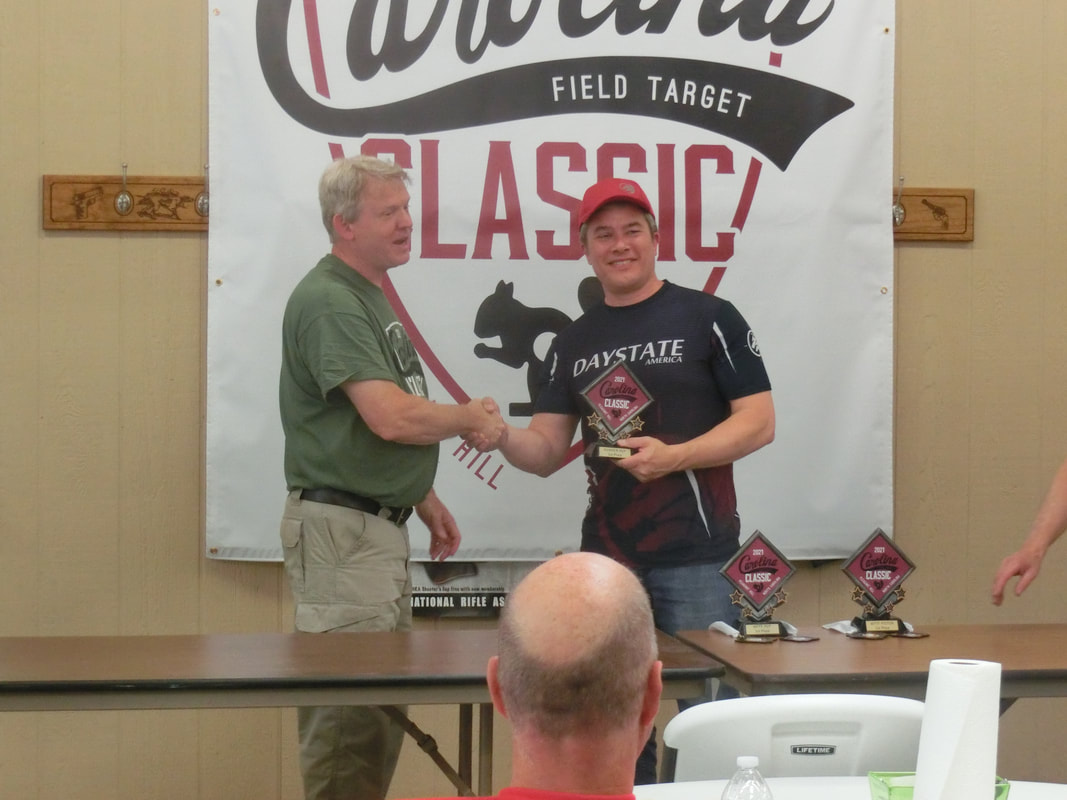
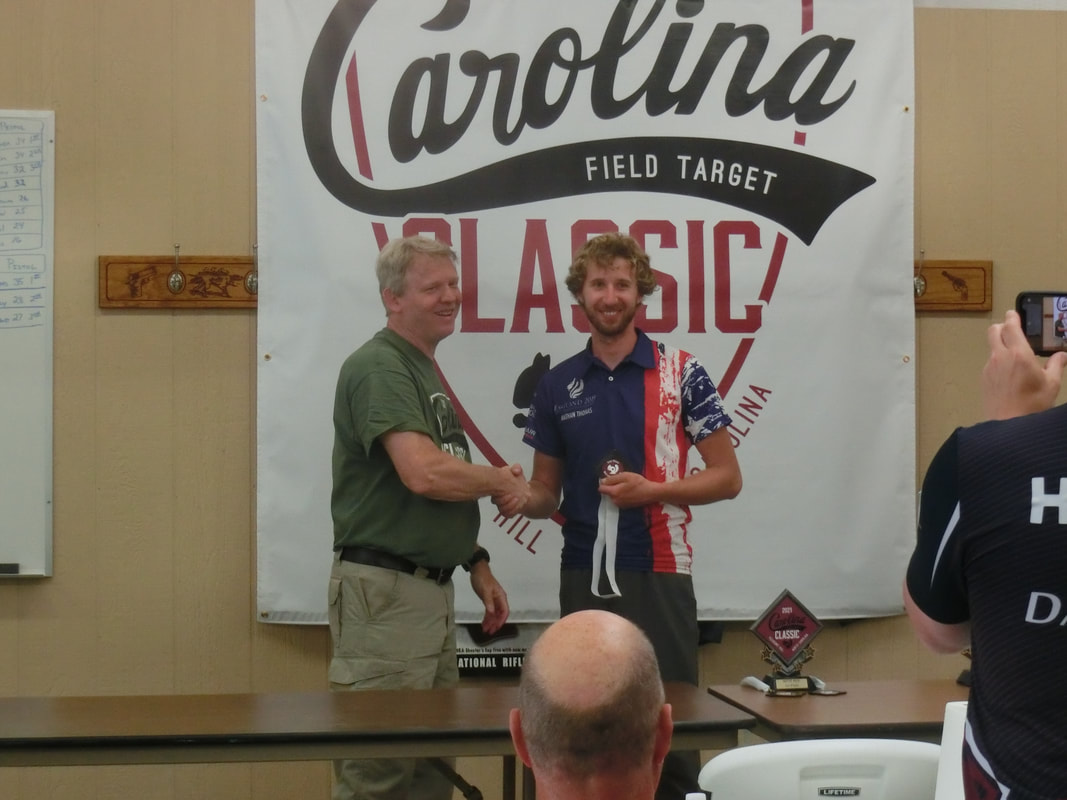
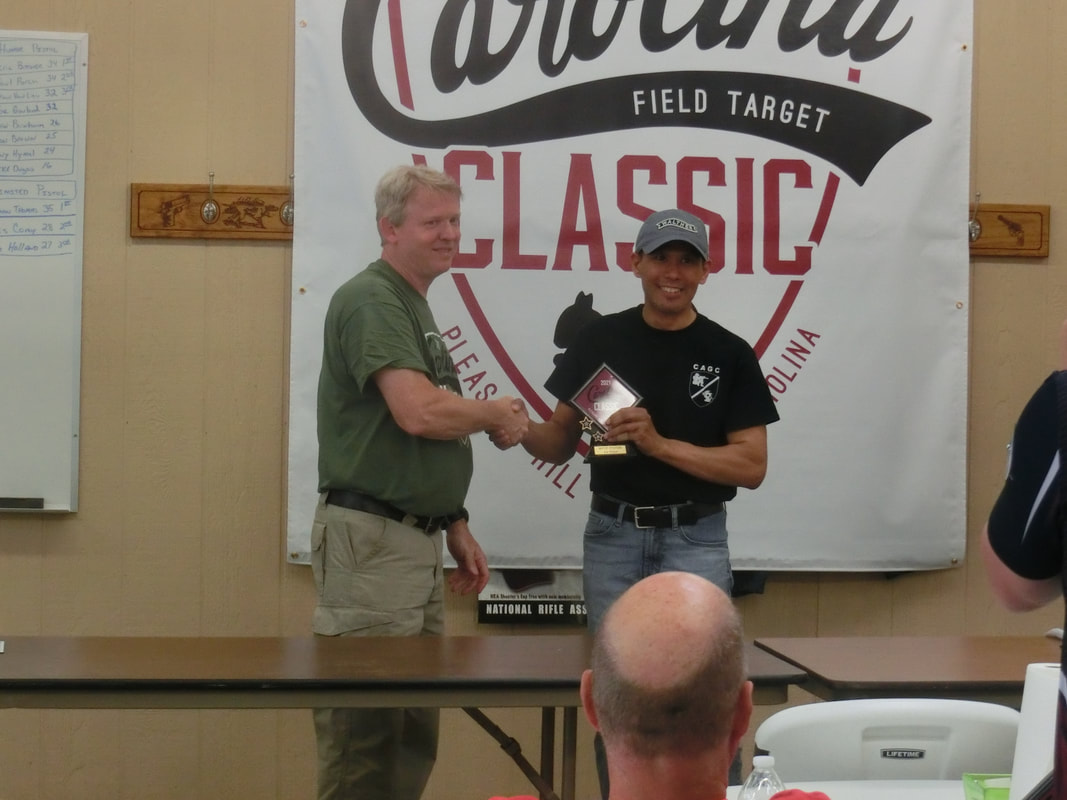
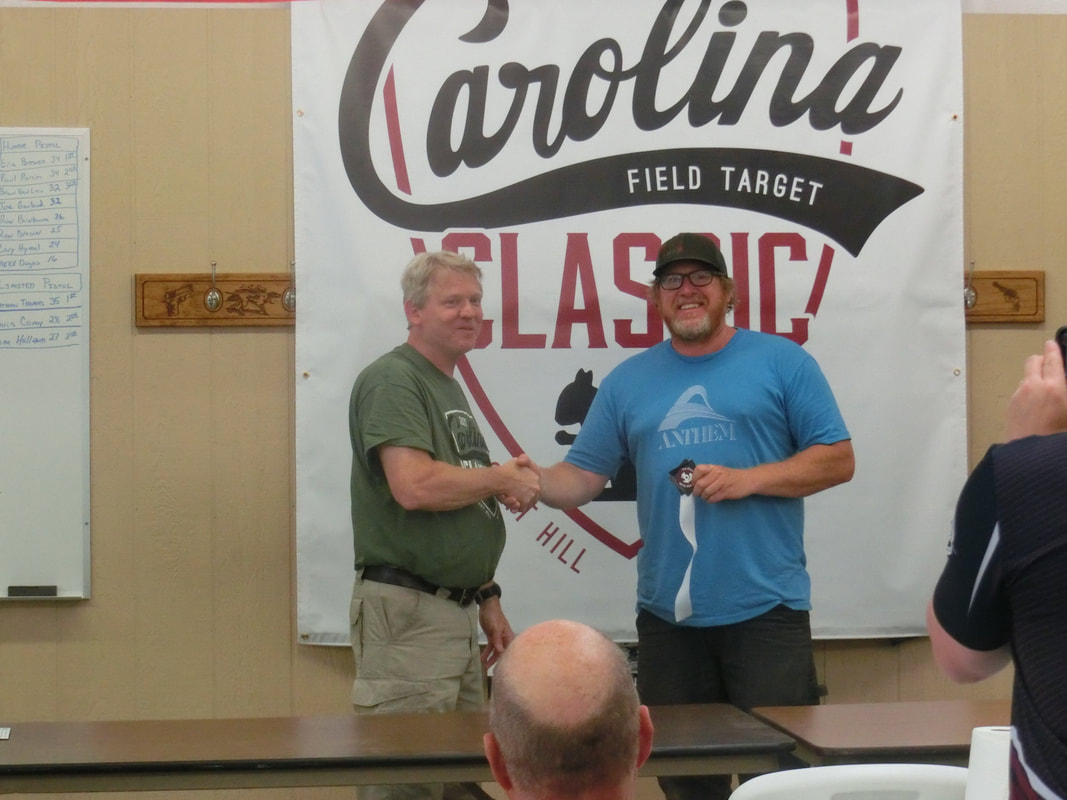
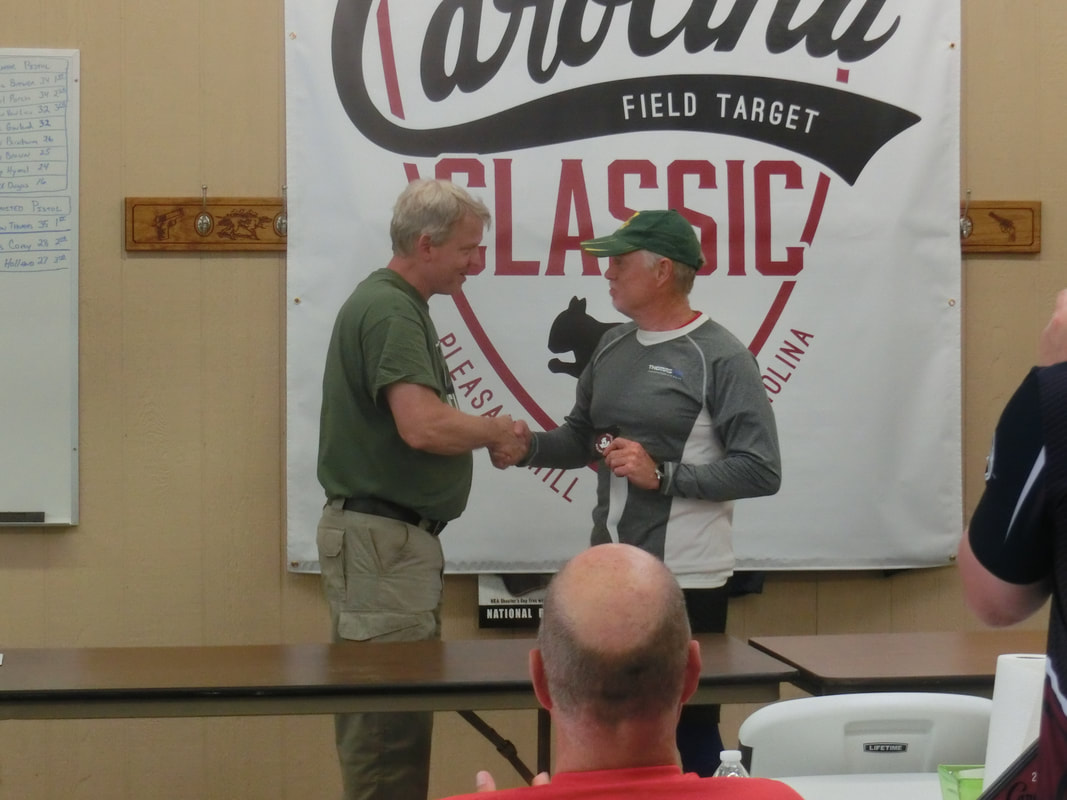
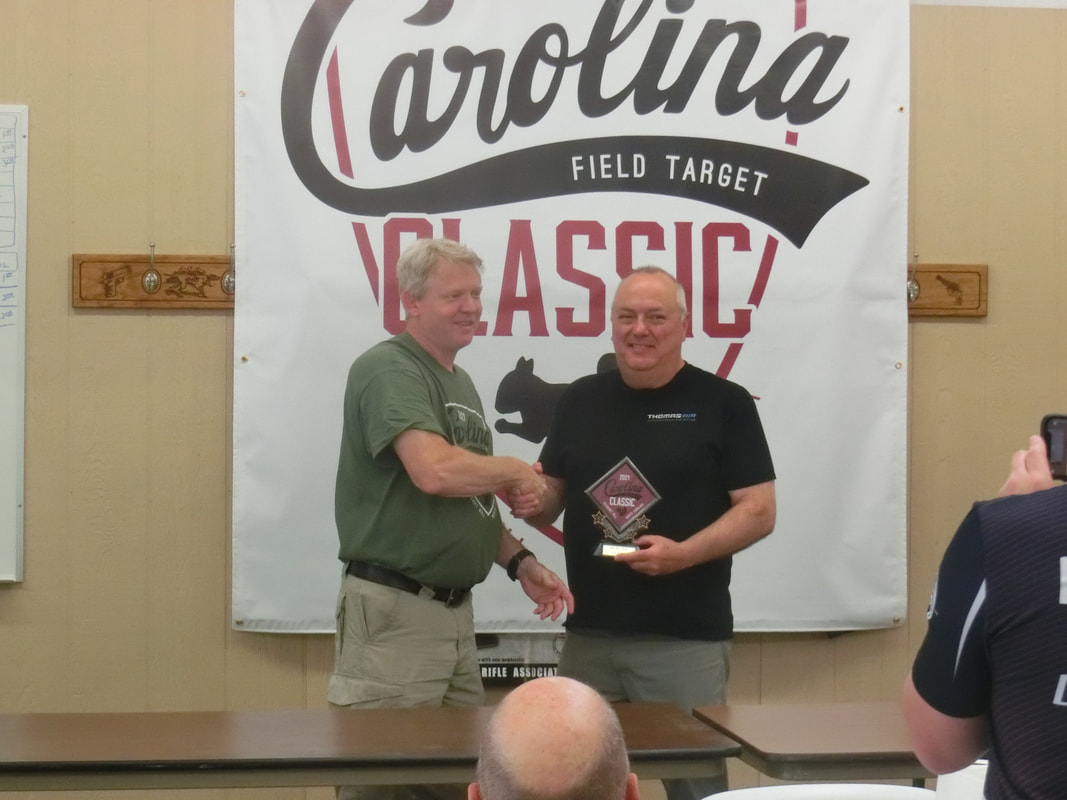
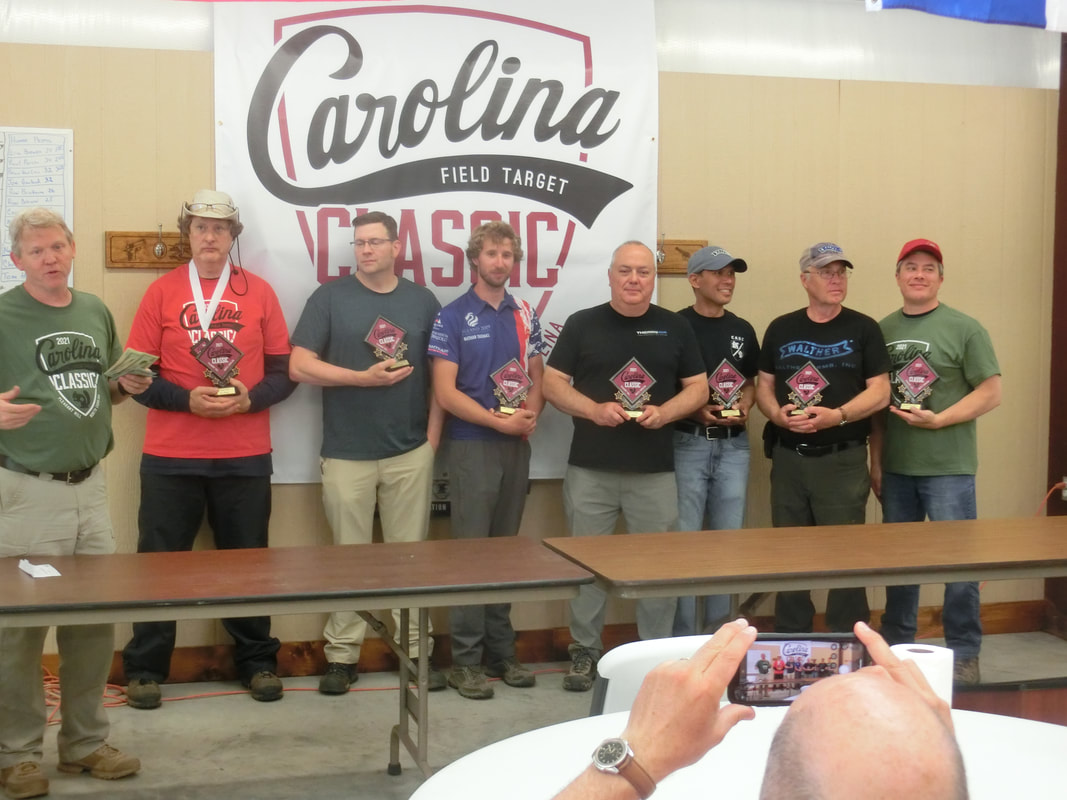
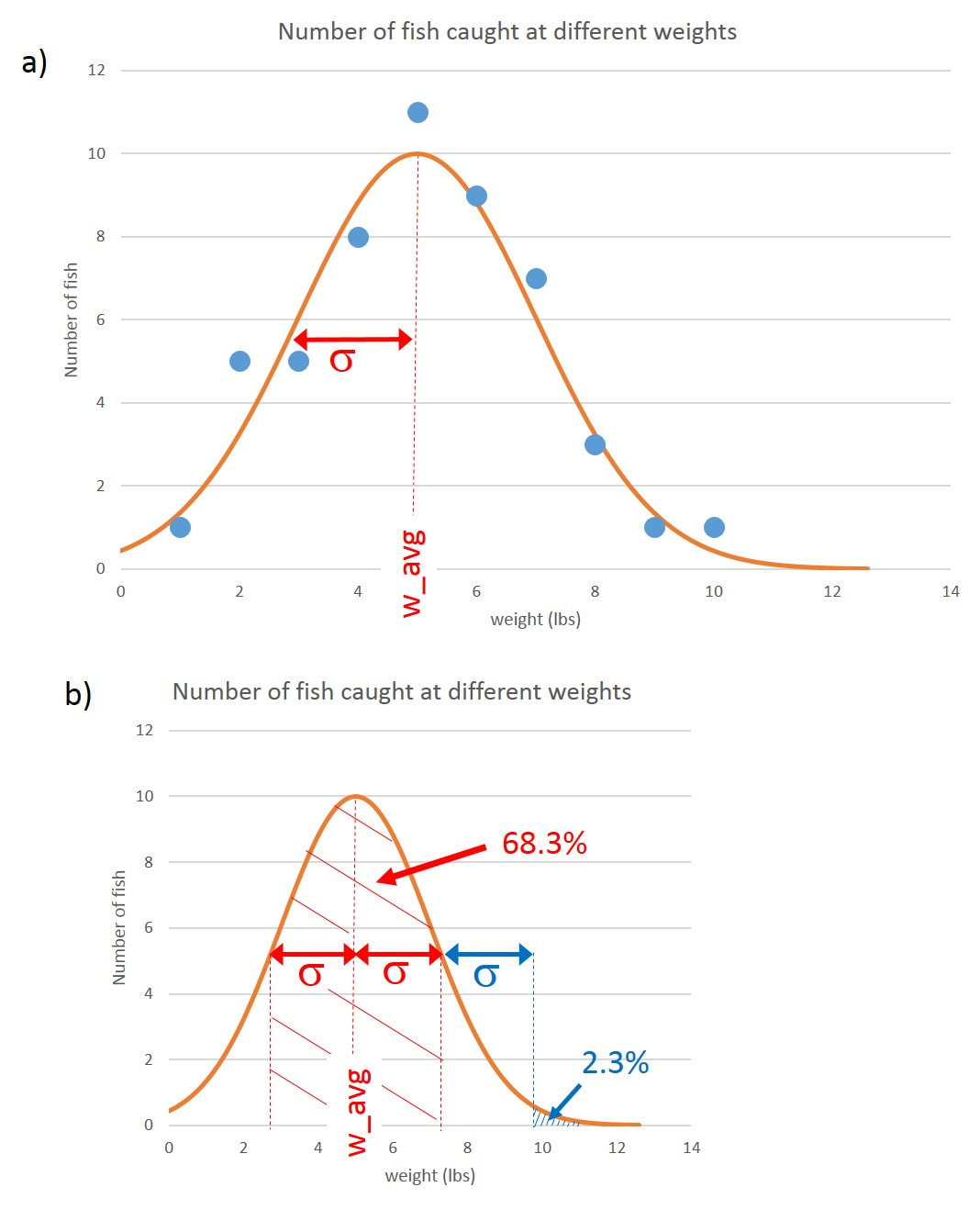
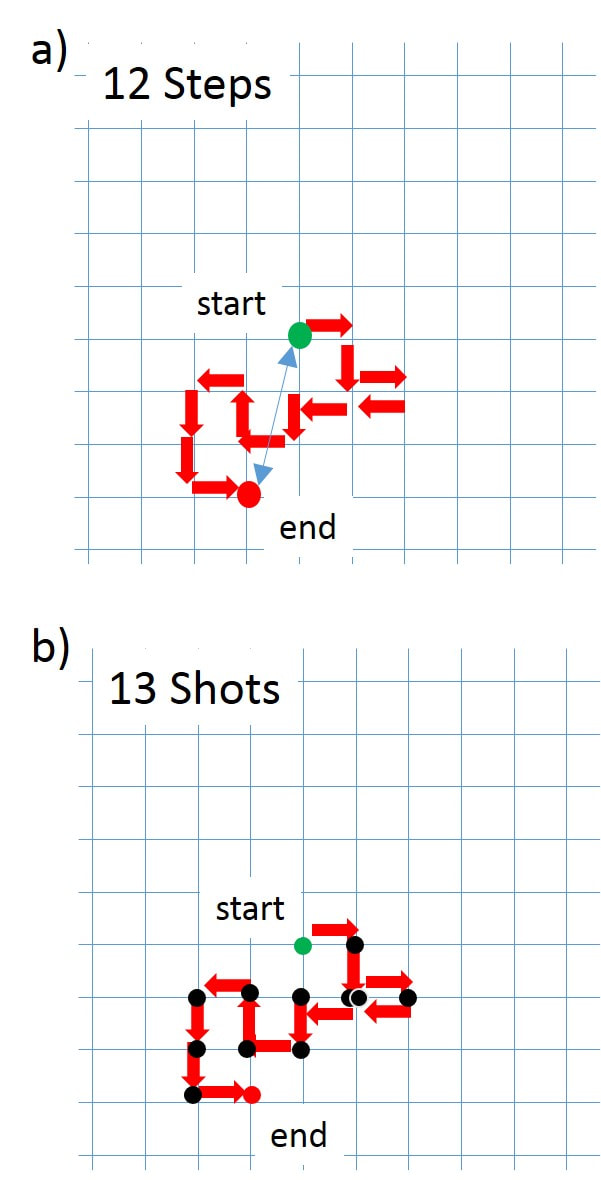
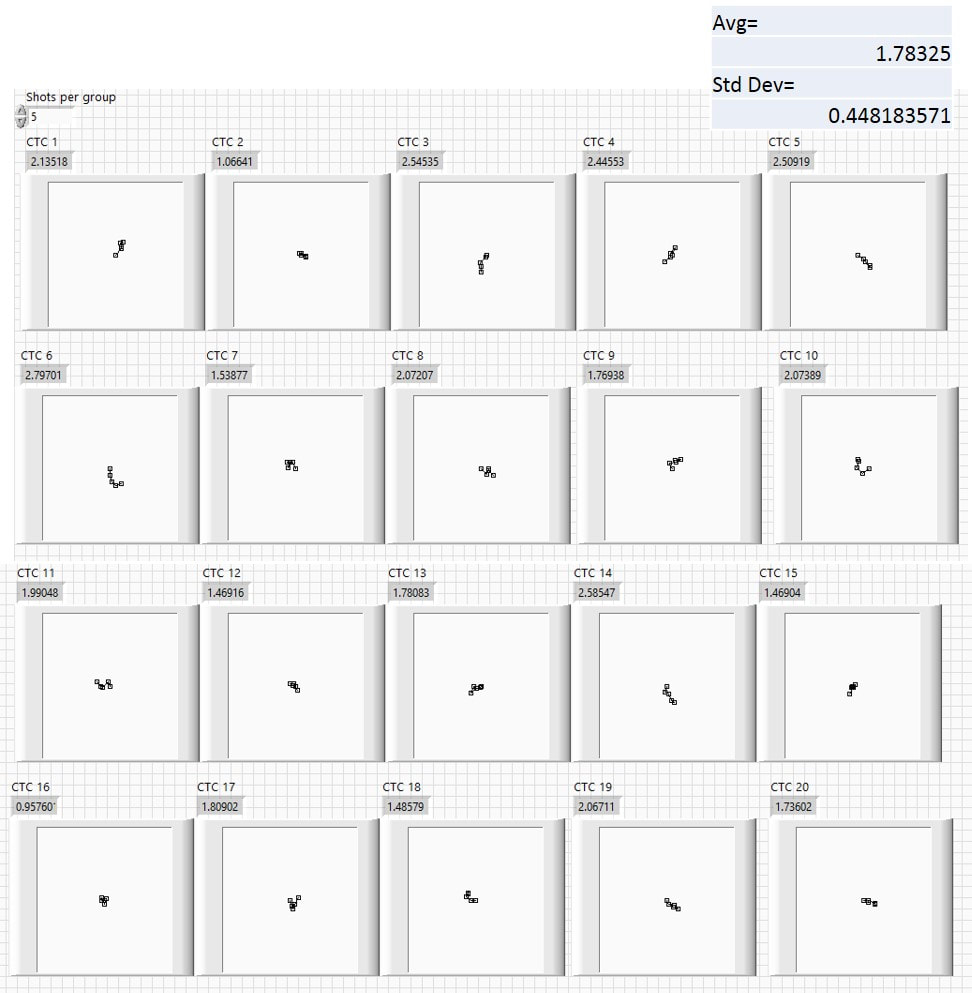
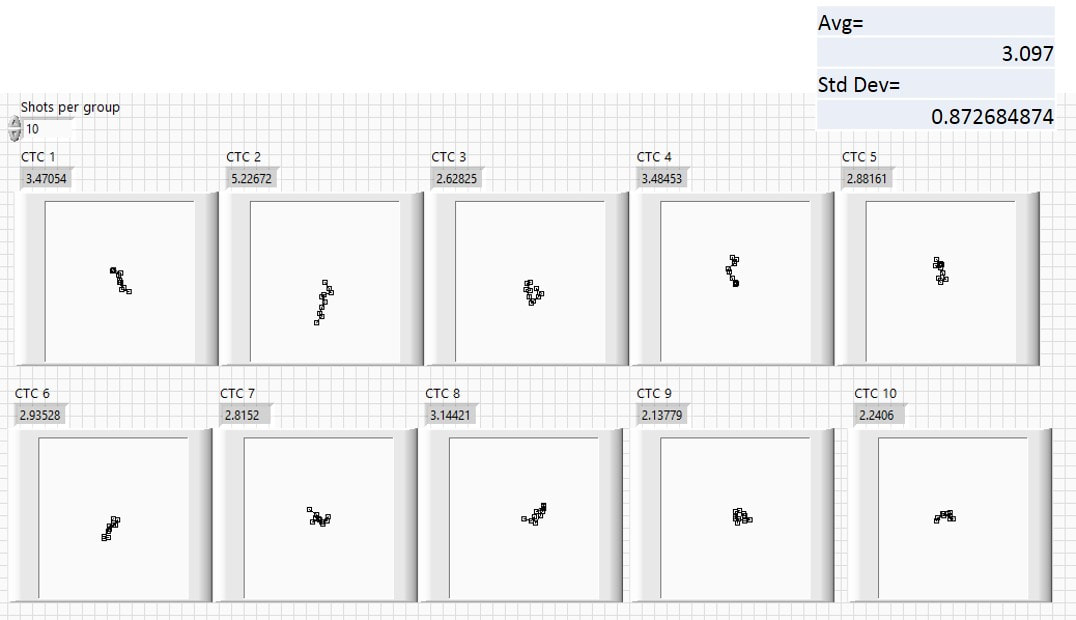
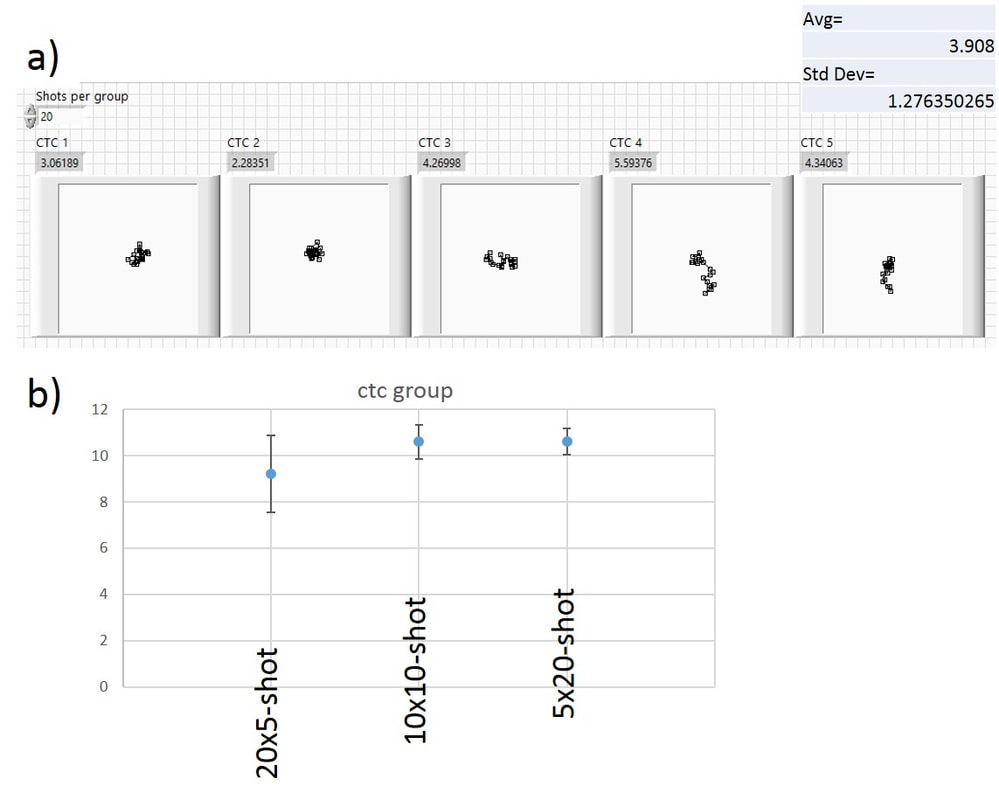
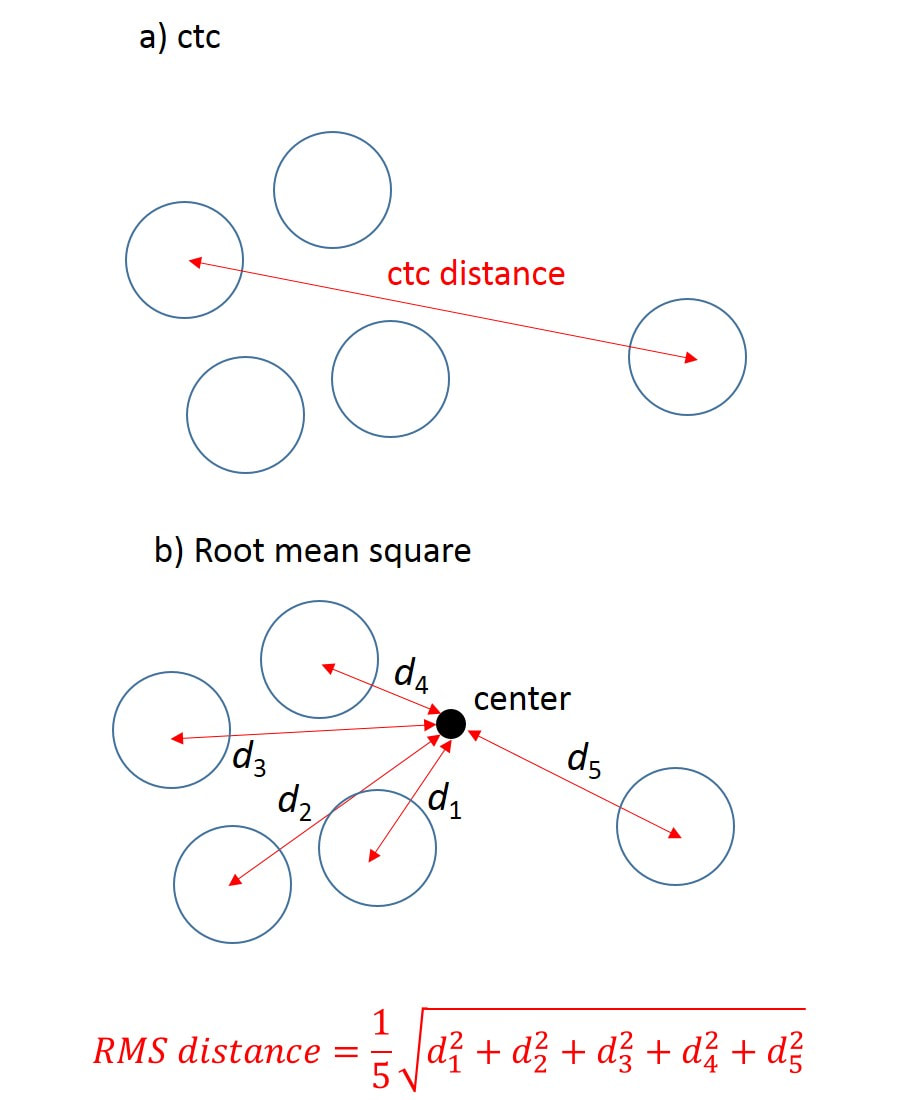
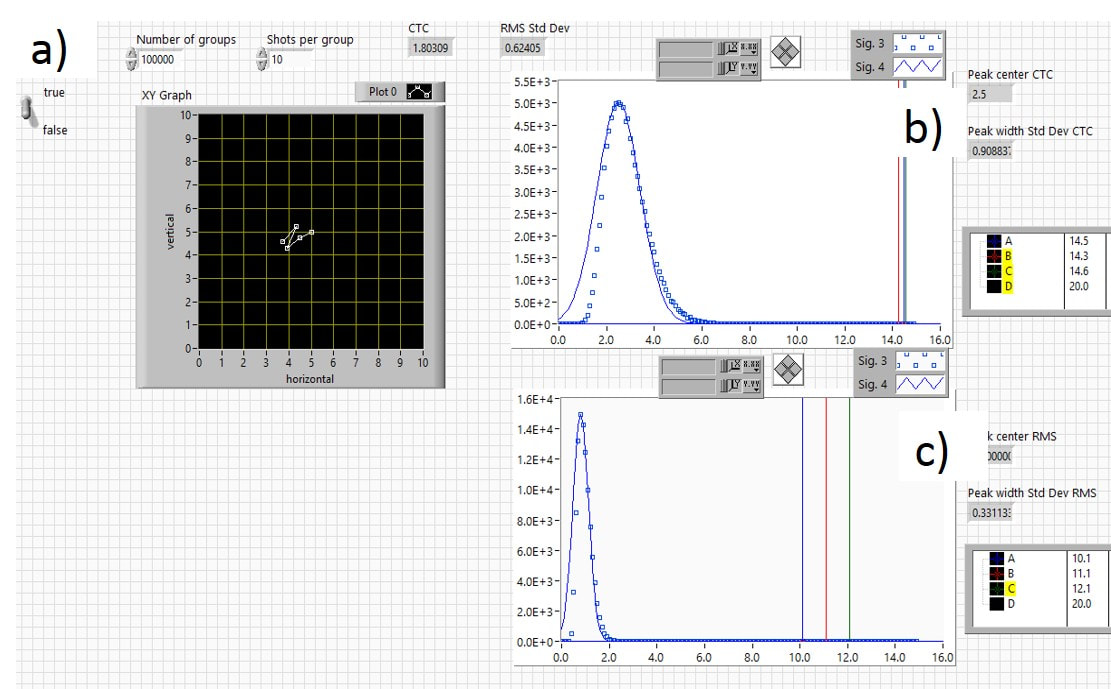
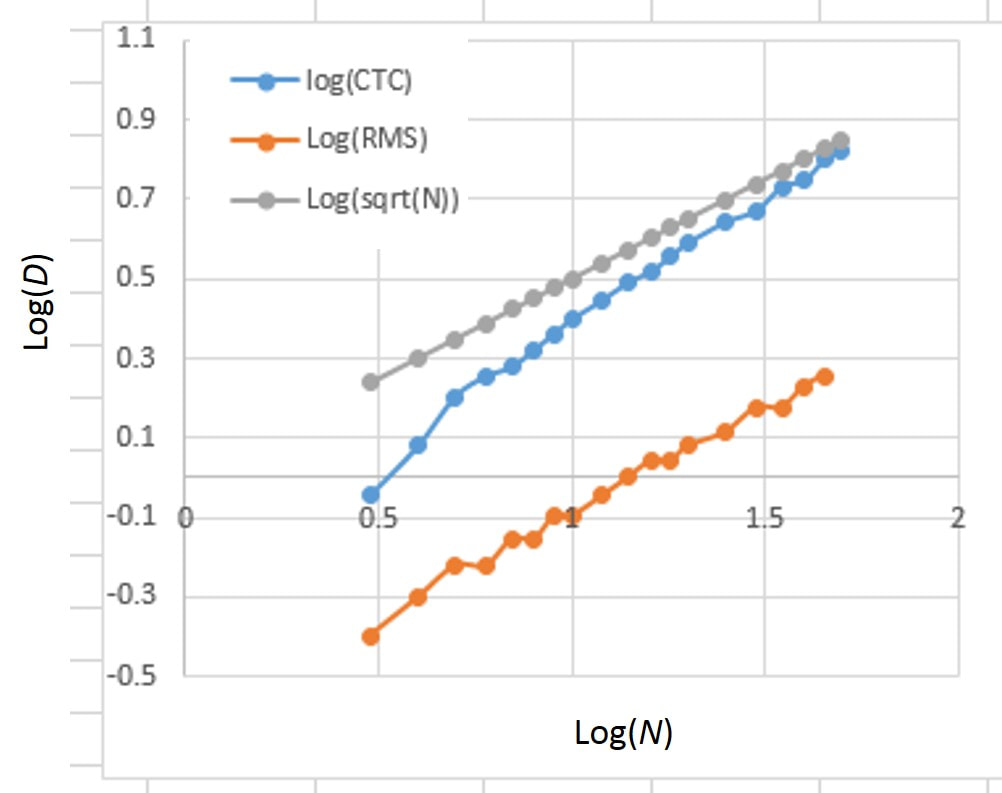
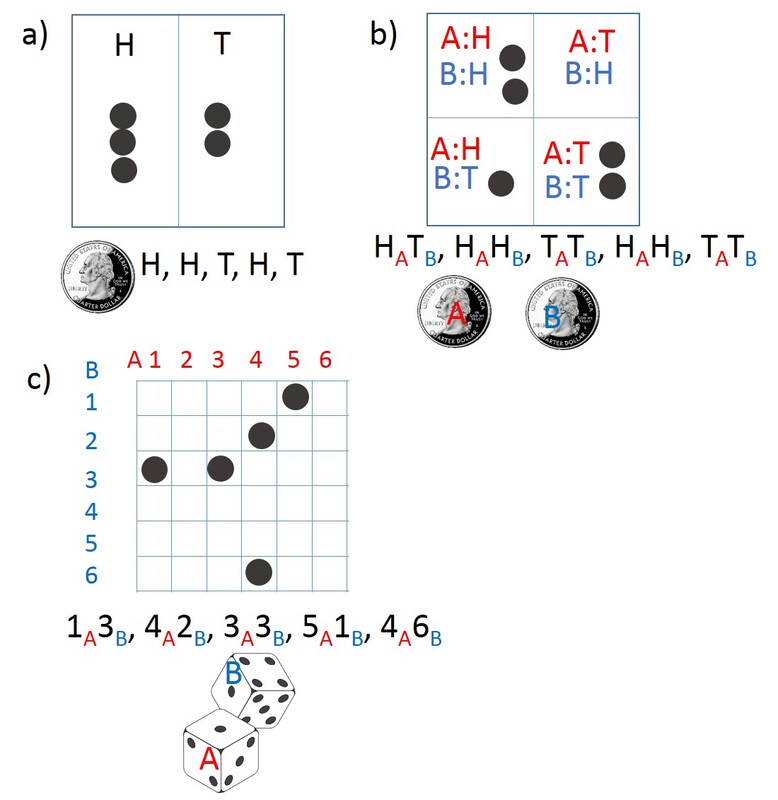
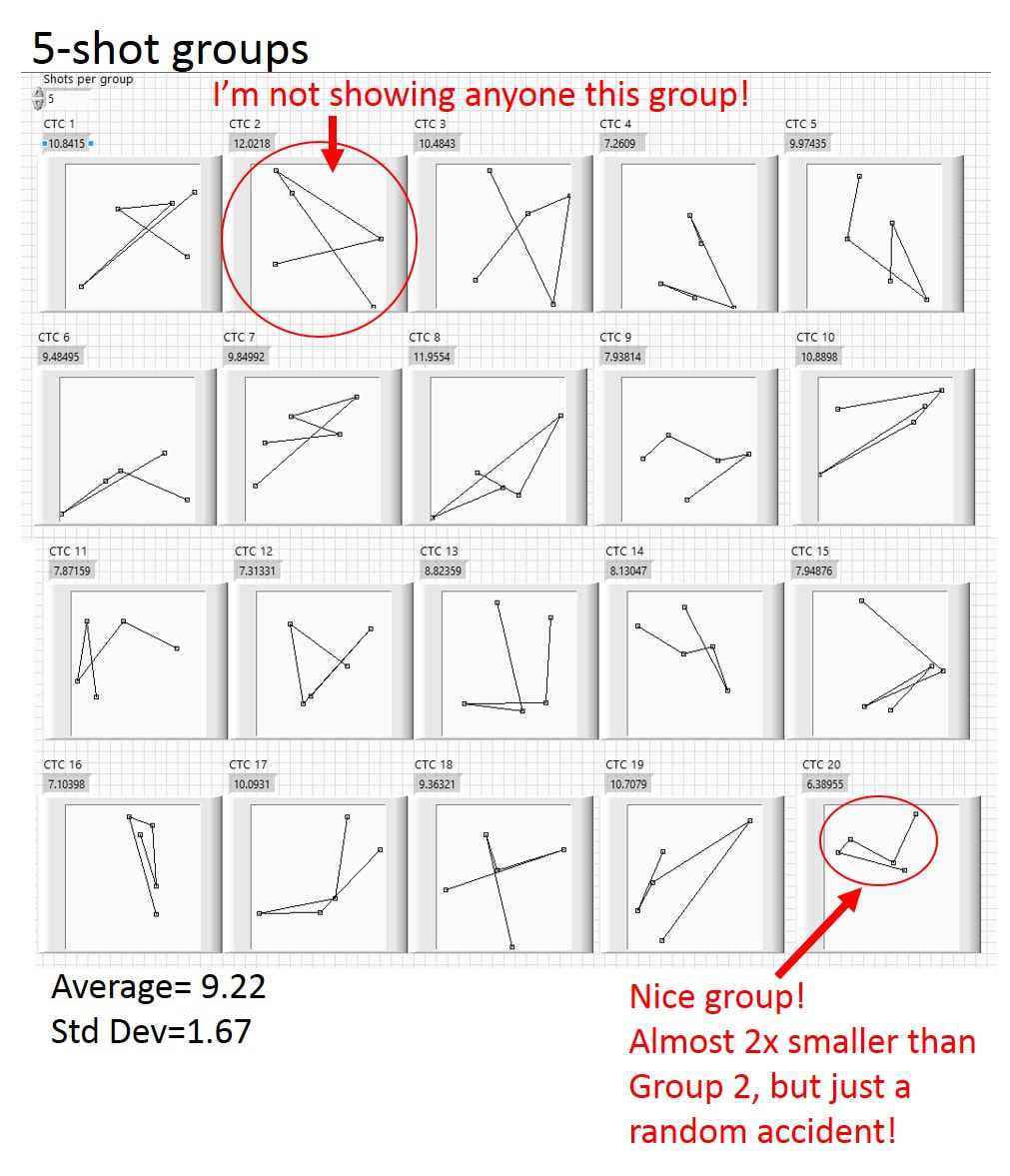
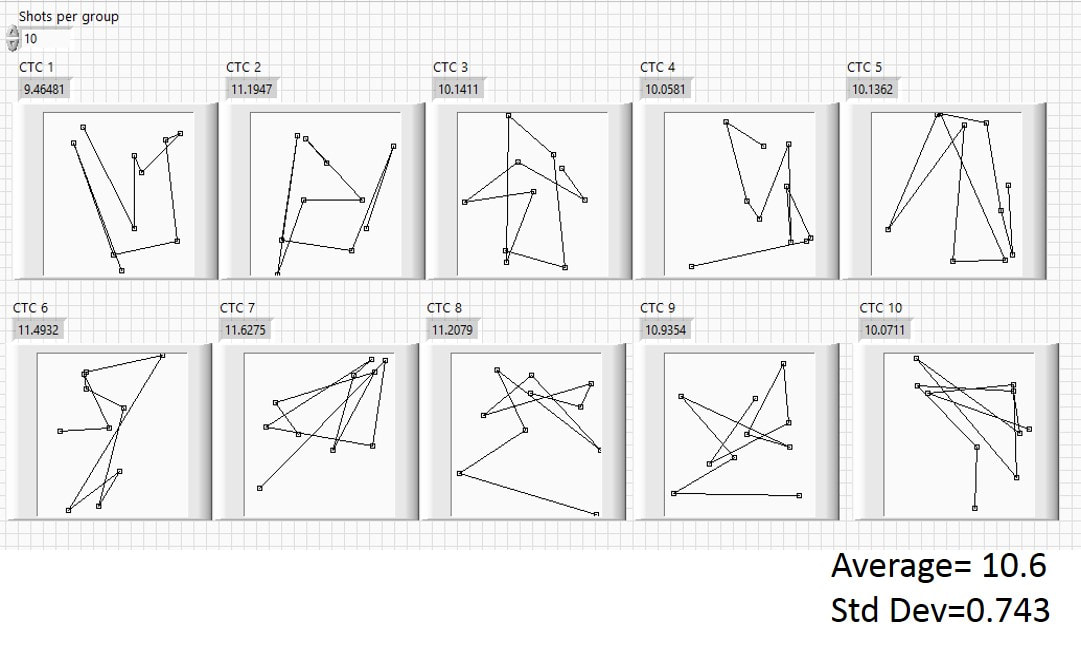
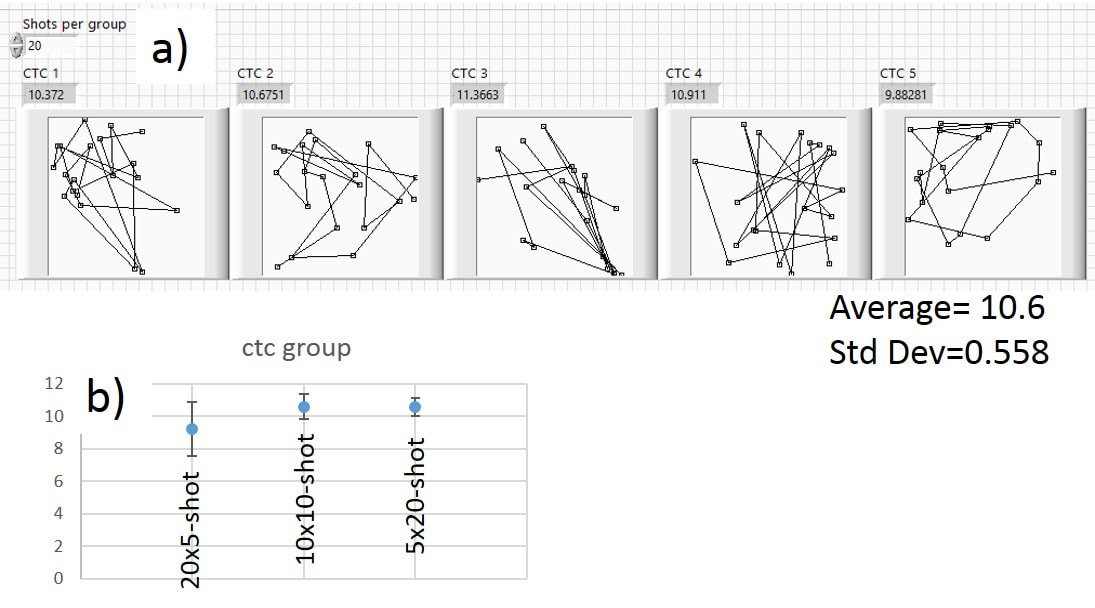
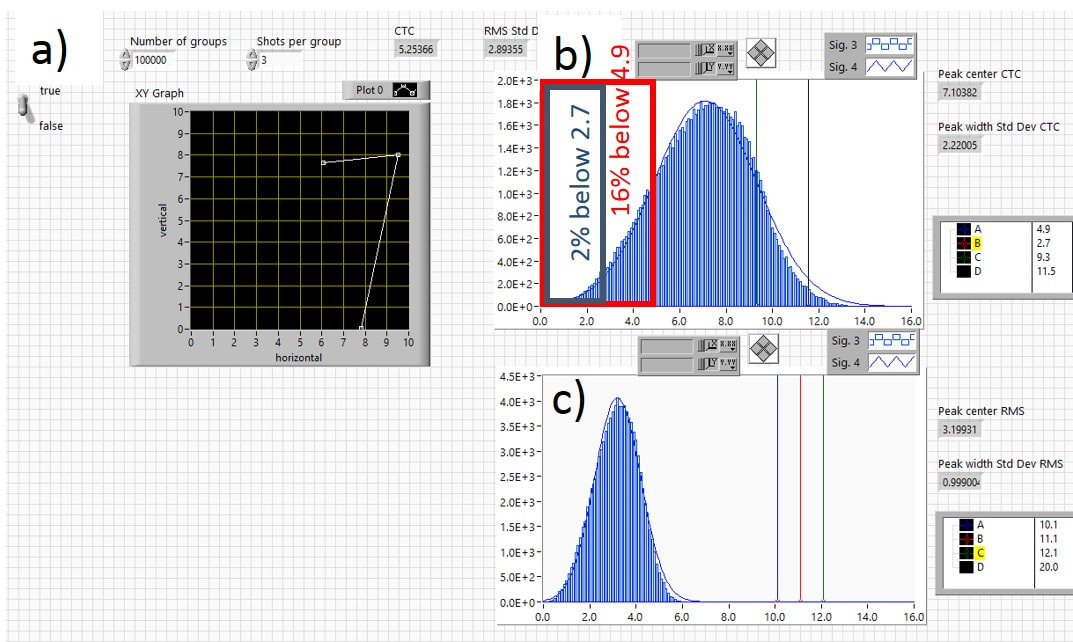
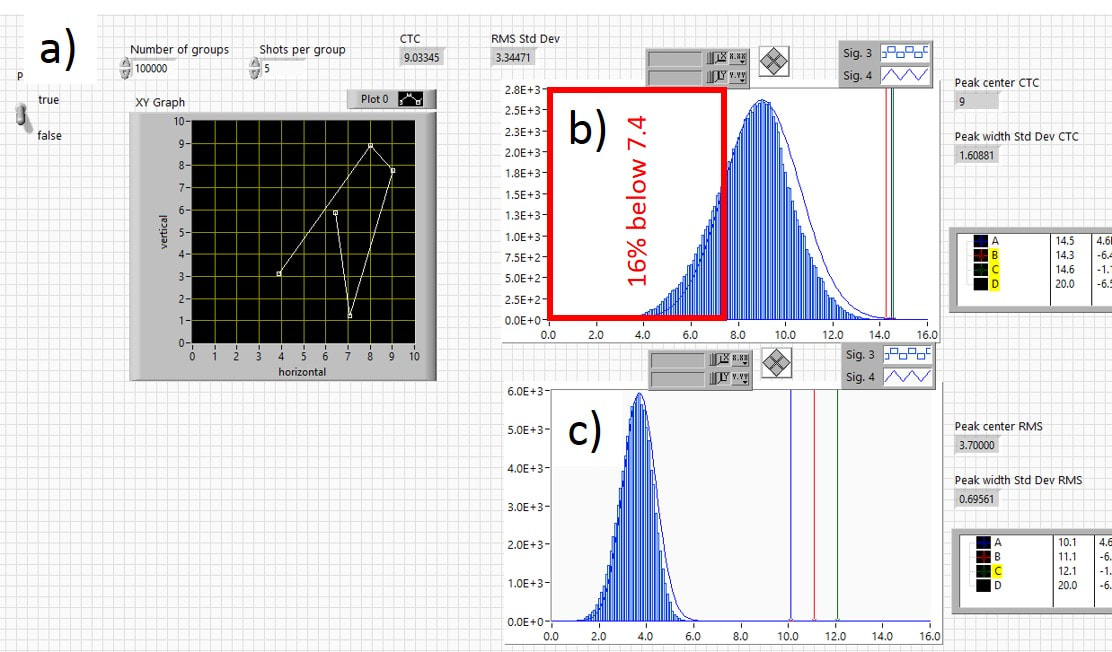
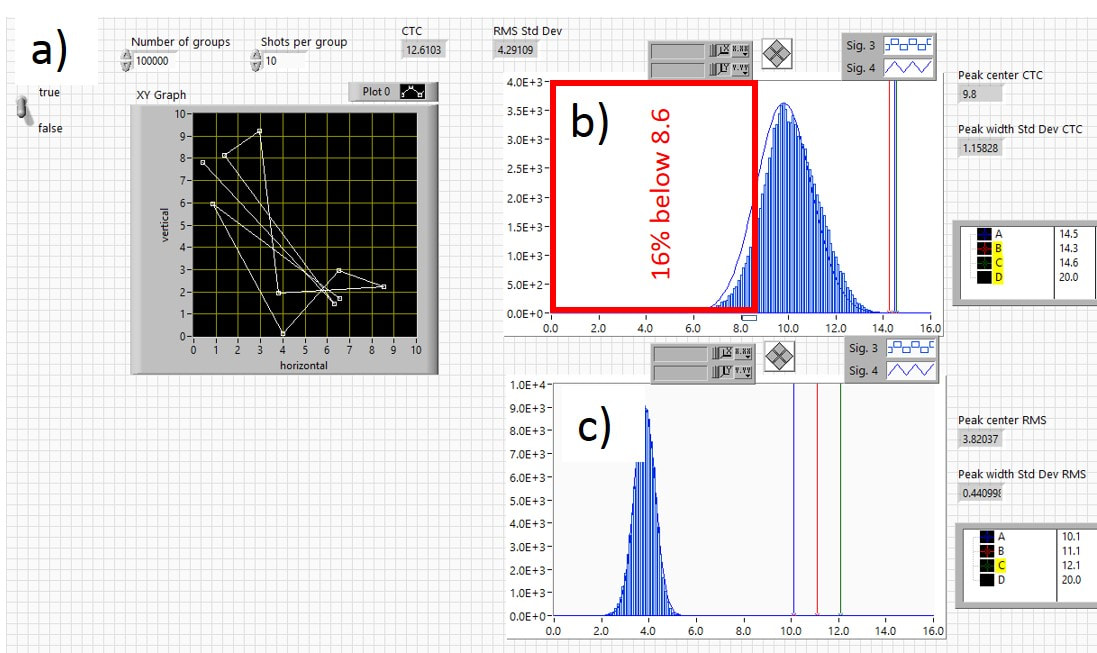
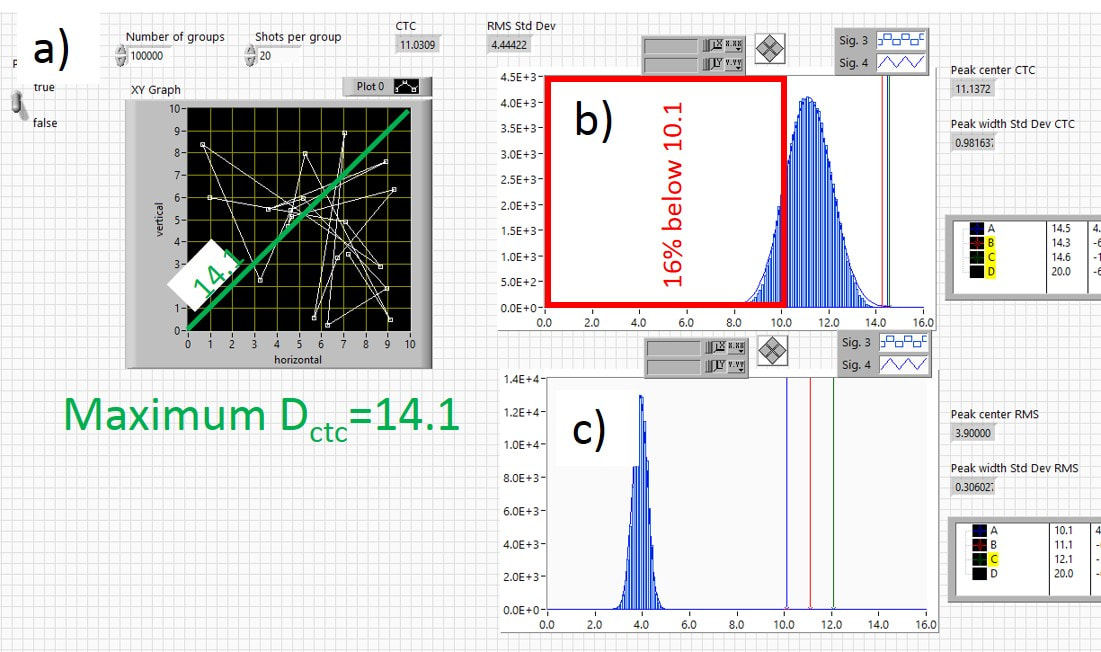
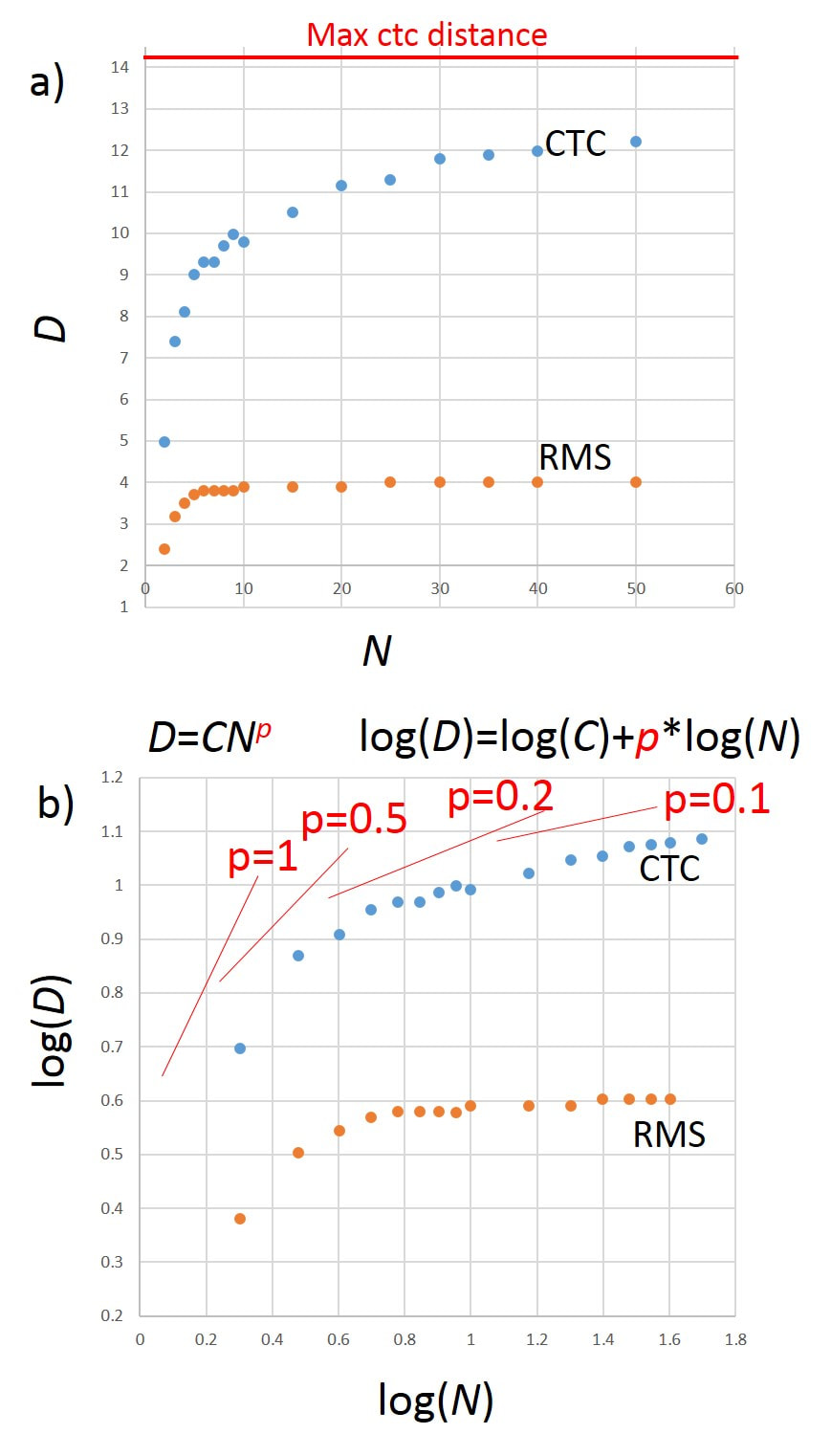
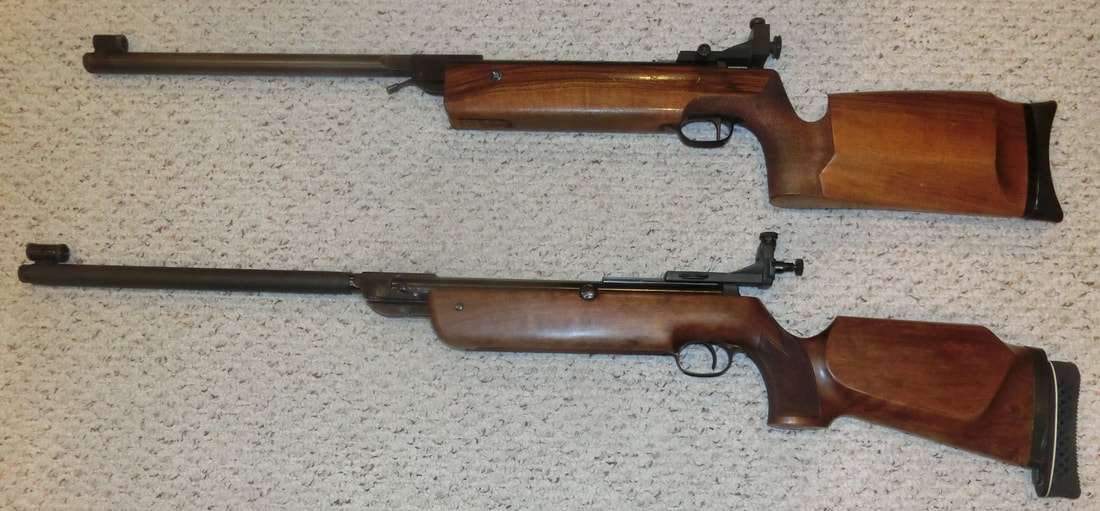
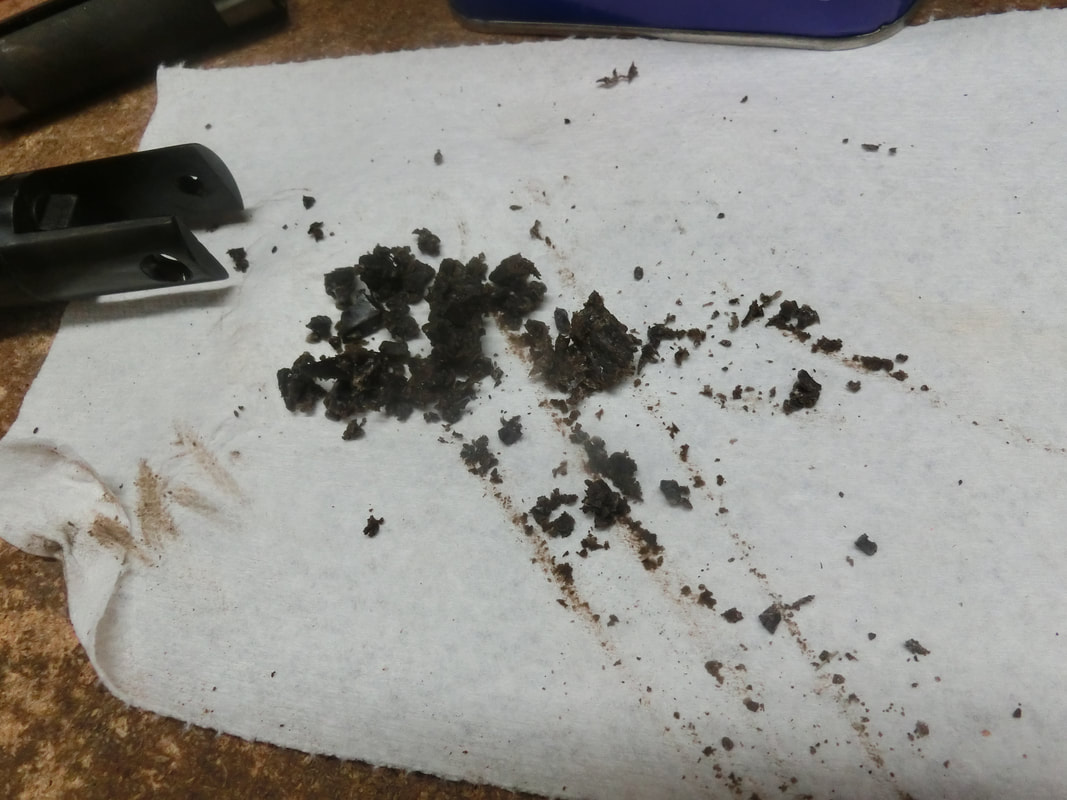
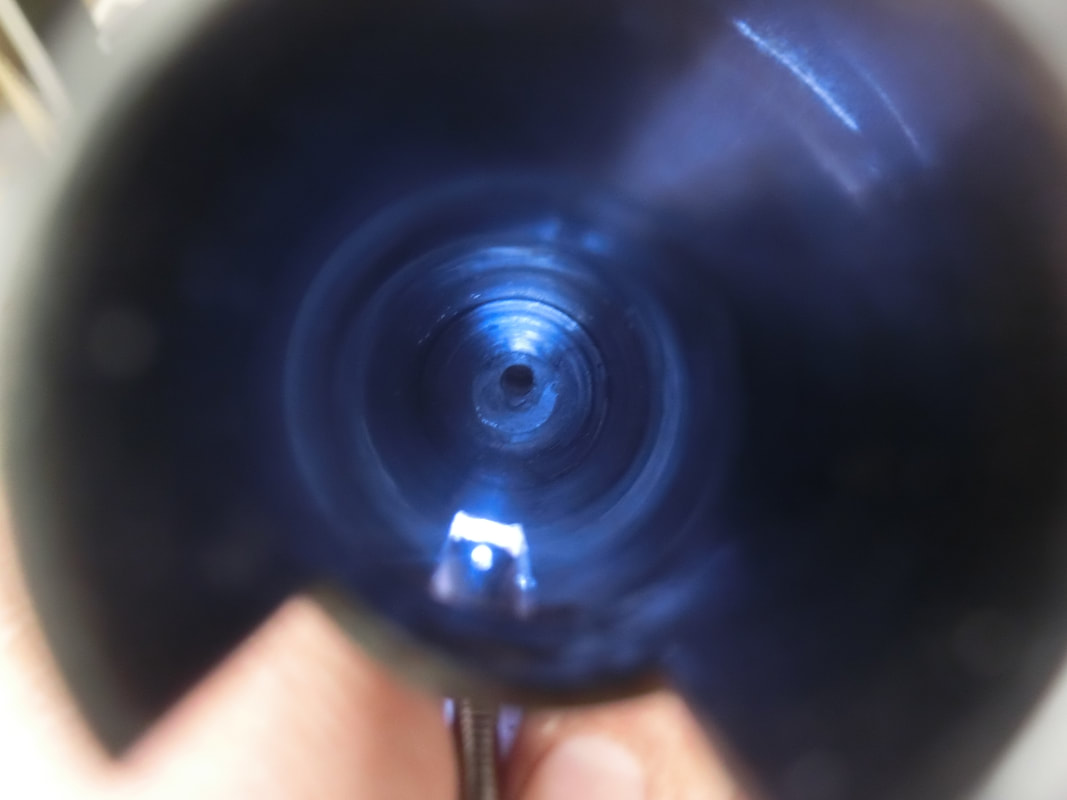
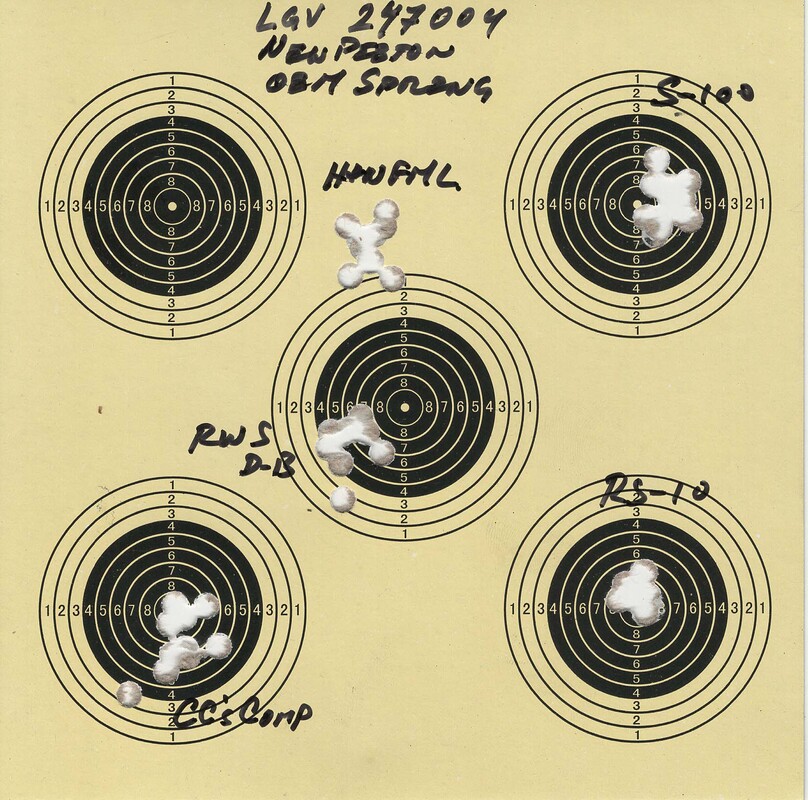
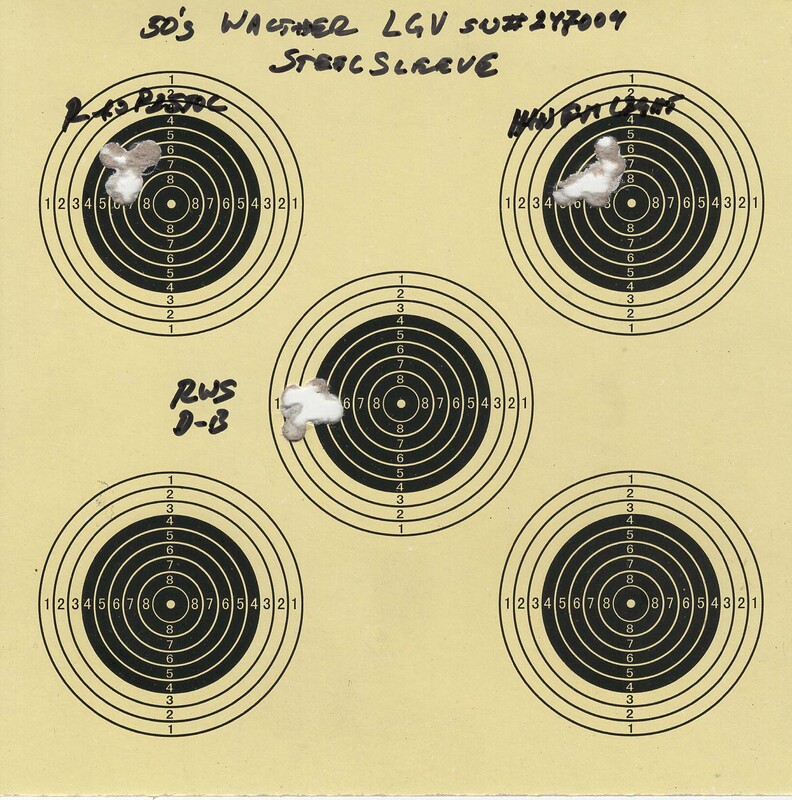
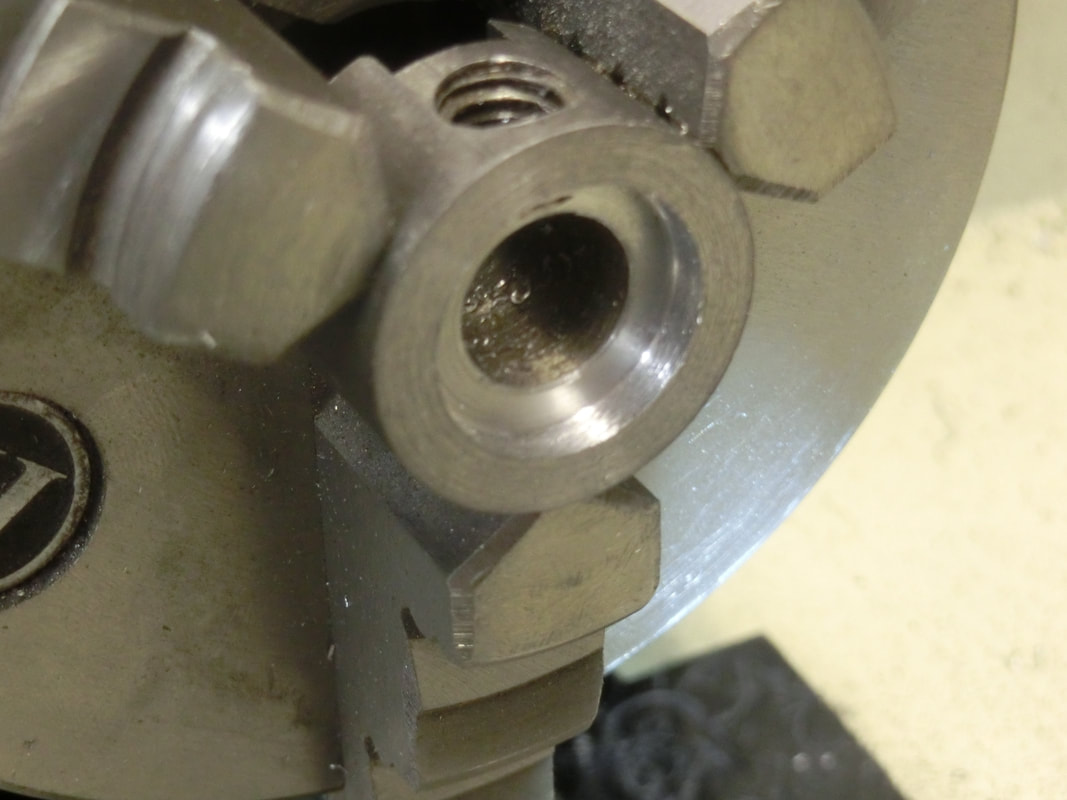
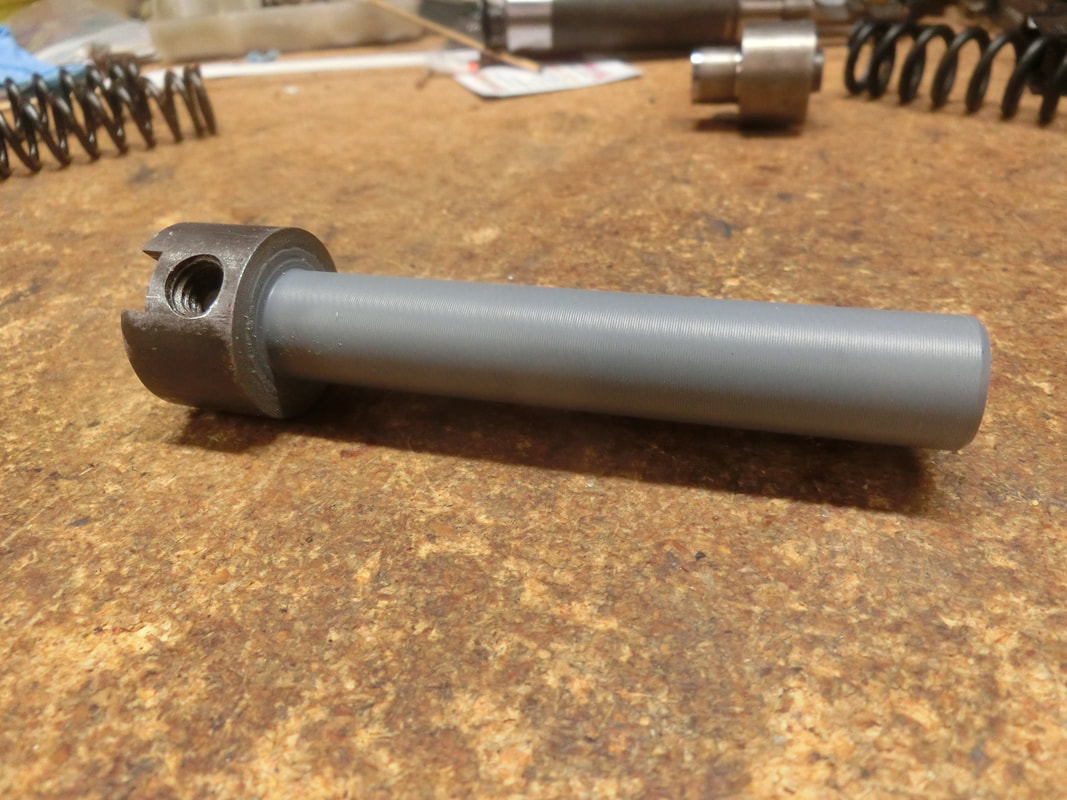
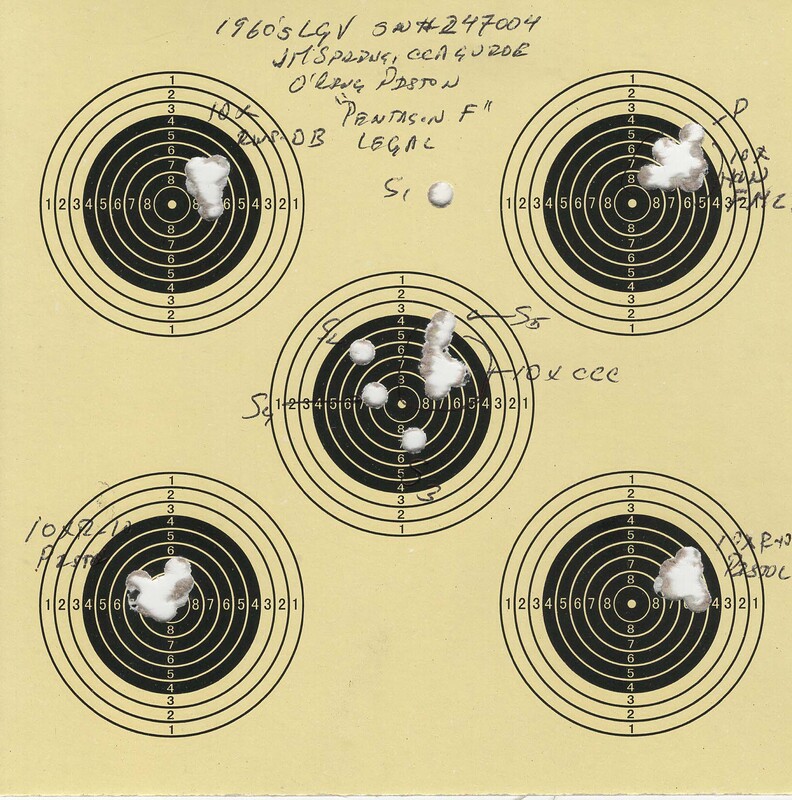
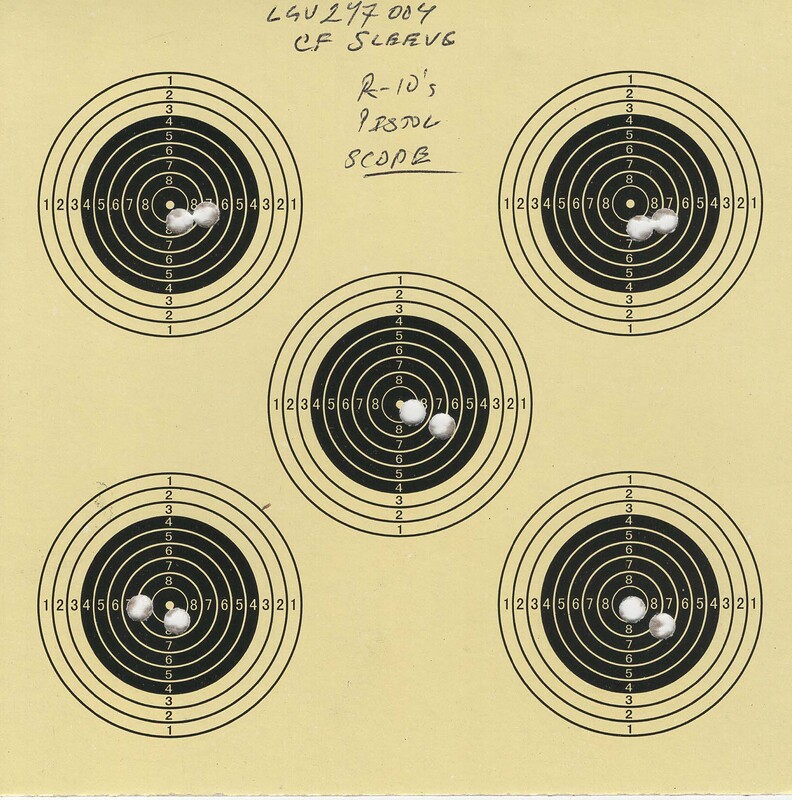
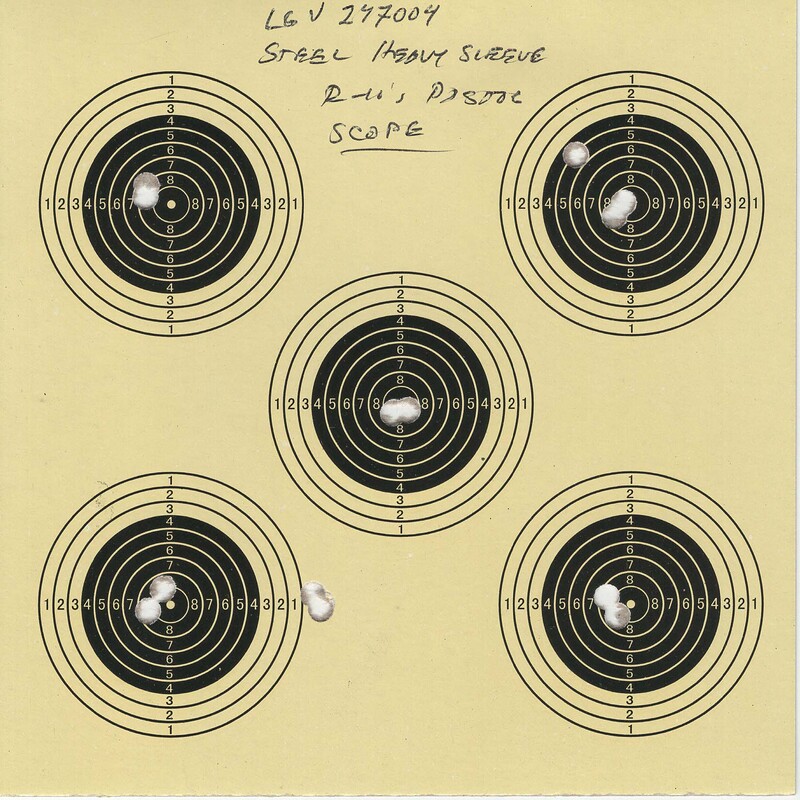
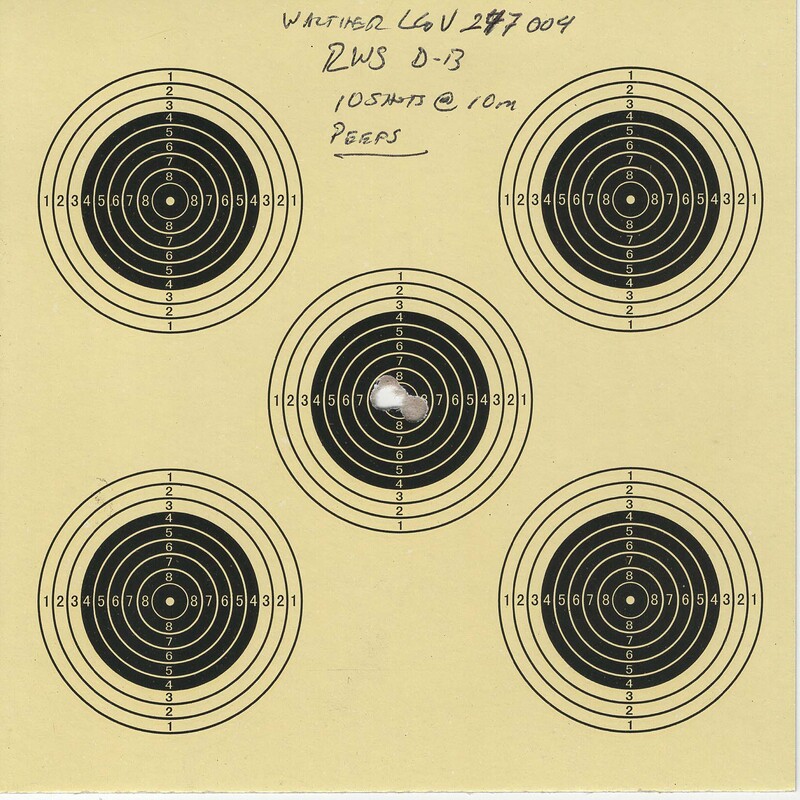
 RSS Feed
RSS Feed